
Trek Planner Maps
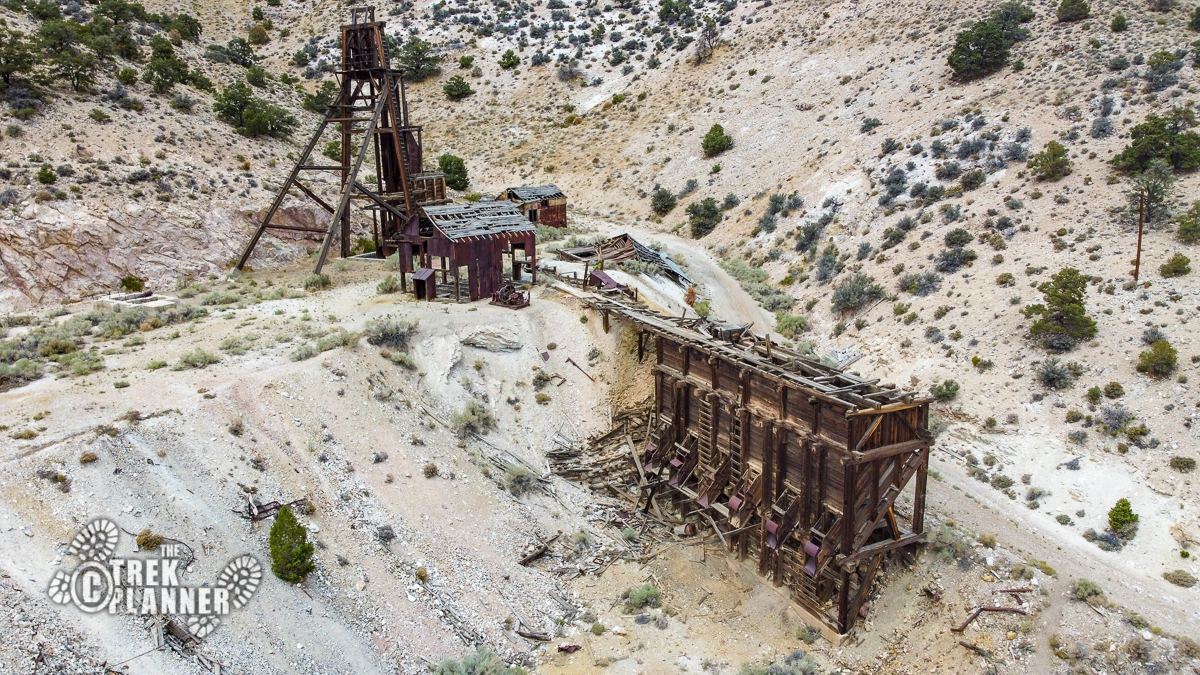
Kilns: 38.46075, -113.26282
Cemetery: 38.4509, -113.26875

Experience. Discover. Explore.
Follow along on our adventure then go out on your own!





This trek compiles information regarding the Frisco ghost town and also the Horn Silver mine located west of Milford Utah.
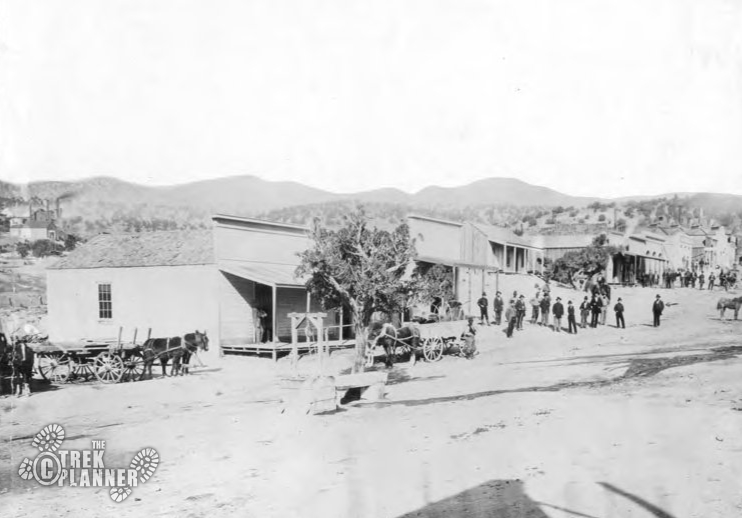
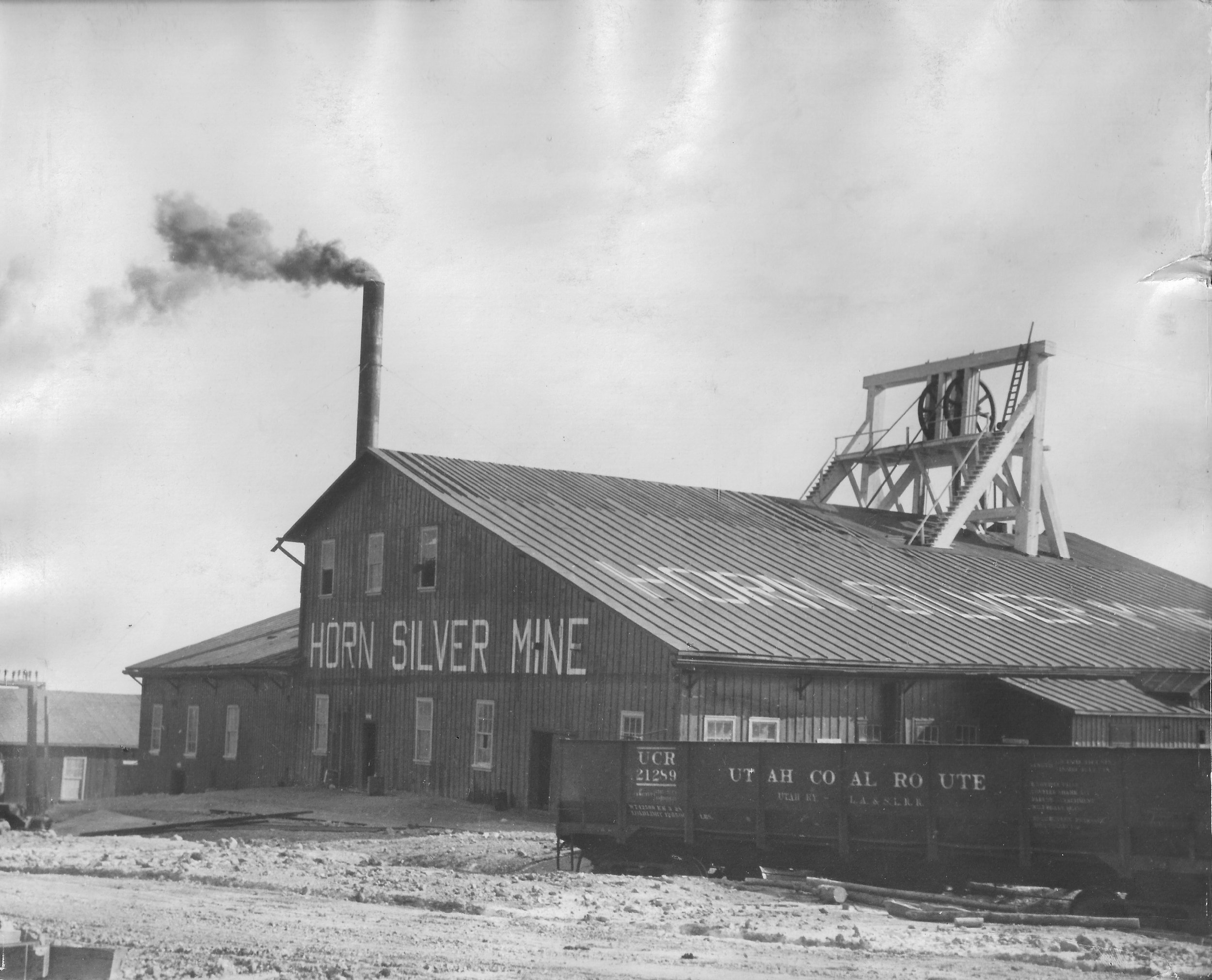


Enjoy this video tour of Frisco and the Horn Silver Mine
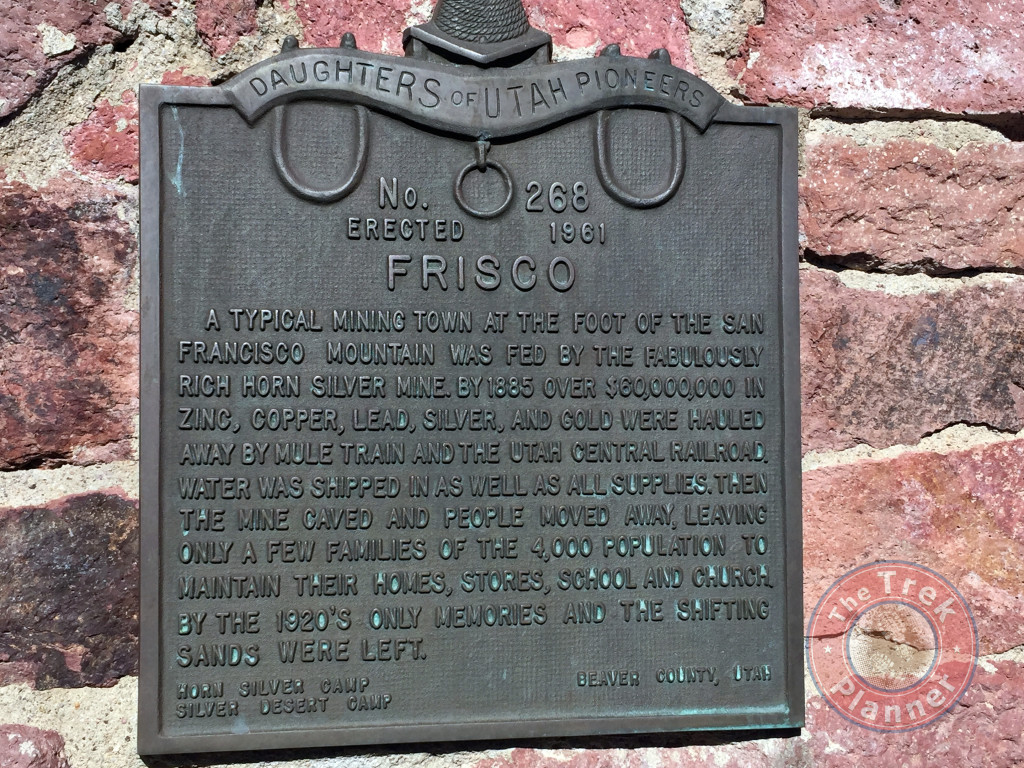
Note: There is now clear signage stating that the Horn Silver mining area including the King David Shaft are on private property. Do not trespass! (When I visited years ago, there was not any signage or fencing or anything).
Do not enter any mines and structures. If you do, you enter at your own risk.
Frisco was once a large and wild mining city with close to 6,000 people during its heyday. Nowadays, there is nothing but jack rabbits, rattlesnakes and the occasional curious visitor. Even though there was a giant collapse in the Horn Silver mine, which basically made Frisco a ghost town over night, the mine tunnels were mostly cleared out again during the late 1890’s and early 1900’s but the entrances have since been gated and sealed shut making it impossible to enter. The mine is immense and it would be incredible to explore someday!
Just driving by this area you can get a real sense that this used to be a happening place. There are ruins scattered all over with large kiln ovens, foundations for buildings, tailings, mine entrances, cemetery, retaining walls and of course the few remaining standing structures. This area is quite dangerous because of the many shafts, adits, pits, trenches and artifacts laying all over. Not to mention the poisonous gas coming out of some of the mines and shafts. Please be very careful if you venture off the road.
I wasn’t planning on making this an exhaustive research Trek but the deeper I dug the more I found and I became more curious – sounds like a miner! If I find more information I will compile it here.
This Trek will be designed so that you can easily navigate using the section anchors to the left. Find the section heading to the left and click it to go to the section you are looking for.
All of the historical information will be listed first.
Frisco City Characteristics
The biggest reason why Frisco even existed was because of the Horn Silver Mine and accordingly I will spend the bulk of this Trek detailing the operations of this massive mine.
- During the bonanza era of Frisco and the Horn Silver mine, Frisco was known as one of the wildest places in the west. Lawlessness was abundant and nightly killings were more than common.
- During the 1880’s there were 6,000 residents of Frisco and many businesses:
- 4,000 residents worked for the mining operations with 500 men working inside the actual mines. The rest were children or other adults who didn’t work for the mines.
- the Frisco population included many Mormons and non-Mormons (this is significant considering there were many Mormons who worked the mines and even the mine manager Farnsworth was a prominent Mormon). Must have been interesting being Mormon in such a small town where the only newspaper was antagonistic towards Mormonism
- 23 saloons
- restaurants
- churches
- one school house
- many stores and shops
- hotel with a dance hall
- hospital
- brothels
- kilns for smeltering
- several boarding houses
- two Chinese wash houses
- smelters
- cemetery
- “Boot Hill” make shift cemetery for criminals
- 40 mile telegraph line to Beaver
- The Frisco Mining and Smelting company employed 18 men who were paid $3-4 per day.
- Frisco had a very high crime rate according to newspapers and journals. December 28, 1880 “a lawman known only as Marshal Pearson was hired from Pioche, Nevada, to enforce the law. Charlice J. Brown states that the marshal shot criminals rather than bringing them before a judge or to jail.”
- (SOURCE: Encyclopedia of Immigration and Migration in the American West)
- In 1885 there was a huge mine collapse at the Horn Silver which stopped production for a number of years. The collapse was due in part to the poor timbering in the mine.
- The mine eventually re-opened and major production was again underway after a number of years. During a large part of its lifetime, the Horn Silver gave the United States more than half of its total silver production. Many of the tunnels were cleared out of rock and debris and even new tunnels were dug.
- The city of Frisco dwindled significantly after the mine collapse.
- During World War II when many mines were closed due to the passing of the Limitation Order L-208 by the War Production Board, the Horn Silver mine stayed open to support the war efforts.
- The mine saw a series of re-openings and other companies bought the rights including the large Anaconda Company.
- (SOURCE: Encyclopedia of Immigration and Migration in the American West)
- The town is now a ghost town with many building foundations and dilapidated buildings scattered around.
Horn Silver Mine Characteristics
- Horn Silver ore body discovered by James Ryan and Sam Hawkes in September 1875
- Ryan and Hawkes sold the mining claim for $25,000
- As of March 1879 the Horn Silver produced:
- 10,352 tons of lead
- 1,293,250 ounces of Silver
- By 1880 the Horn Silver area had 800 people including the following skilled laborers:
- 4 coal contractors
- 21 coal burners
- 7 stonemasons
- 1 brick mason
- 4 wood contractors
- five wood choppers
- Most of the residents were between 27-42 years old
- During 1880 the construction of the railroad from Milford to Frisco was built.
- The United States Annual Mining Review and Stock Ledger stated that the Horn Silver mine was the richest silver mine in the world.
- (SOURCE: Encyclopedia of Immigration and Migration in the American West)
- In 1885 there was a huge mine collapse at the Horn Silver which stopped production for a number of years. The collapse was due in part to the poor timbering in the time. The mine was set up as sort of a trench or pit until it was later established as more of a tunnel system.
- The mine collapse happened during a shift change so no one was injured or killed. The foreman thought he heard some tremors or rumblings underground so he didn’t allow the next shift to go down the mine. Then, an even bigger collapse was heard and felt all the way at Milford! This collapse basically shut the whole town down and many people left after this.
- The mine eventually re-opened and major production was again underway after a number of years. Many of the collapsed tunnels were cleared. During a large part of its lifetime, the Horn Silver gave the United States more than half of its total silver production.
- In 1901 the mine was assessed to having per ton:
- 25-60% of lead
- 20-70 ounces of silver
- $1 worth of gold
- Quantities of zinc, copper and other minerals
- Lower levels of the mine had galena
- The Horn Silver mine was gigantic and had 16 levels worth of tunnels and shafts
- The main shaft drops 1,600+ feet
- The Horn Silver mine had very large stopes and caverns
- The King David shaft eventually was tunneled into the Horn Silver mine.
- Close to $60,000,000 and reports of up to $70,000,000 worth of ore were extracted from this mine alone.
- During World War II when many mines were closed due to the passing of the Limitation Order L-208 by the War Production Board, the Horn Silver mine stayed open to support the war efforts.
- The mine saw a series of re-openings and other companies bought the rights including the large Anaconda Company.
- (SOURCE: Encyclopedia of Immigration and Migration in the American West)
- According to the current Horn Silver Mine owners, the mine has produced the total of the following:
- 17,000,000 ounces of silver
- 25,000 ounces of gold
- 9,000,000 pounds of copper
- 196,000,000 tons of lead
- 23,000 tons of zinc
- The mine is currently owned by a private company and they still do drilling and coring from time to time.
Collected History
The below pictures were taken in roughly the same spot of the Horn Silver Mine.
How did Frisco and the Horn Silver mine come to be?
So how did this place come to be? How about one of the miners themselves tells you about the beginnings of Frisco…
“W.A. Hooker, in a report to the Horn Silver Mining Co., dated April 5, 1879, makes the following statement concerning the discovery and early history of the mine. The remarkable deposit of ore was discovered September 24, 1875, by James Ryan and Samuel Hawkes. A shaft was commenced and had been sunk about thirty feet in ore when the claim was sold February 17, 1876, to A.G. Campbell, Matthew Cullen, Dennis Ryan and A. Byram, to whom is due the credit of having developed the mine and brought the district to its present state of prosperity.
These developments have resulted in proving the vein to a depth of over 280 feet, and about 25,000 tons of ore have been extracted and into billions. On February 17, 1897, the mine came into the possession of the Horn Silver Mining Company, and has been worked by that company to the present time. From 1880 to 1884 it was one of the largest producers of lead and silver in the state. On February 12, 1885, the ground which had been settling for some time, caved to the seventh level. The shaft was closed and the extraction of ore was interrupted for some time. The mine was reopened however, and has since been a steady producer.”
In another article it is mentioned James Ryan and Samuel Hawkes sold the mining claim for $25,000. Biggest mistake of their lives.
Another story from the Milford News April 22 1937, sheds more light on the subject of how Frisco and particularly Horn Silver mine were discovered and started.
“It was in Beaver county that the first metal mine in Utah was discovered. The find was made In 1854, seven years after the Mormon pioneers arrived. It was largely accidental. The pioneers were not looking for -nines, but where mineral was so obvious it could not be Ignored. From that day to this Its metals have made Beaver one of the most interesting sections of the state. It has gold, silver, lead, copper, zinc, manganese, bismuth and numerous rare minerals with unpronounceable names.
The first mine was started and the first smelting furnace operated near the present site of Minersville. By 1920 no fewer than 15 mining districts had been organized and the name of Its greatest mine had been heard around the world. The original mine, the Lincoln, or Rollins, was found by Isaac Grundy. Eight to twelve feet of lead-silver ore was exposed at the surface. Grundy and his partners built a crude smelter and furnished lead for bullets and other simple purposes. The furnace soon was abandoned, but the mine was operated intermittently and still ships ore.
In 1875 the opening of the Horn Sliver made Beaver county the leading silver-lead producer of the state. The output of this mine has been computed at 50 million dollars. Found by three itinerant prospectors 15 miles west of Milford, It was purchased for a few thousand by Allen G. Campbell, Dennis Ryan, Matt. Cullen and A. Byram and, later, sold by them to Jay Cooke, a famous Philadelphia banker who had been reduced to poverty by the panic of 1873. Cooke agreed to pay 5 million for it and to secure a railroad. Its earnings and subsequent sale made him rich again.
Riches of Horn Silver gave new impetus to prospecting in all parts, of the county. Gold, silver, lead, copper and zinc were discovered in combination or separately in different localities. In 1859, long before the Horn Silver strike, gold was mined in a series of caves near Minersville. The same metal has been produced with some success in the Newton, Beaver Lake and Fortuna districts. Poor men found encouragement in the Star district, southwest of Milford, where the deposits of lead and silver, exposed close to the surface, were mined cheaply.
Beaver also scored as a copper producer. Newhouse, in the Preuss district, between 1905 and 1912, yielded 25,341,183 pounds of copper, 9,959 ounces of gold and 224,911 ounces of silver. Other Beaver county mines in which copper occurs in commercial quantities are the O. K., in the Beaver Lake district, and the Old Hickory, in the Rocky district. Better prices and improved methods of concentration give hope for revival of copper production in these localities.
In recent years exploration and development have tended to concentrate in the vicinity of the Horn Silver. Evidence that the rich veins of this mine reach out along the borders of a great monzonite uplift which broke through the sedimentaries, has induced the owners of the King David and Frisco Silver-Lead to spend thousands of dollars in sinking and drifting.
At the King David, six mineralized veins, striking toward the Horn Silver, have been penetrated by a long crosscut to the north on the 750-foot level of the main working shaft. The most promising leads are being developed through a raise. Further west on the same zone, within less than 300 feet of the surface, the Frisco Silver-Lead has opened shoots of high-grade silver-lead ore from which many shipments have been made to the smelters.
The breccia, or “shear” zone, 4200 feet in length and 500 feet wide, makes directly into the Horn Silver and apparently has secreted many veins and deposits of pay ore in its fractures. North and south of the Horn Silver activity is manifest in mines along a fault contact where the fault is crossed by east-west veins. One of these mines, located in 1878 as the Beaver Carbonate and now known as the Quailmetals, is credited with a total production of nearly a million dollars.
Reduction of their ores has always been a problem to many of them mines of Beaver county. The primitive lead furnace of Isaac Grundy was succeeded by a number of little smelters whose charcoal kilns served their turn until bettered railroad facilities made transportation to the large central smelteries practicable. Frisco, at one time, had two smelters which were operated when water was available. At Newhouse a 1000- -ton mill reduced the low grade copper ore to a concentrate during the boom days of the camp.
For each ounce of silver Beaver has mined nearly 20 pounds of lead. Figures on non-ferrous metal production from 1860 to 1934, inclusive, record the lead at 453,422,708 pounds and silver at 23,354,296 ounces. Copper trails with 53,946,296 and zinc with 42,123,360 pounds. Gold, in the same period, was valued at $995,518. The combined value of the five metals totals $55,684,038, derived from 3,173,918 tons of ore and concentrates.
In 1930 the Beaver county districts earned $459,155. Production, which virtually ceased during the long metal depression, began to revive in 1935. Higher prices in 1936 and 1937 stimulated activity and Beaver, having “what it takes” to make mines, is in the picture again.”
The Milford News 1937-4-22, How Beaver County Started Utah Mining
Recent Exploration and Information
I spent about 8 hours total over two days exploring the area and checking out much of the old buildings and artifacts laying around. Most of the mines are sealed up with concrete or a bat gate style so it was impossible for me to enter them. The King David mine was also sealed up and I smelt some propane-type gas coming from the entrance which after about a minute I started feeling a little sick and light headed. Not sure what kind of gas this is but it didn’t smell good and I didn’t want to find out! Better be safe than sorry! The Horn Silver is also sealed making it impossible to enter.
Frisco Cemetery
When I pulled up to the area I immediately checked out the cemetery which was really quite depressing but interesting. Many of the tombstones have since been knocked over or completely destroyed. Also, there were lots of children buried in the cemetery so it was double depressing.
Frisco Kilns
By this time, it was getting darker and I wanted to get some good shots of the kilns before it was too dark. So I got in my car and headed over to the 5 large kilns. These 5 kilns are just some of the many scattered around the greater area. These were used for a multiple of purposes such as charcoal and smeltering. There is a chain link fence that surrounds the kilns but someone has since destroyed part of it so you can walk right up to them. They are falling apart and I didn’t dare touch or walk inside of them and I recommend you do the same.
In some of the newspaper articles I found that the kilns were staffed by one man per kiln and they would operate in a 24 hour shift.
The kilns are listed on the National Register of Historic Places.







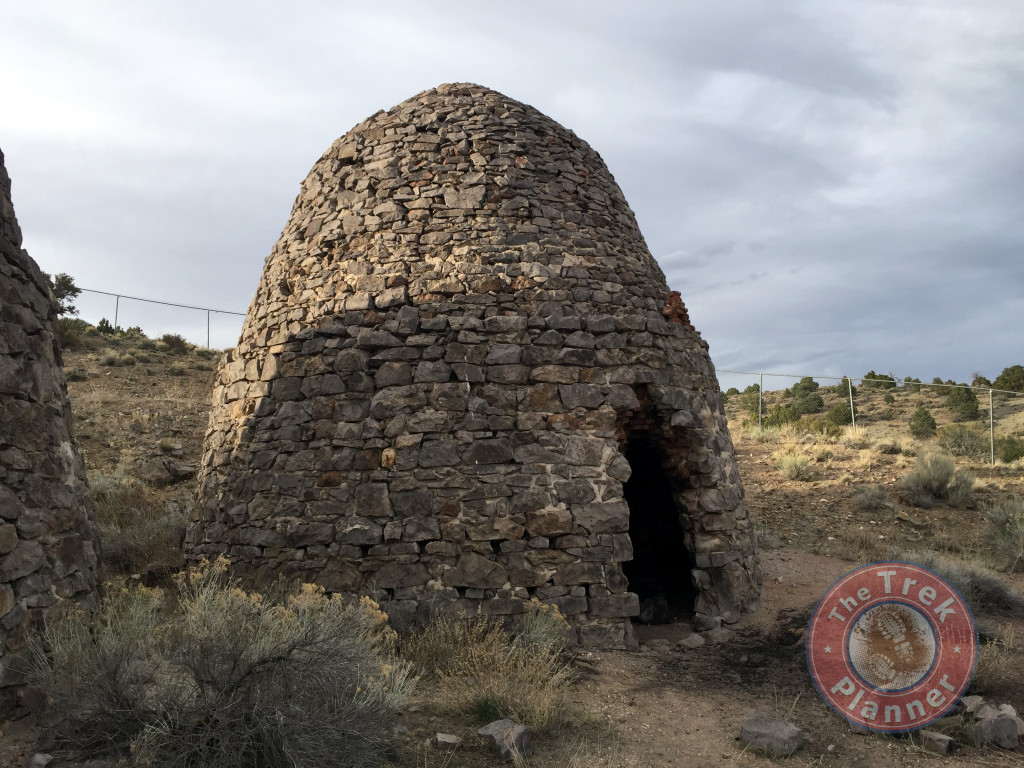
I then walked around the area in close proximity to the kilns and found lots of old buildings, foundations and machinery laying around!
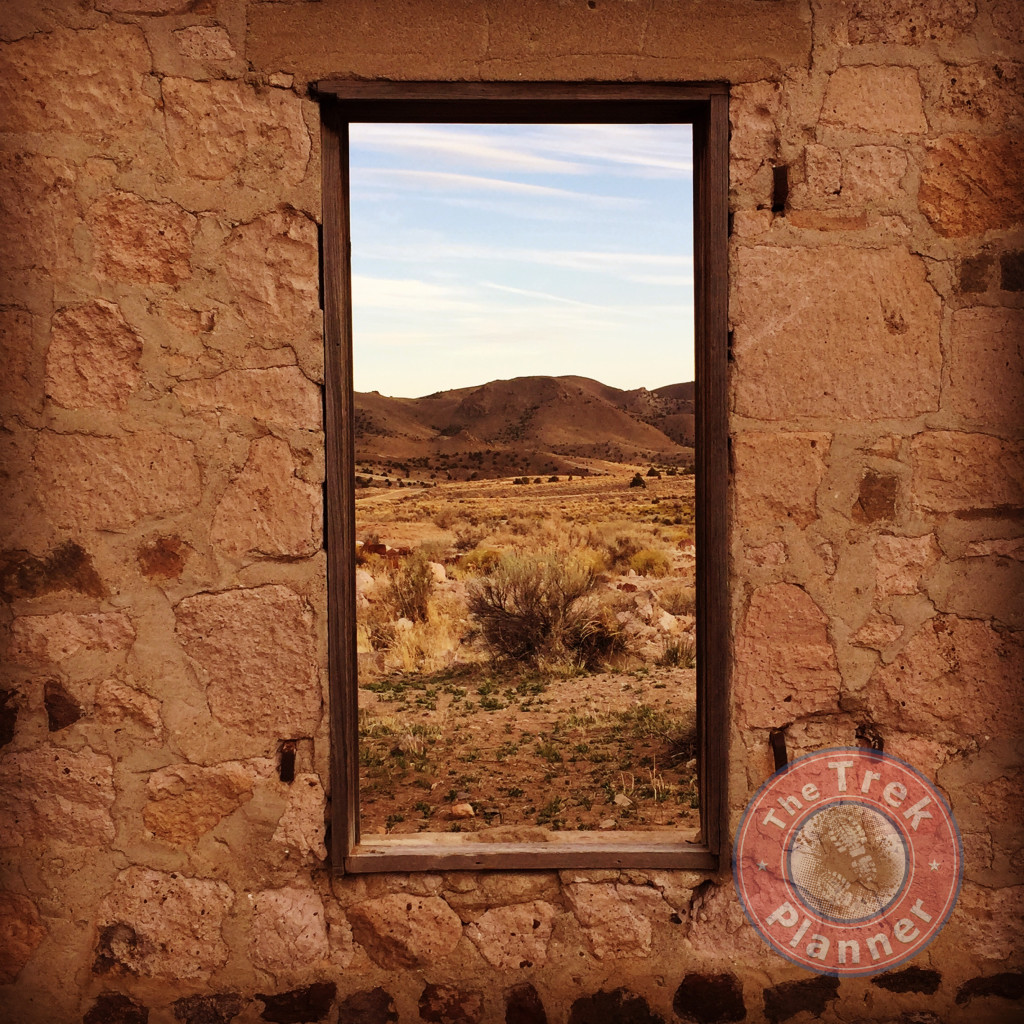
After seeing the kilns and the ruins nearby, I got back in my car and headed back to where there was a gate which made it impossible for me to drive through with my car of course. So I jumped out and walked up the dirt road a little bit and found some more ruins and a collapsed shaft.
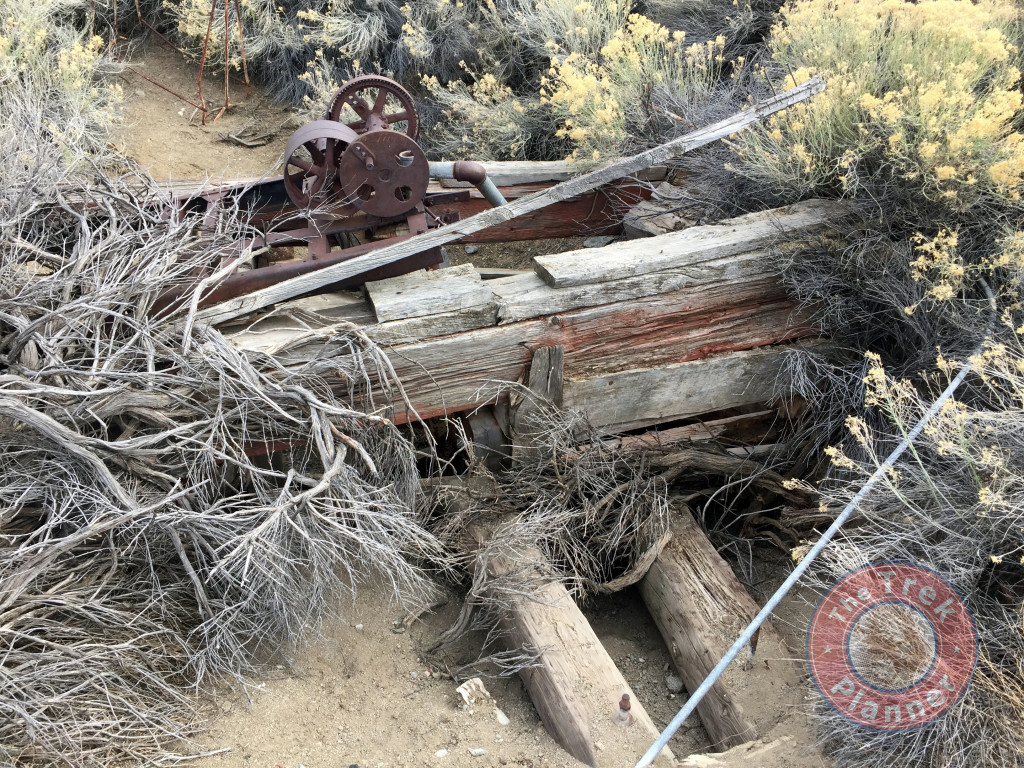
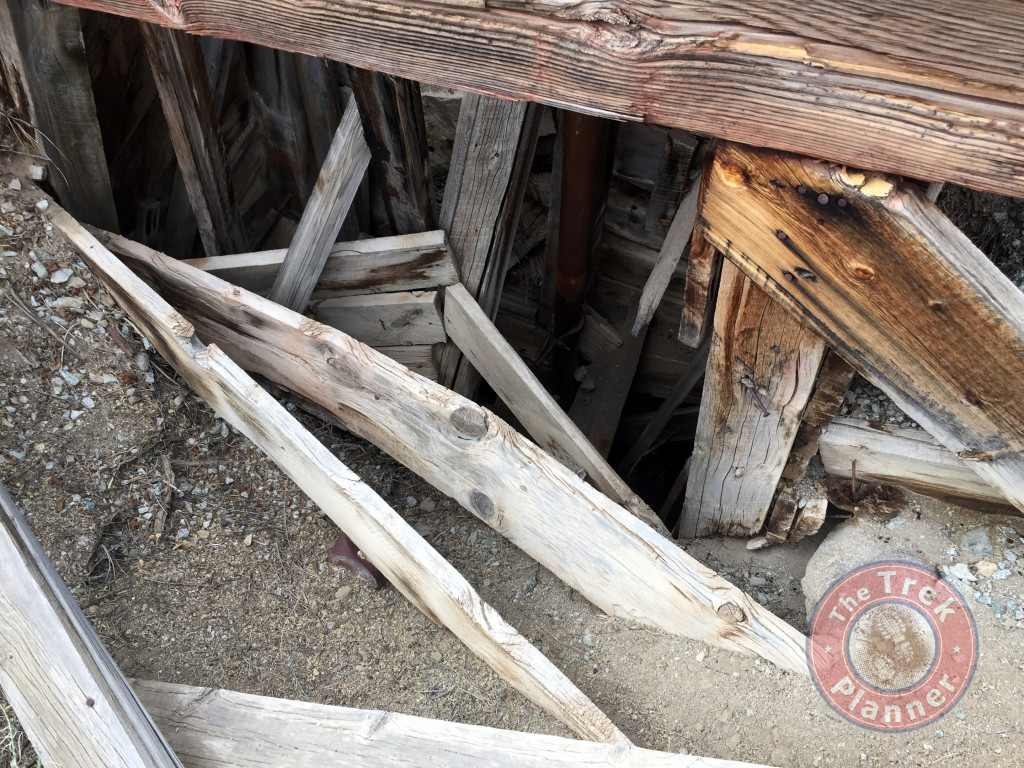
Camping
After this it began to get dark and I realized that I hadn’t found a place to camp yet. I wanted to camp near a creek or river so I found on my map a place called “Squaw Spring” which was located about a mile down the road. I drove there and didn’t find a spring or creek but I did find a cool camping spot on top of a short hill which overlooked the Wah Wah mountains and I got some really cool sunset pictures!
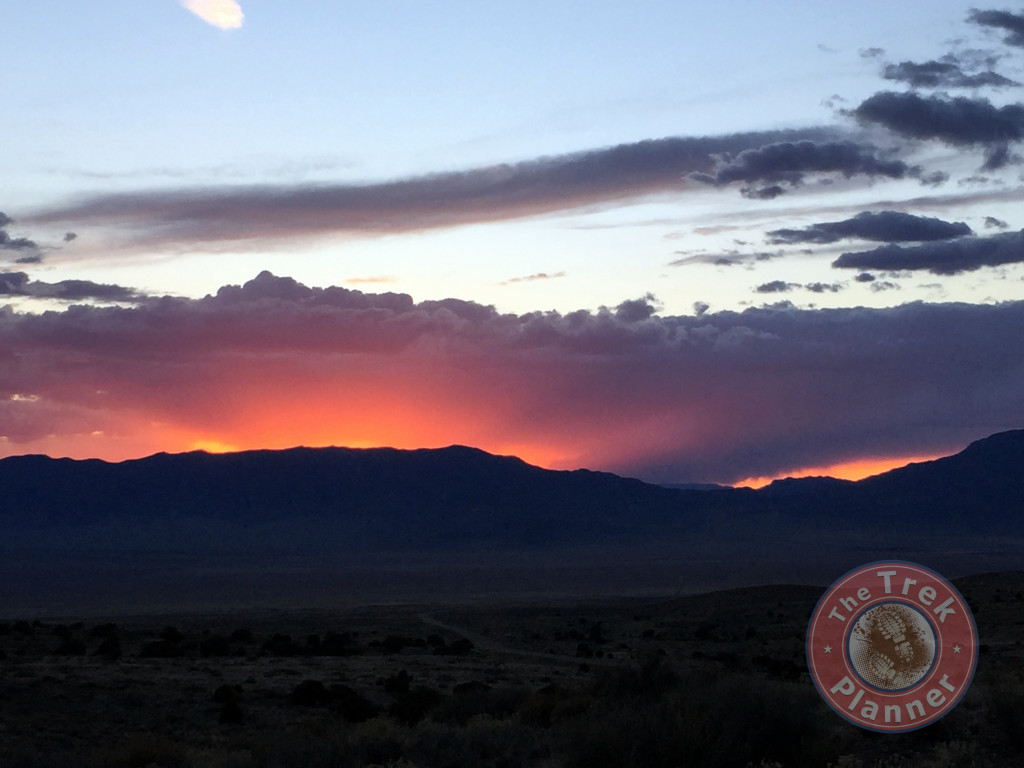
Horn Silver Mine
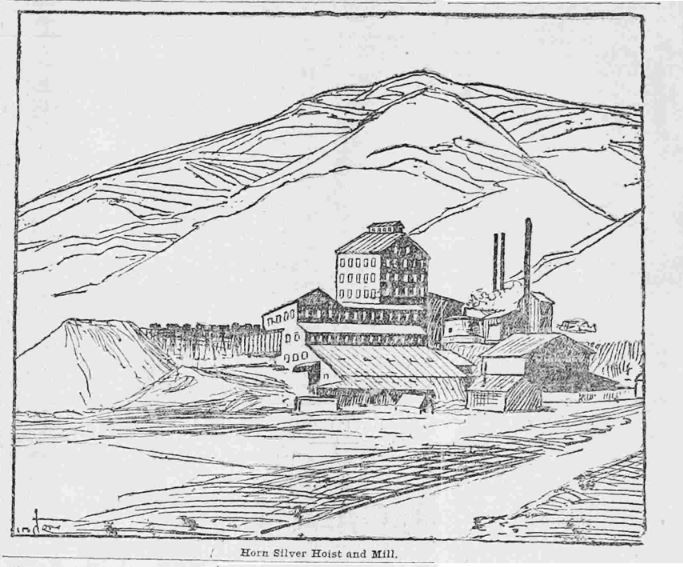
The next morning I drove back to the cemetery to park my car to begin the rest of my exploring around the actual mines and mill area. I was very surprised that there were no “no trespassing” or fencing anywhere to be found since I discovered on a few other websites that an out of state company bought the mines – oh well!
Now for the crown jewel of Frisco – the Horn Silver Mine! Over the years this mine produced close to $60,000,000 and some reports are in the $70m range! Using an inflation calculator I found that $60 million in 1885 money is about $700 million to $1.3 billion dollars in 2016 money! It is no wonder that Frisco was famous! And well, it was also known as a very rowdy and crime ridden city during its heyday.
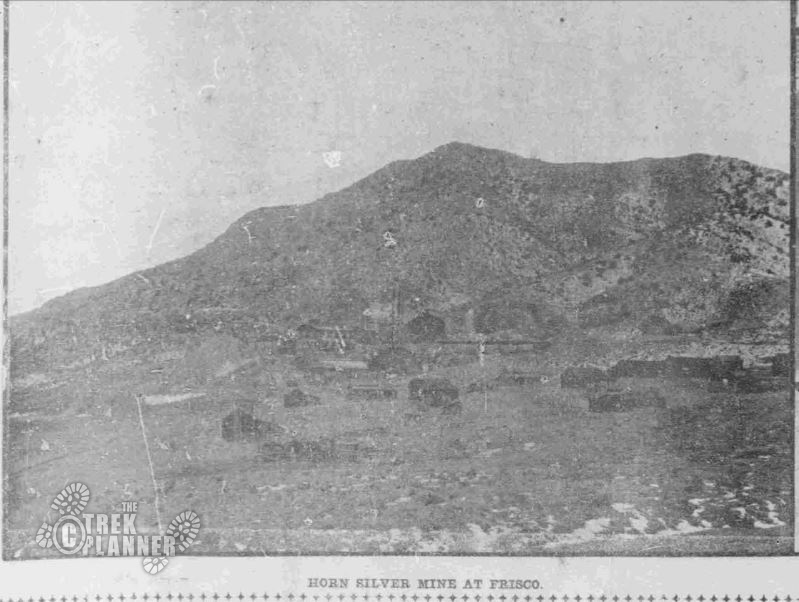
Anyway…
You can see in the picture below the side of the mountain that the miners blew up and dug out. If you go up close to it you can see some tunnels and holes high up in the rock. This is the same area where the giant collapse happened so I do not recommend you come close to this area as you never know what could happen.
After learning so much about this mine, it felt very strange to finally see where all the action took place.
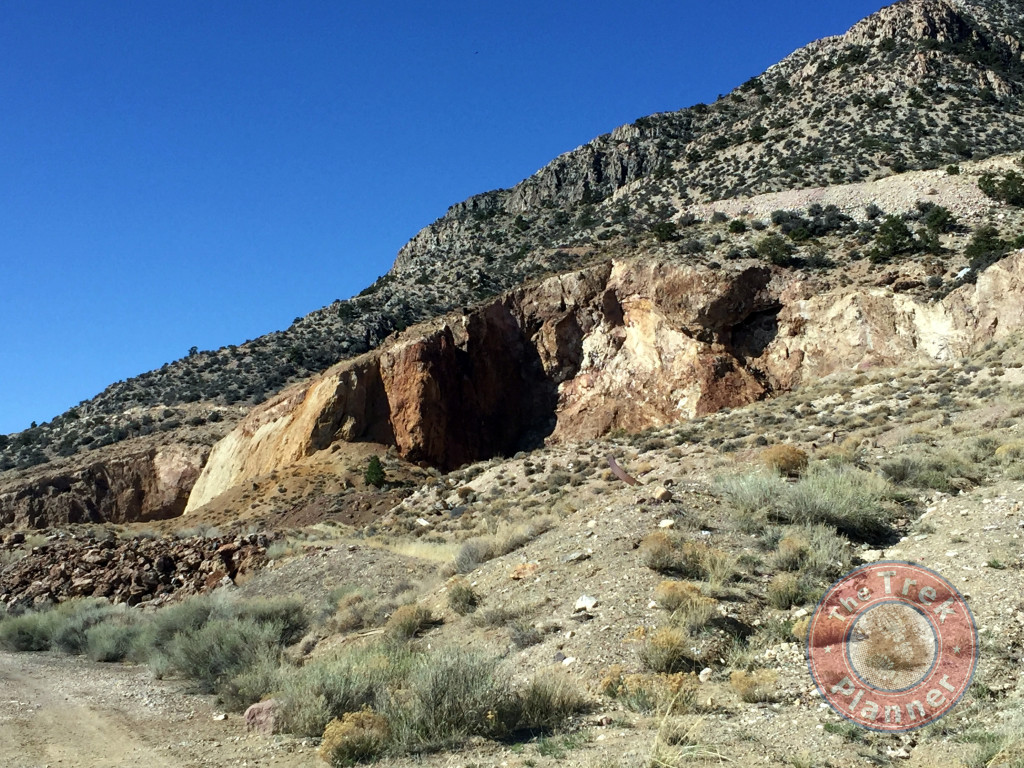
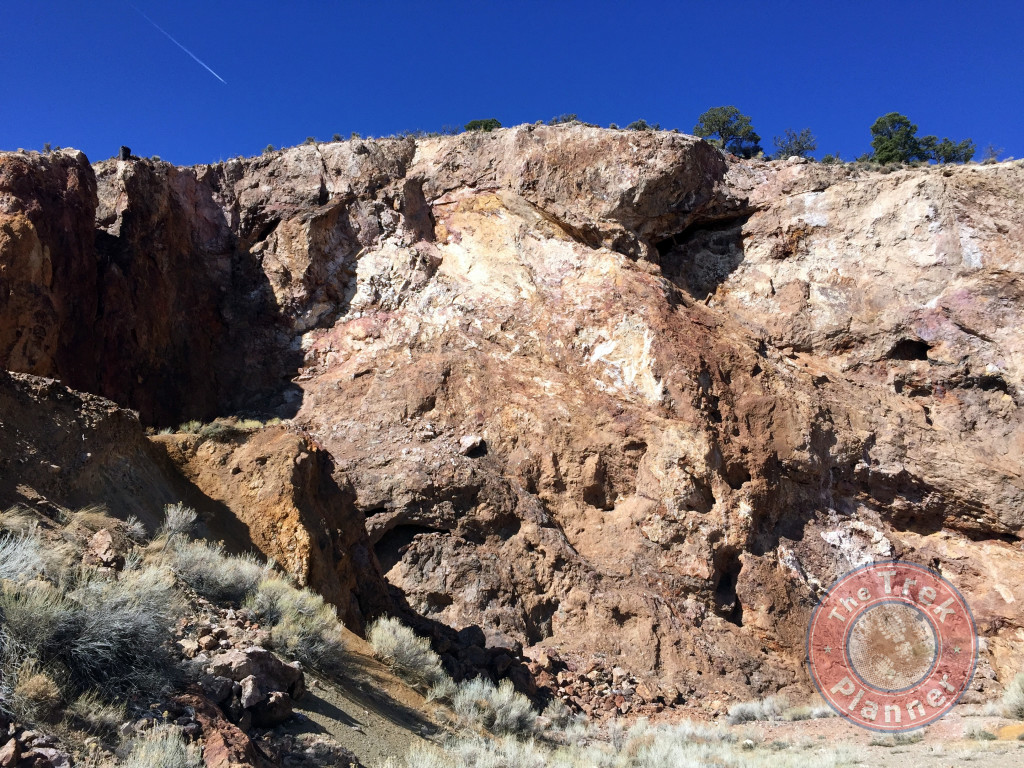
Below you can see a small adit that you might be able to climb up into. I tested the makeshift ladder but it was shaking pretty bad and I didn’t want it to break since it was about an 18 ft drop to the bottom and no one else was around!
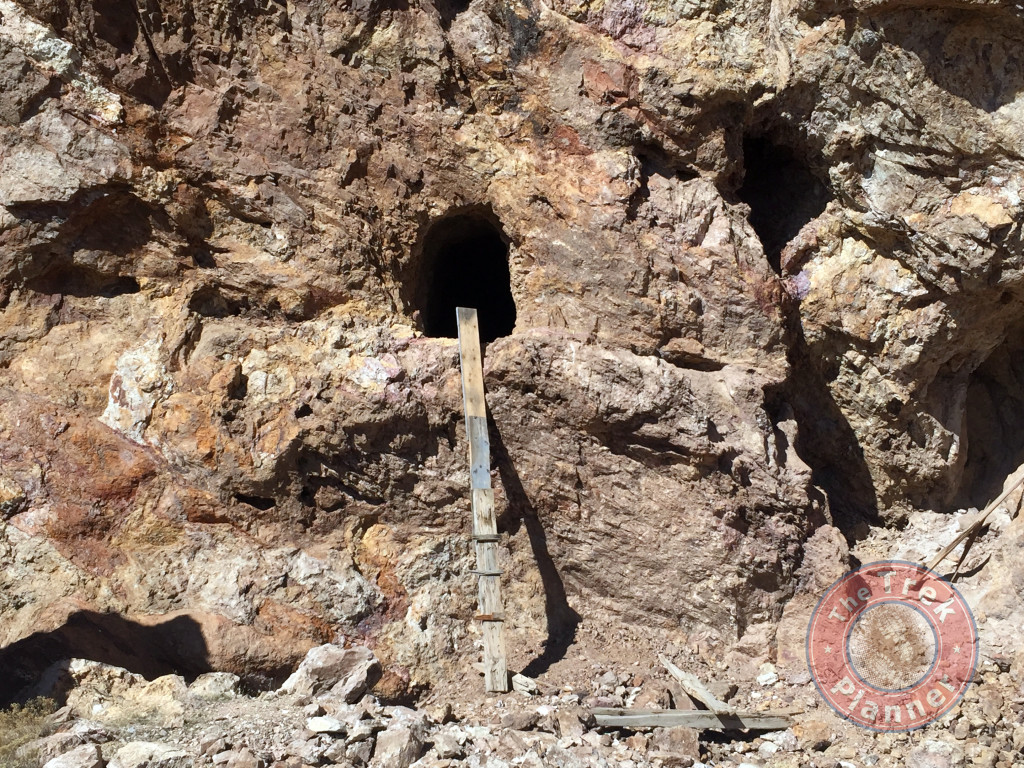
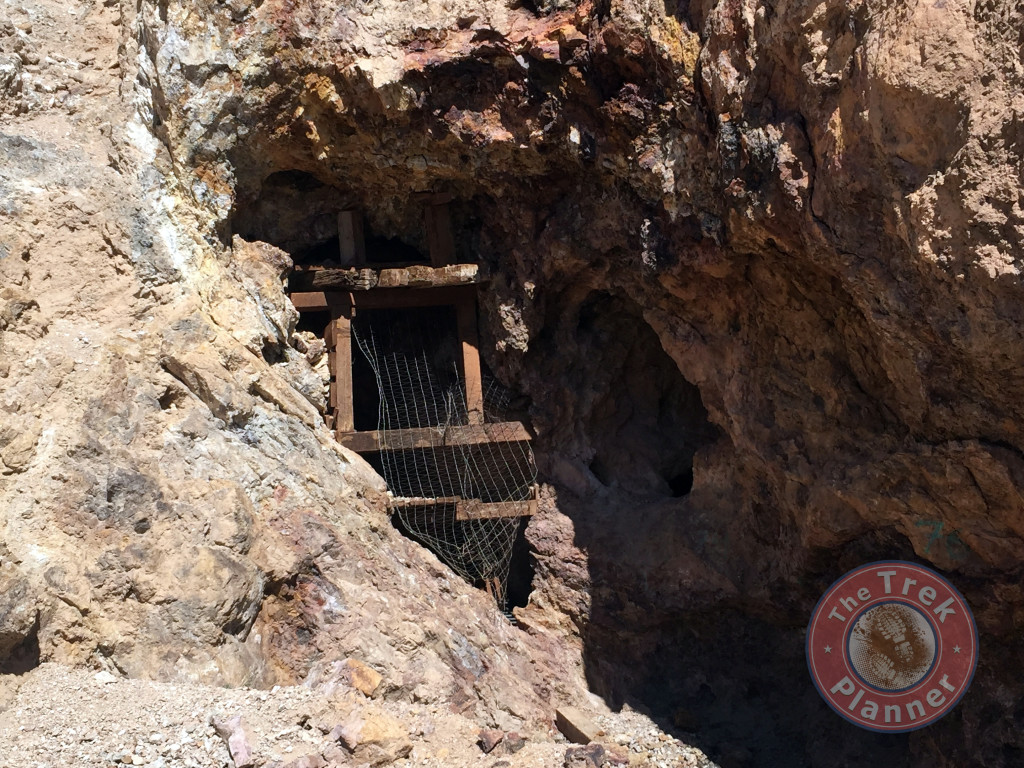
I turned around and headed back to the Horn Silver mine shaft to see what I could find there.
Horn Silver Mine Map
Here is a really cool mine map I found of the Horn Silver Mine.
This mine profile was made for the Deseret News Publication December 21 1901. I compiled all three maps onto one page.
Frisco Mill and Horn Silver Mine Shaft
Just a little east was where I believe the mill was located and the main shaft for the Horn Silver Mine. I walked right up to it and there was a grate covering the shaft which went down about 70 ft to another level.
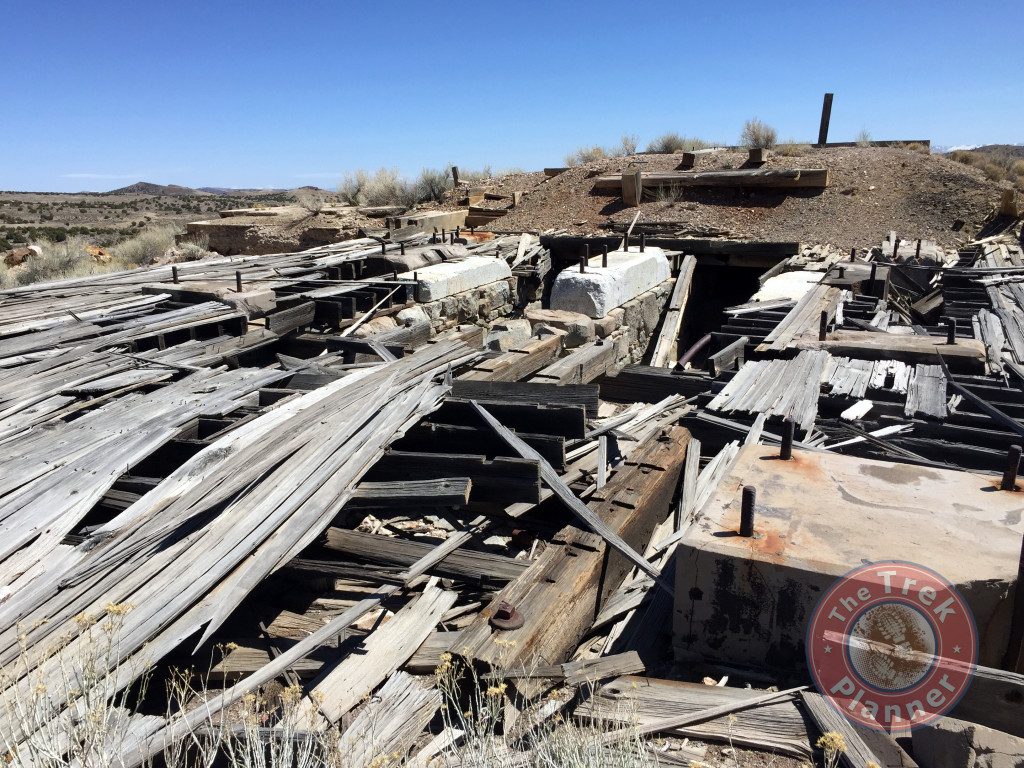
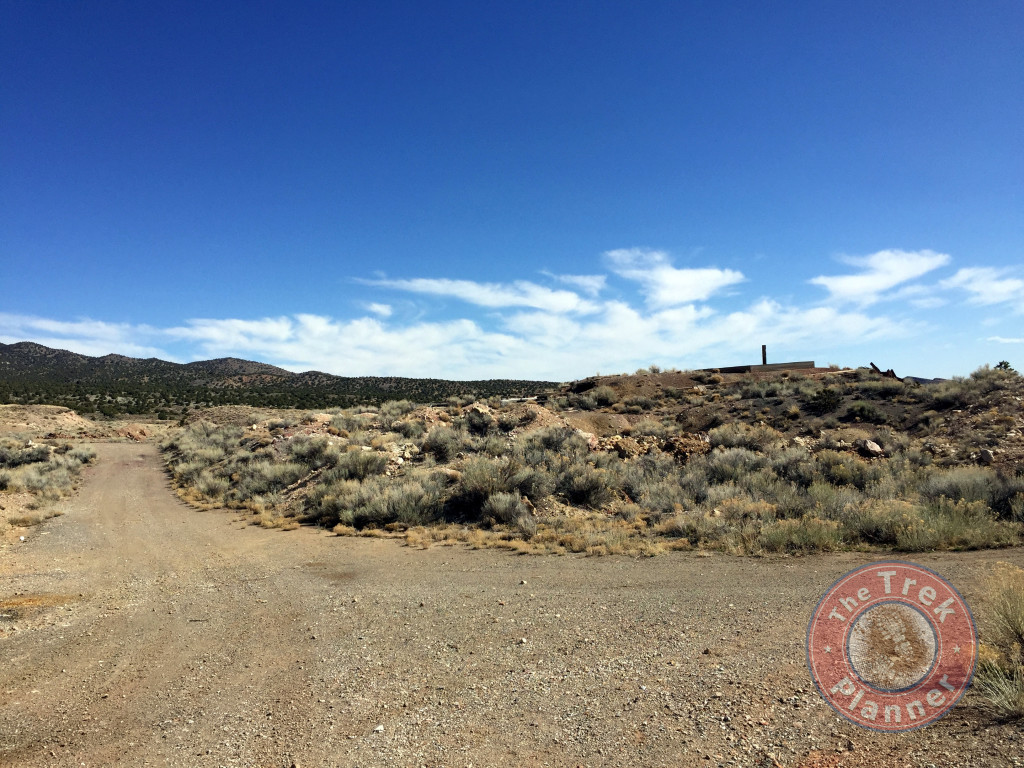
If my interpretation is correct of the Horn Silver map, the shaft in the picture below drops more than 1,600+ feet to the very bottom 16th level! But if you look down it you can see that it drops about 70 feet. Maybe there is a false floor or jam? It was amazing to think that this very mine at one point produced $60+ million!
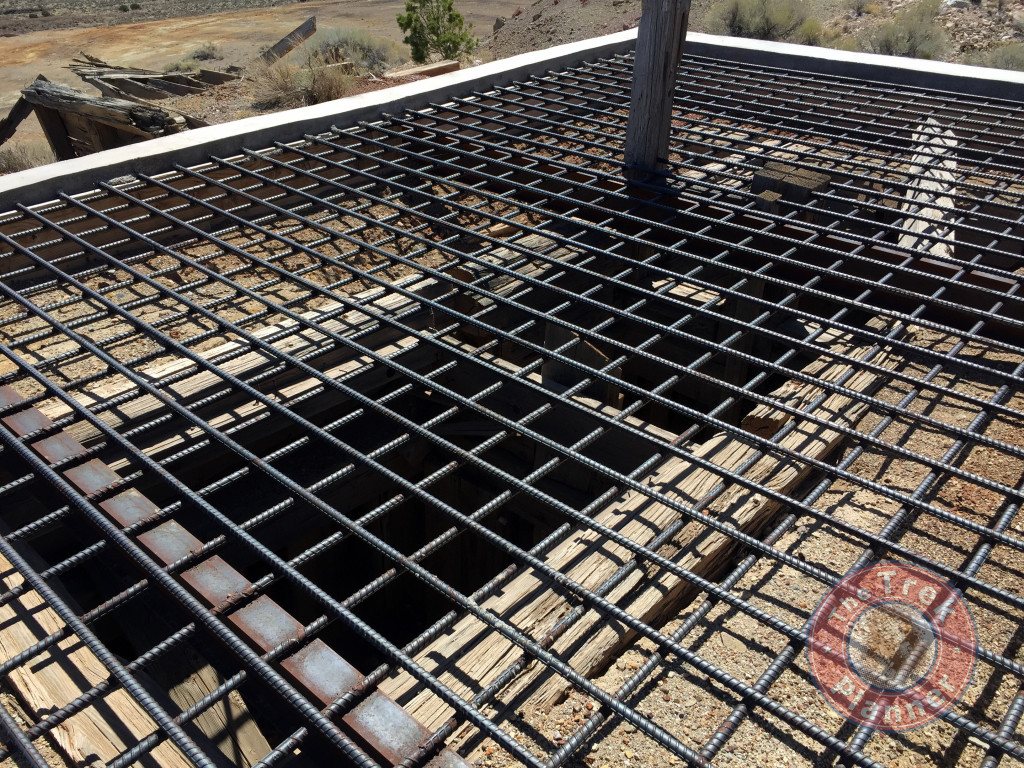
In the photograph below you can see the mill and headframe to the shaft. The large black patch to the right of the smoke tower is the Horn Silver mine pit area.

The mill and the Horn Silver headframe sits right on top of a massive tailings pile.
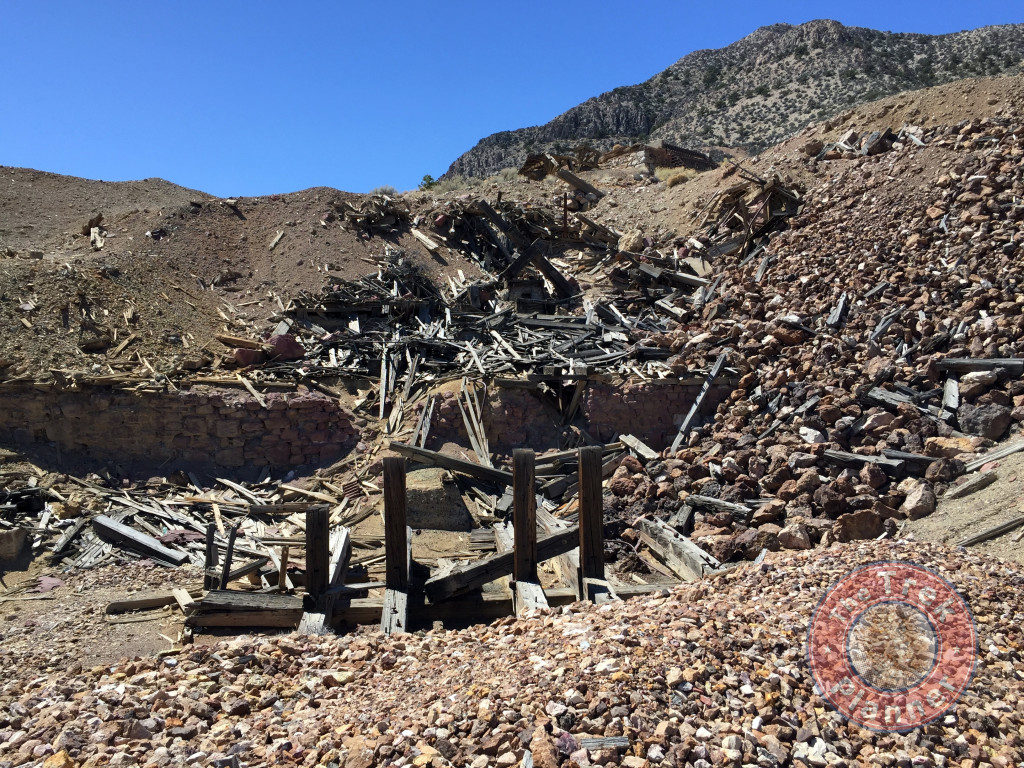
Here you can see part of the mill foundation and the tailings pile.
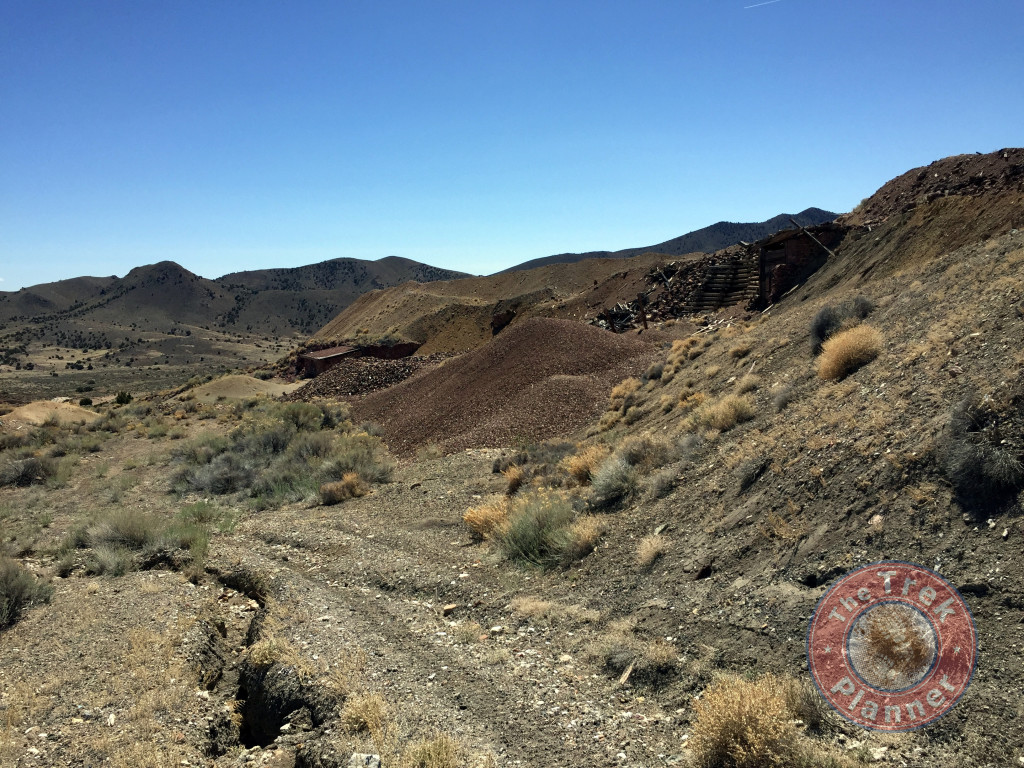
Here is another side by side comparison of the mill and Horn Silver Mine:
There was a cool building just below the tailings which had the ceiling falling down. It was nice and cool inside this one but I could tell that there were pack rats living in it now.
Blacksmith Shop
Next I went back to a really cool stone house which was nicely built. I found out that this building was used as the blacksmith shop!
Here is an article on it from 1975! It’s featured in a calendar for the Beaver area. FILE
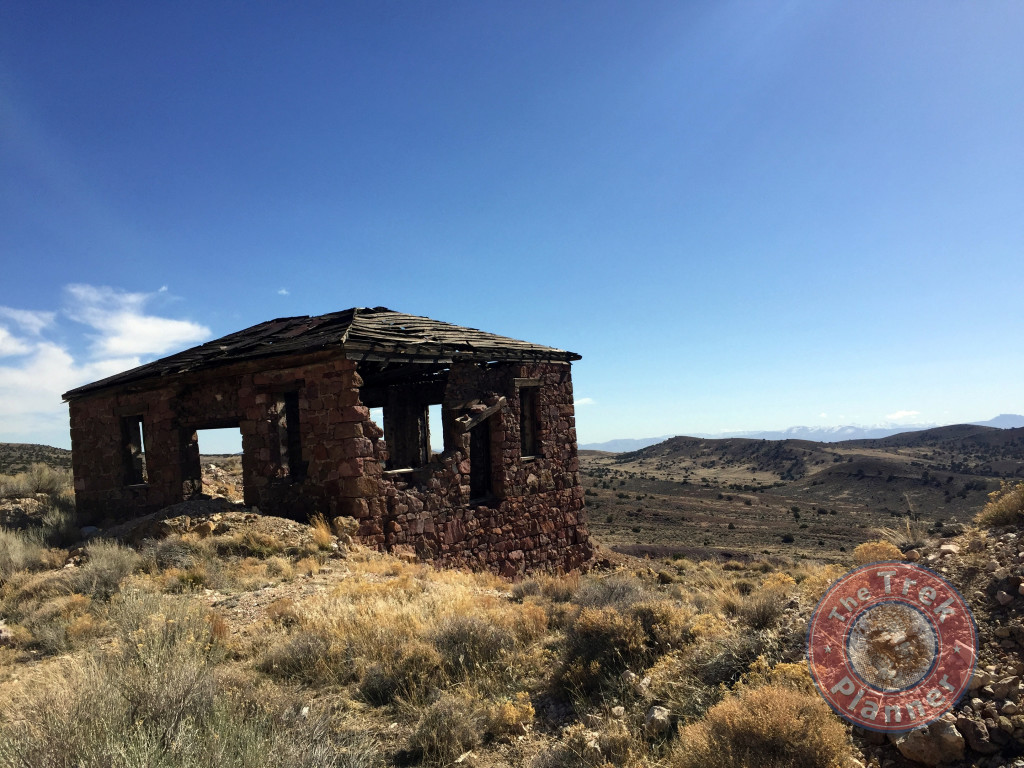
The Frisco Dam
A short walk down below the tailings was a water retaining wall and where I think the dam headgate was located.
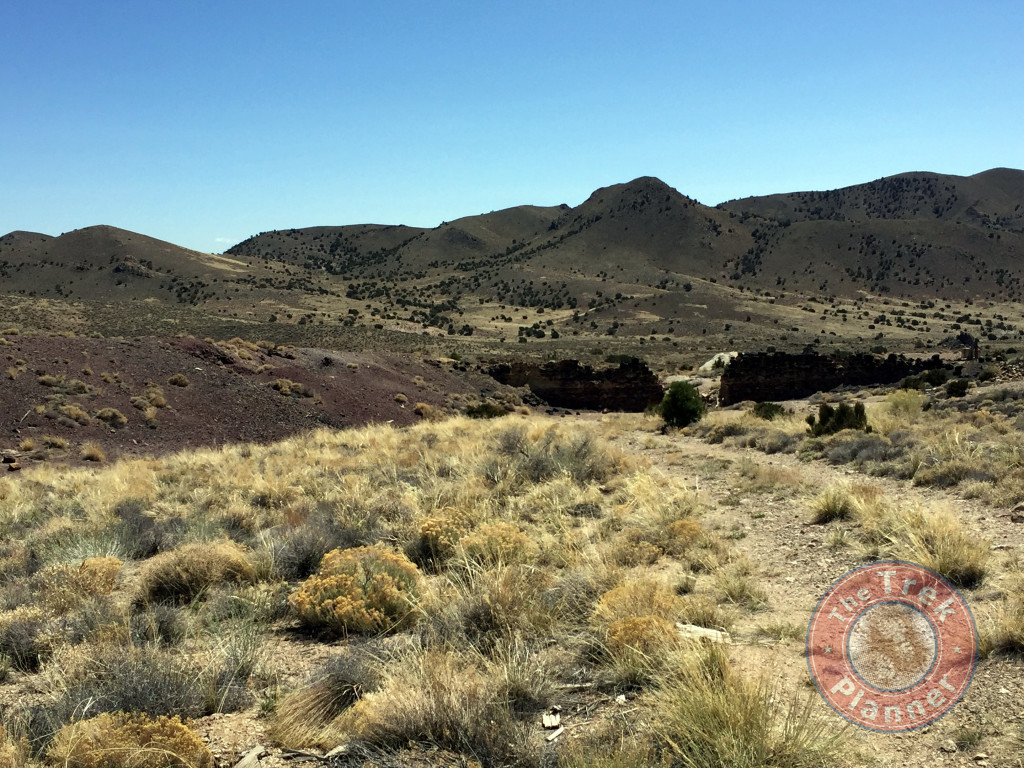
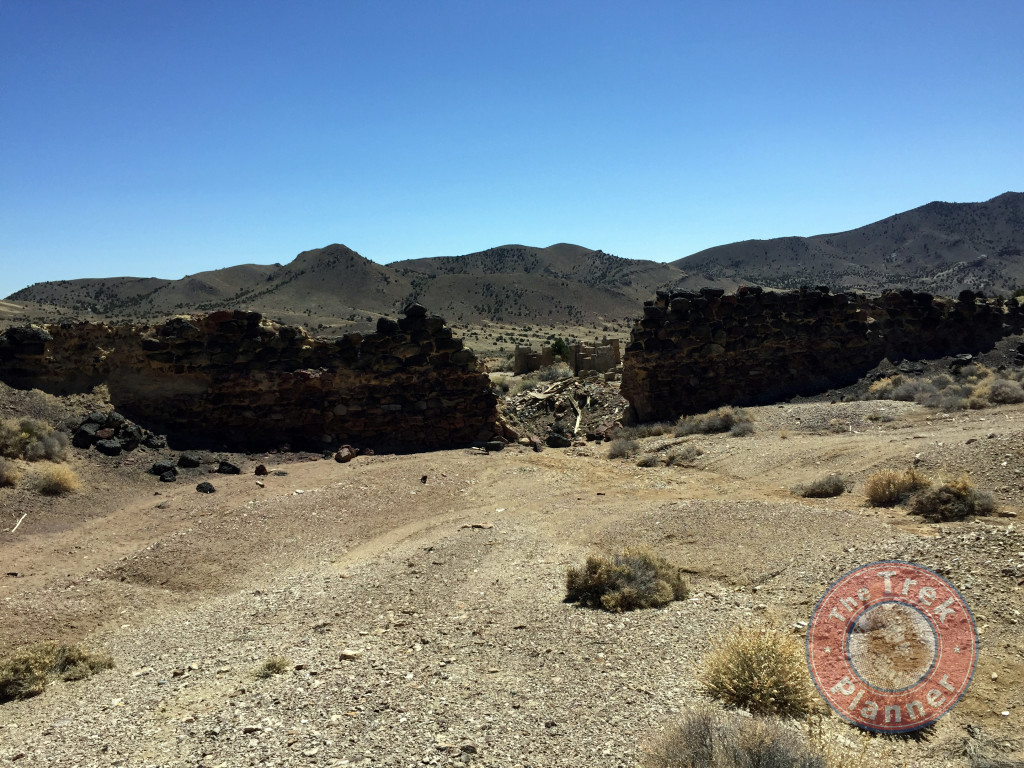
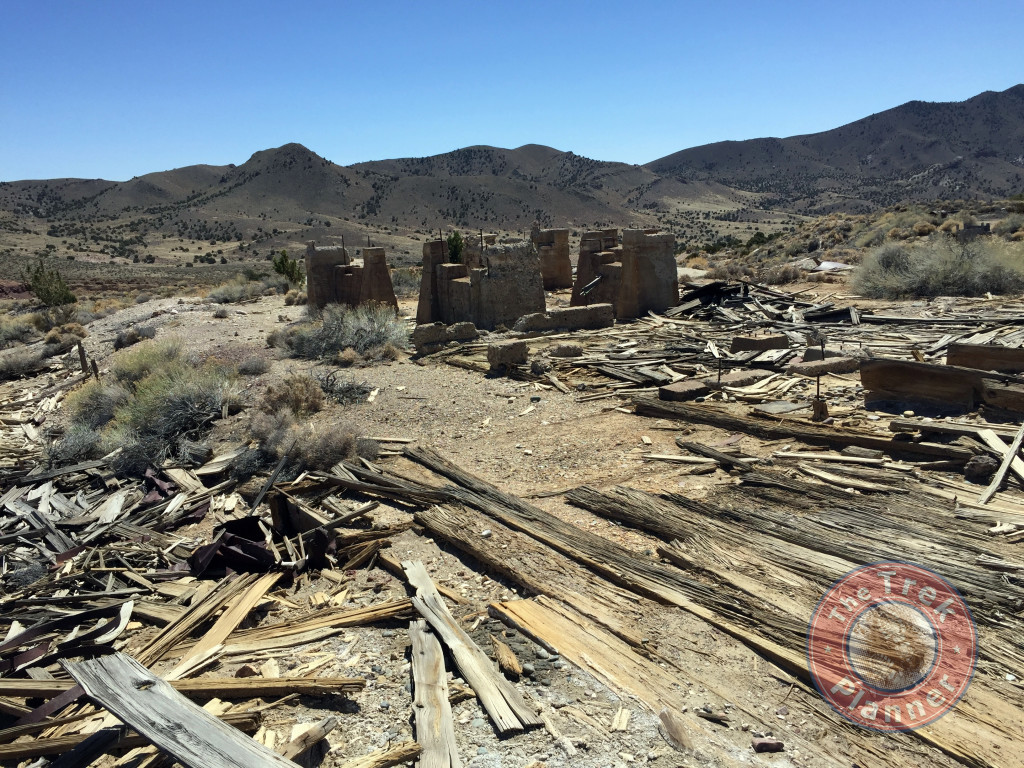
Bottomless Pit
To the west a little ways was a “bottomless” pit shaft with gate on top of it. This shaft was probably around 300 ft deep or more. I threw in a rock and I thought I could hear it hit the bottom but I wasn’t really sure if I was just hearing things…
This shaft is called a “drill hole” on the topography map above.
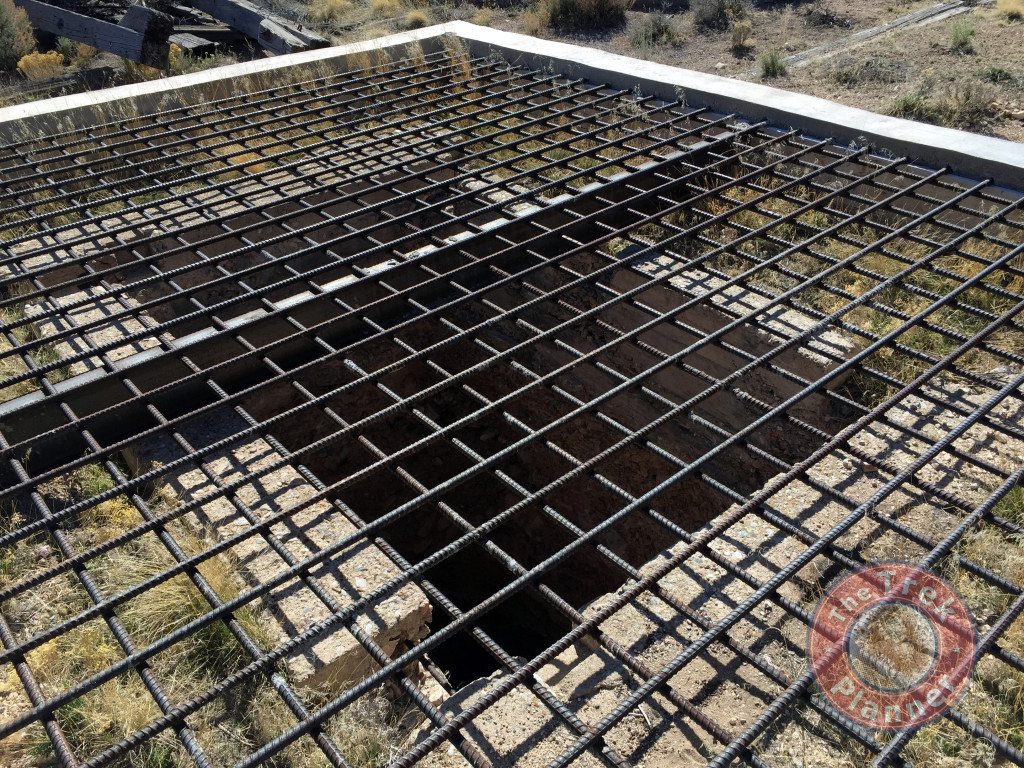
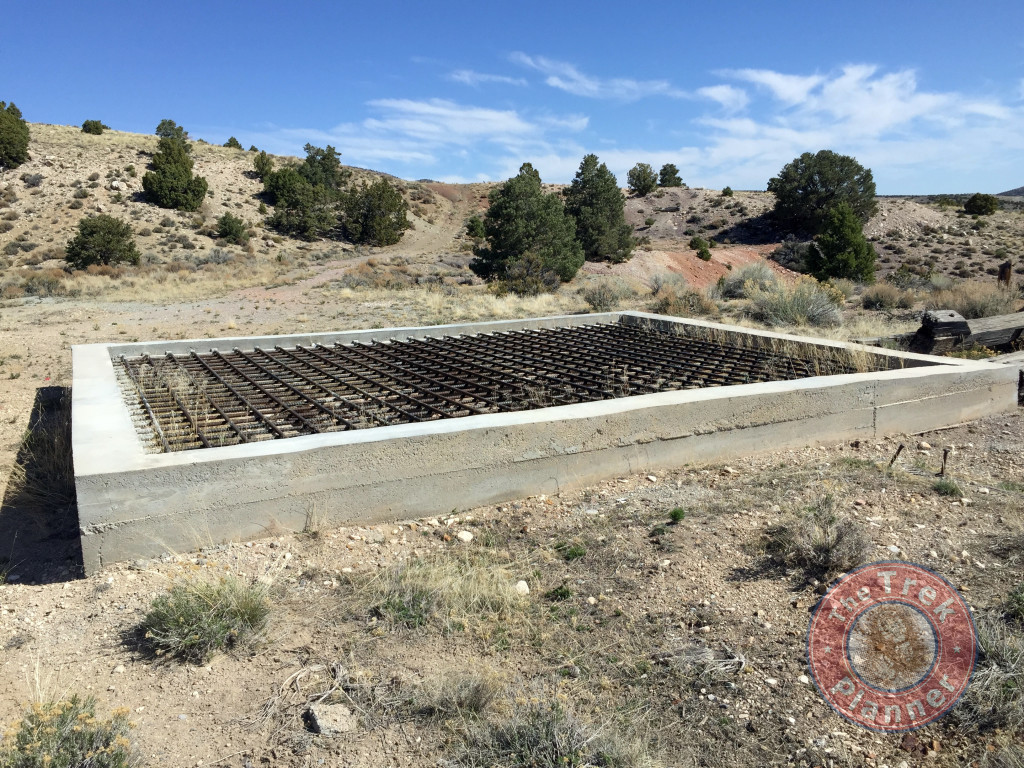
Nearby this shaft was a small shack and a very large boiler next to it.
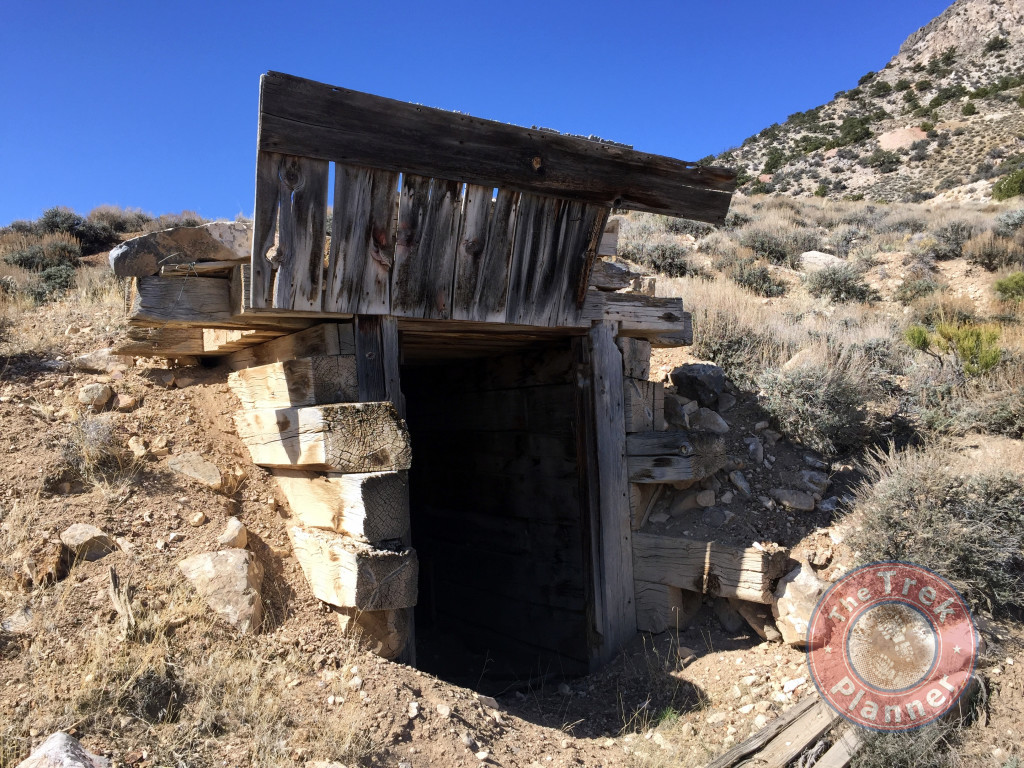
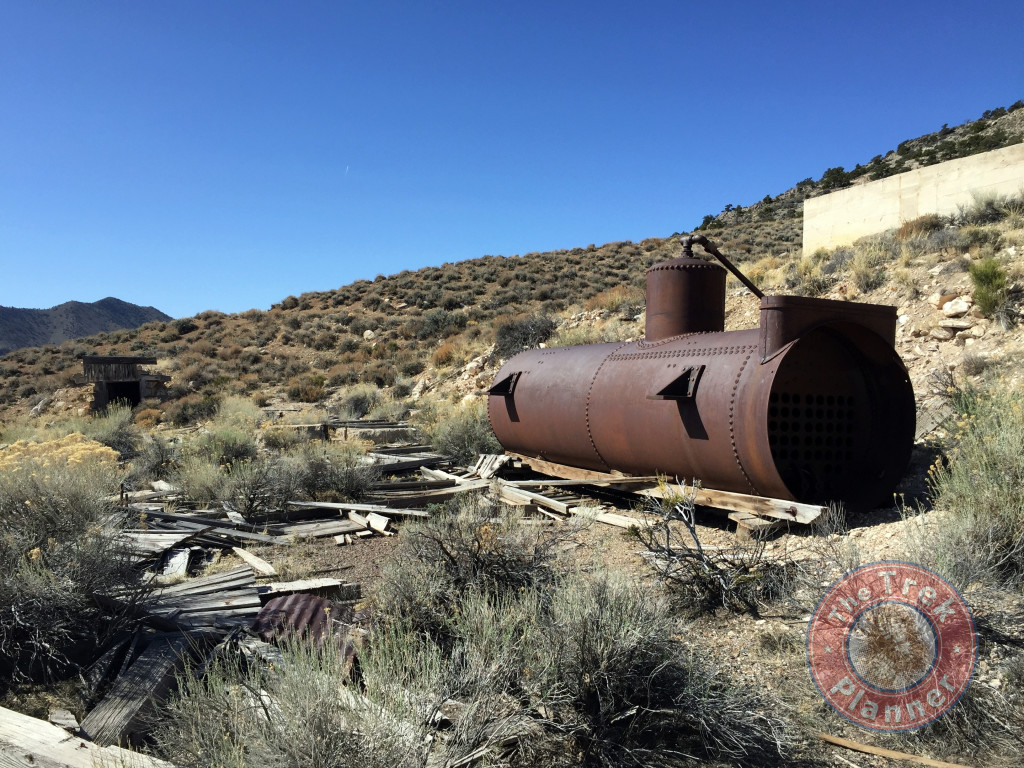
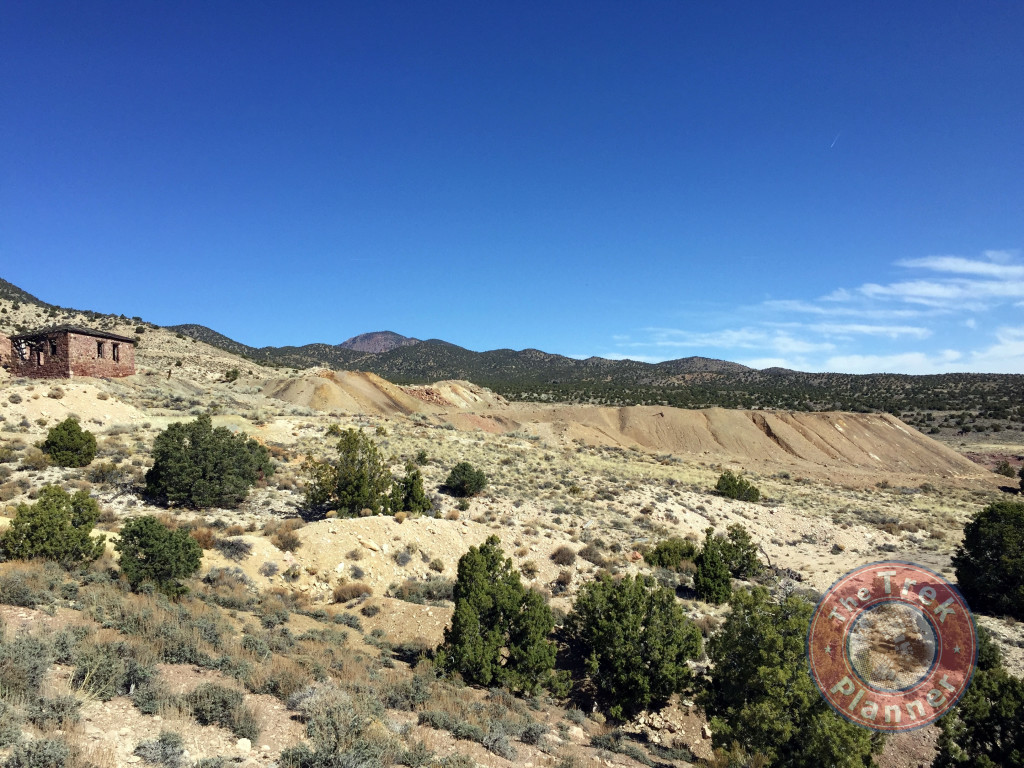
A little ways south to this was another shaft with a grate over the top. This one looked messy and not as deep. I then found another shaft to the west of this which was completely open – I’m not sure why the DNR would spend tons of money closing short harmless adits and then leave shafts like this open! This seems to be typical of the DNR. Anyway, this shaft seemed to be about 50 feet deep. I wouldn’t trust that ladder either!
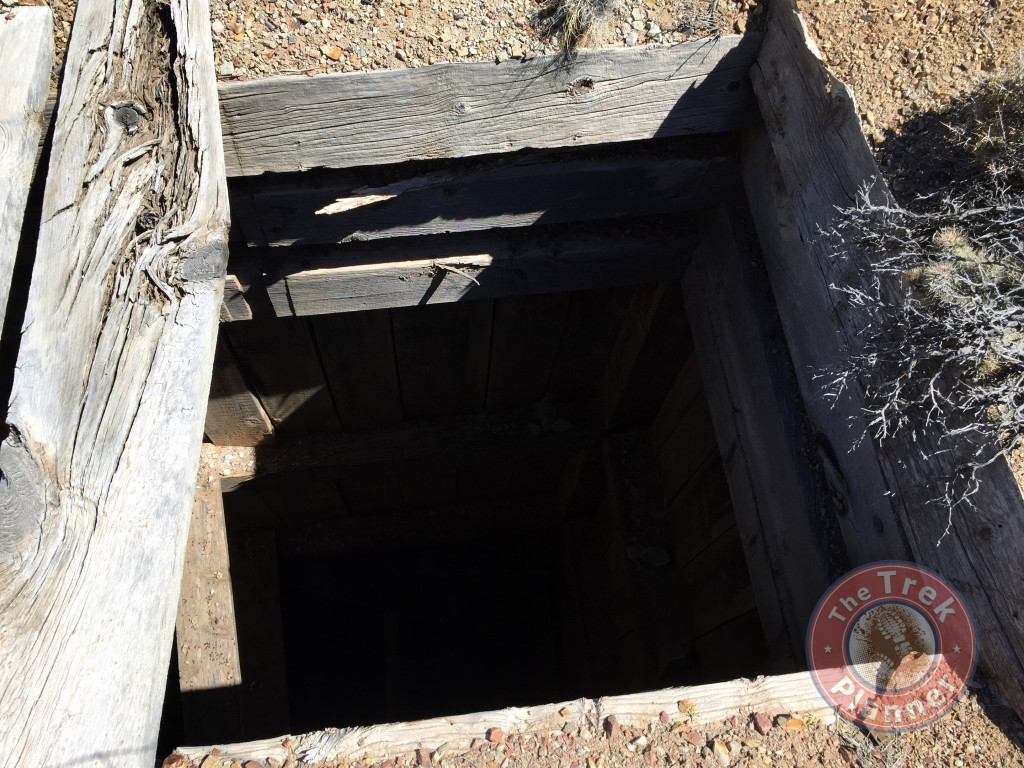
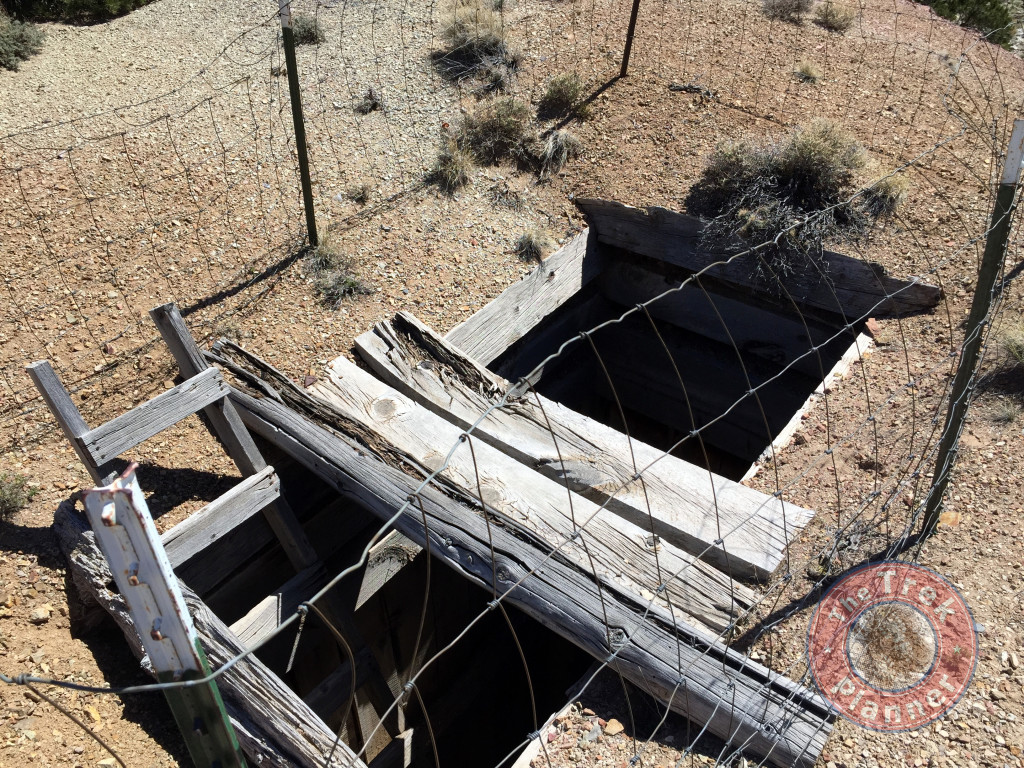
Various Adits
I then made a beeline for a few prospects on the side of the mountain I noticed the DNR closed these too. There were tons of open pits, trenches, strip mines, adits and short shafts on this mountain side. I will post a few pictures of the ones I found.
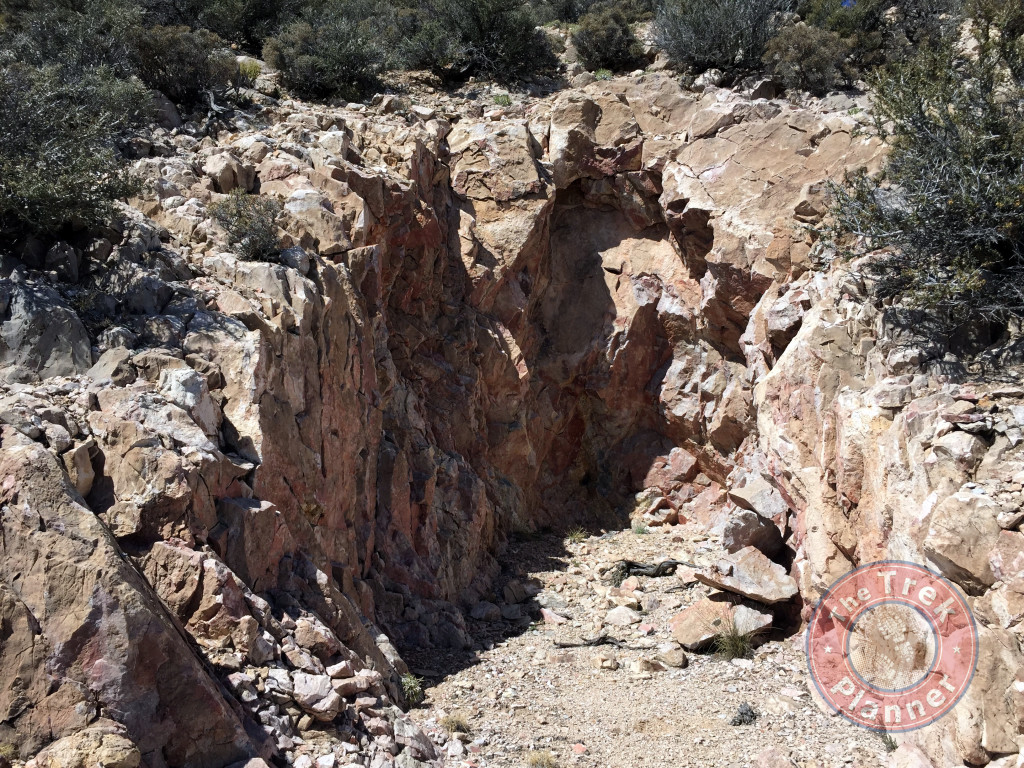
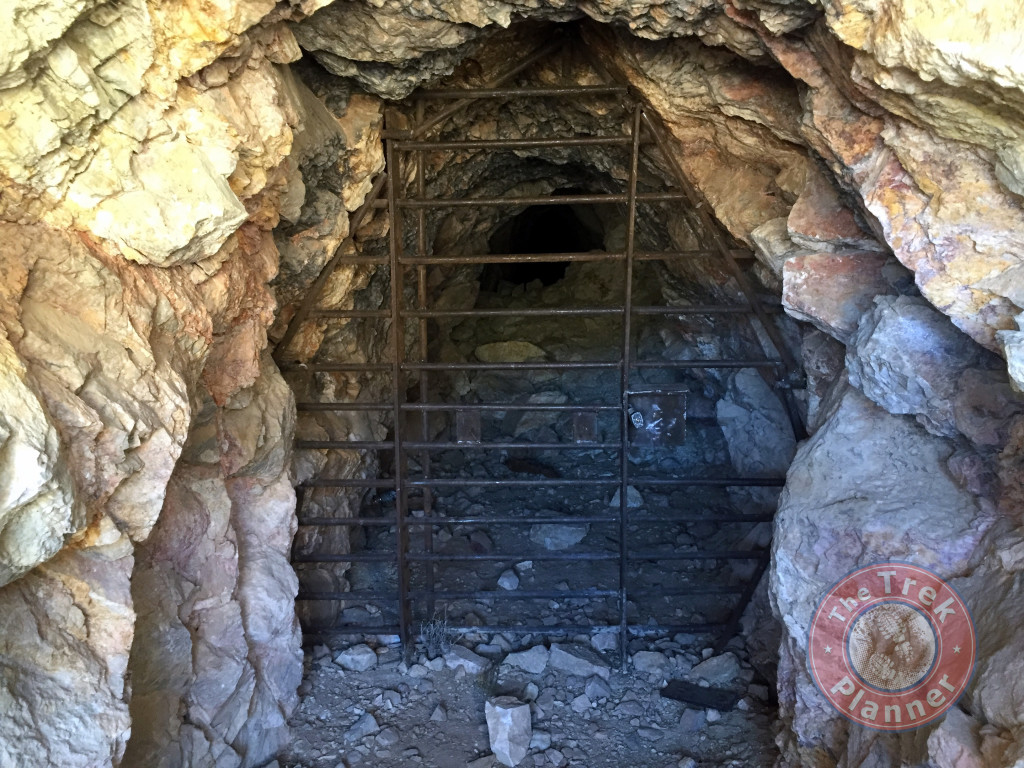
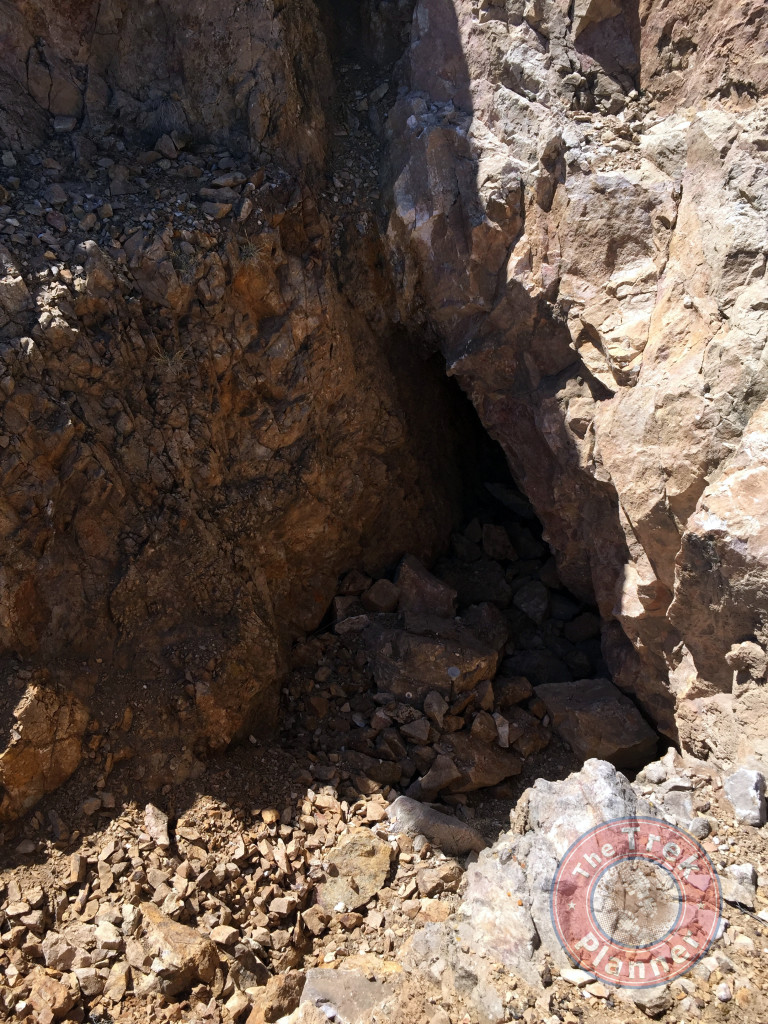
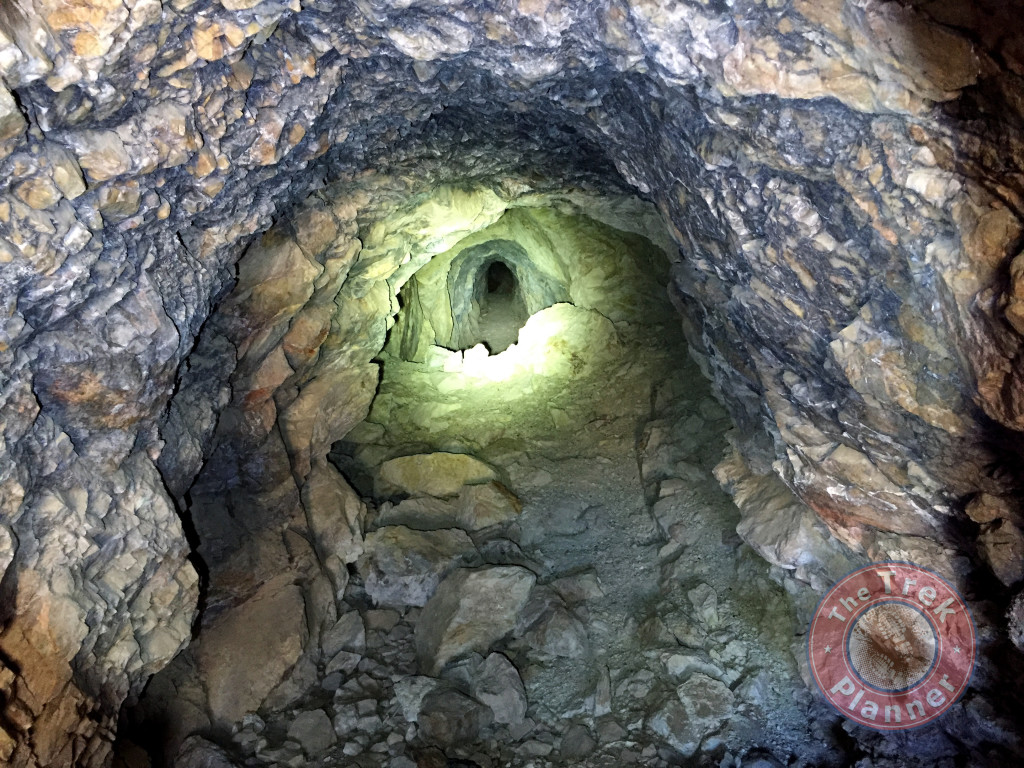
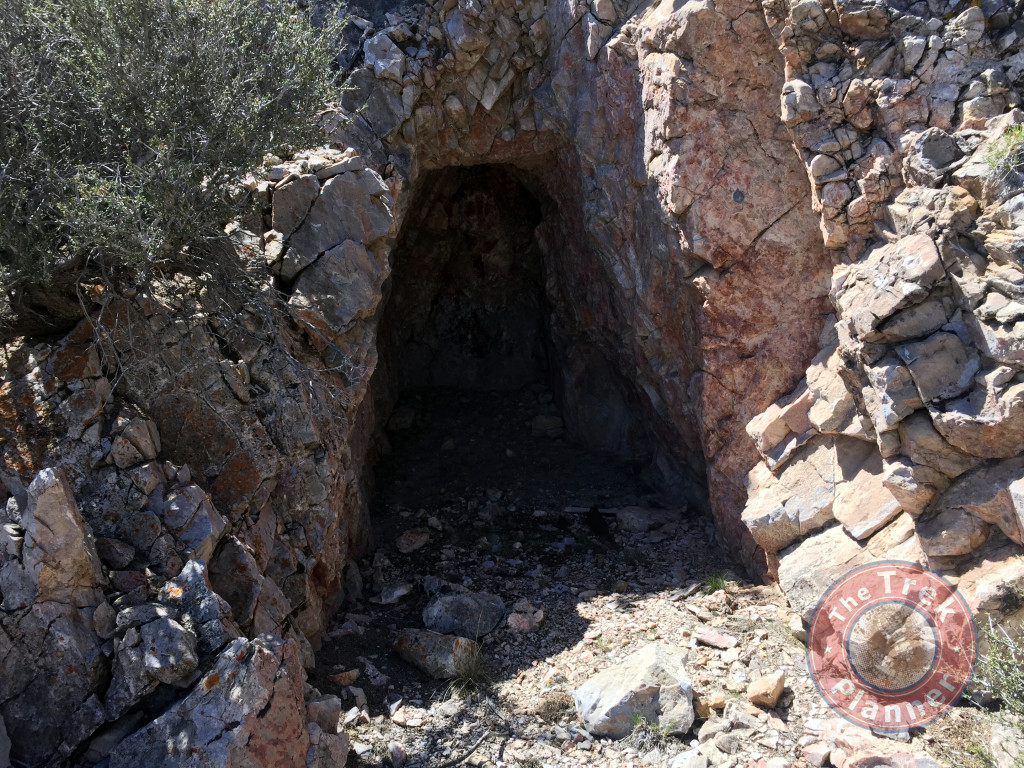
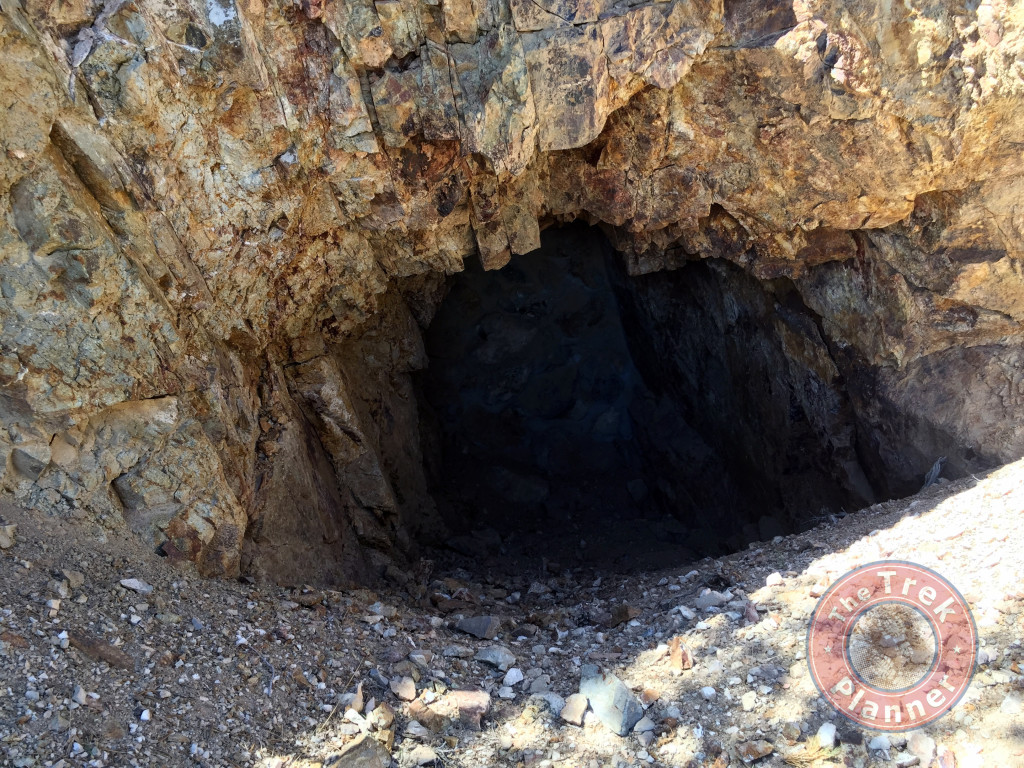
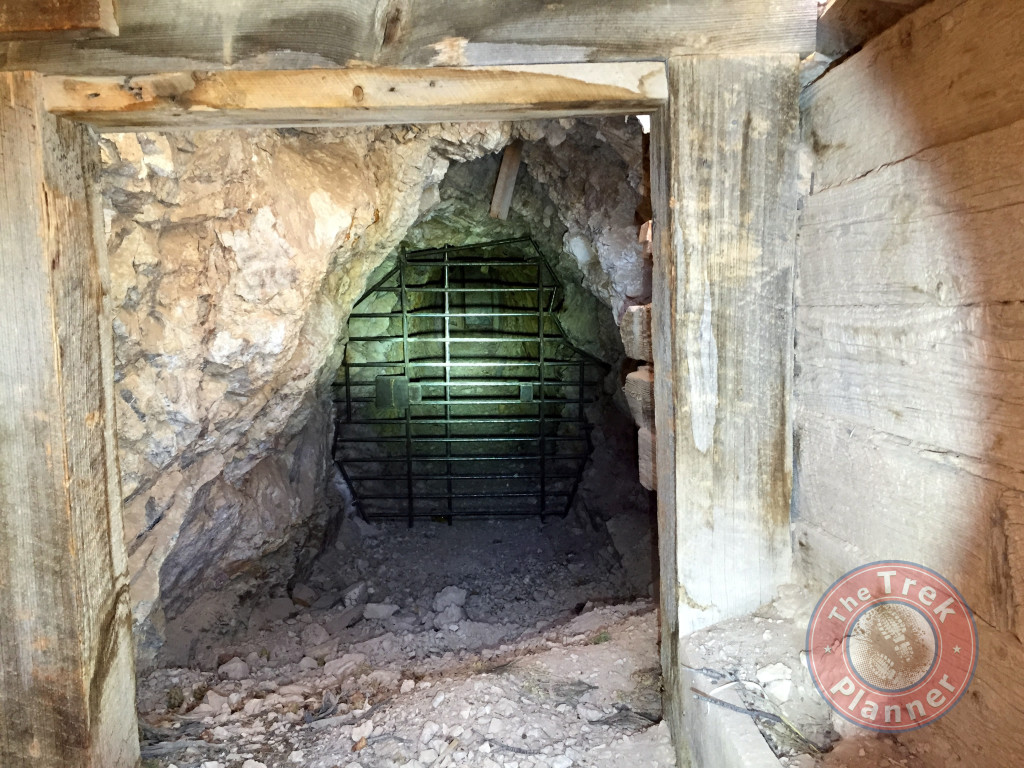
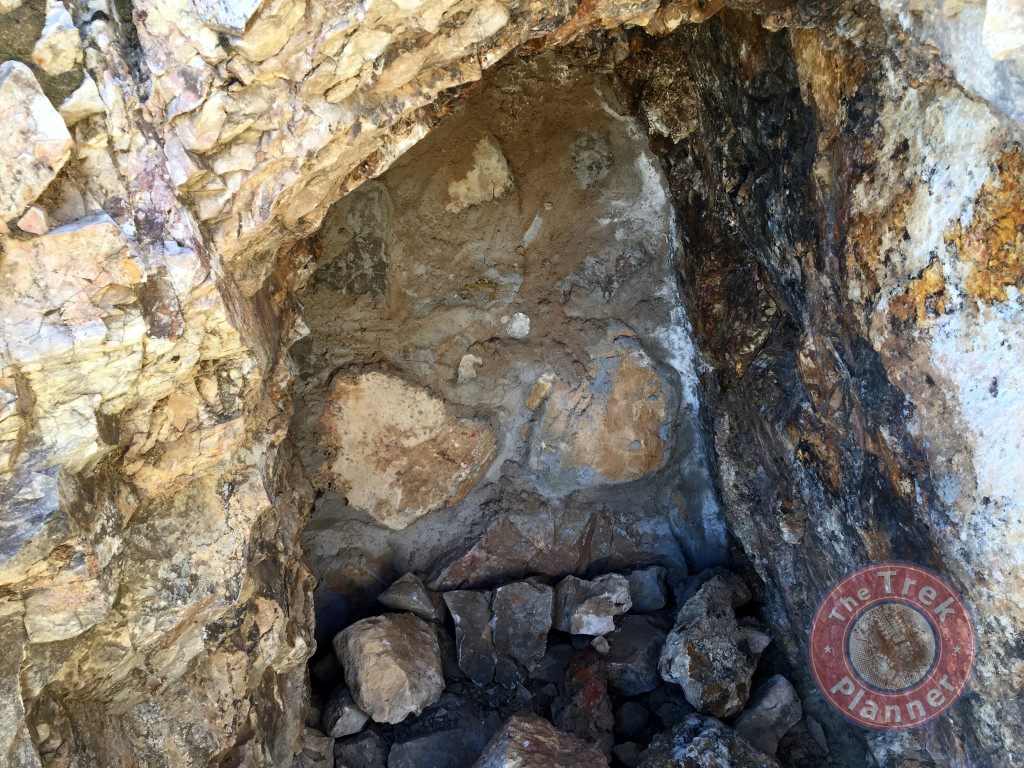
Old King David Shaft
I headed up to the Old King David Shaft and found a few more prospects along the way including this sealed adit. It looked like it went back a few hundred feet and then turned left…I wonder where it goes!
Just near here is another tailings pile and you will see the large ore hopper. It is still in surprisingly incredible condition. I went right up and I could see how well the craftsmanship was on this thing.
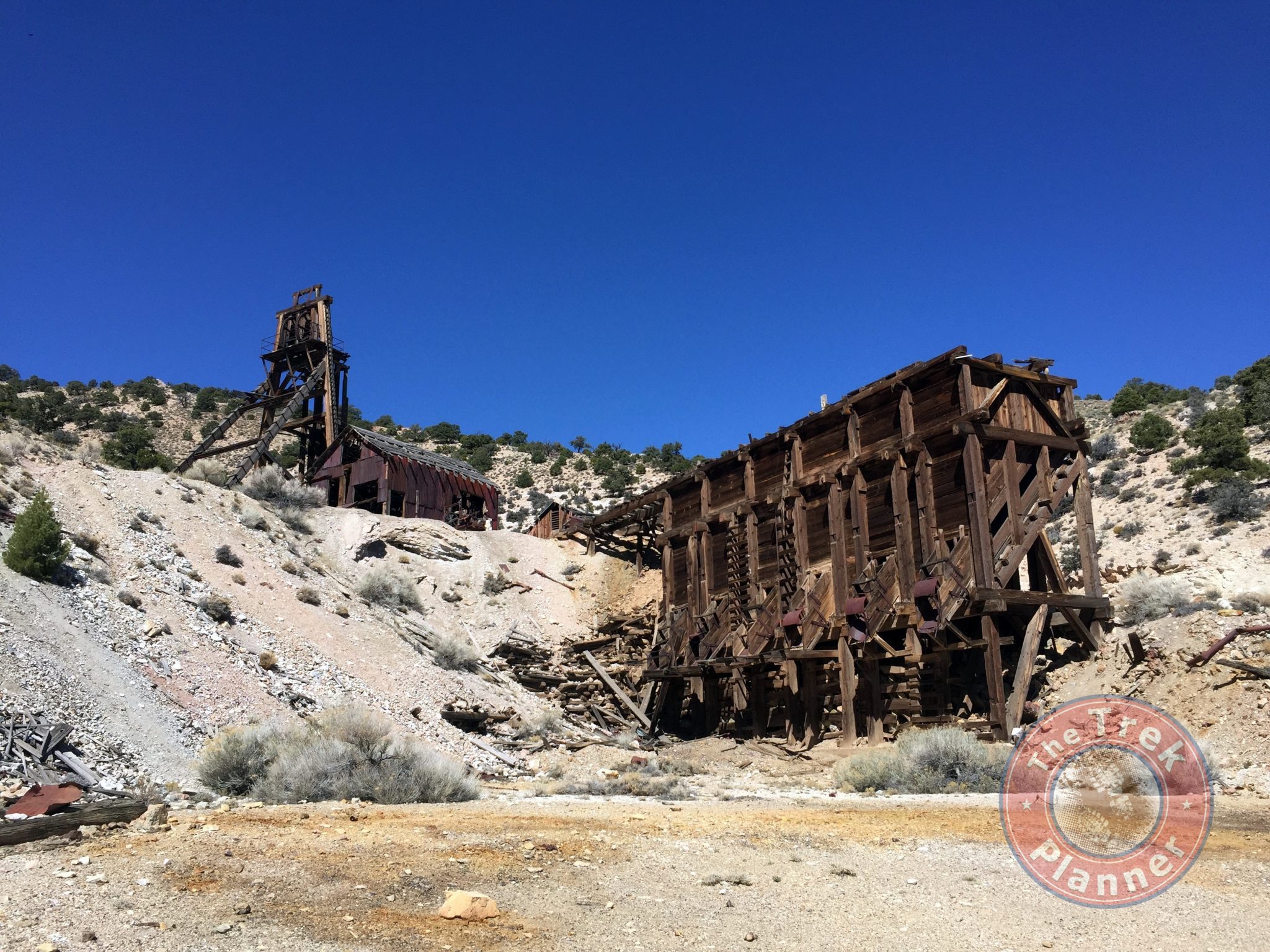
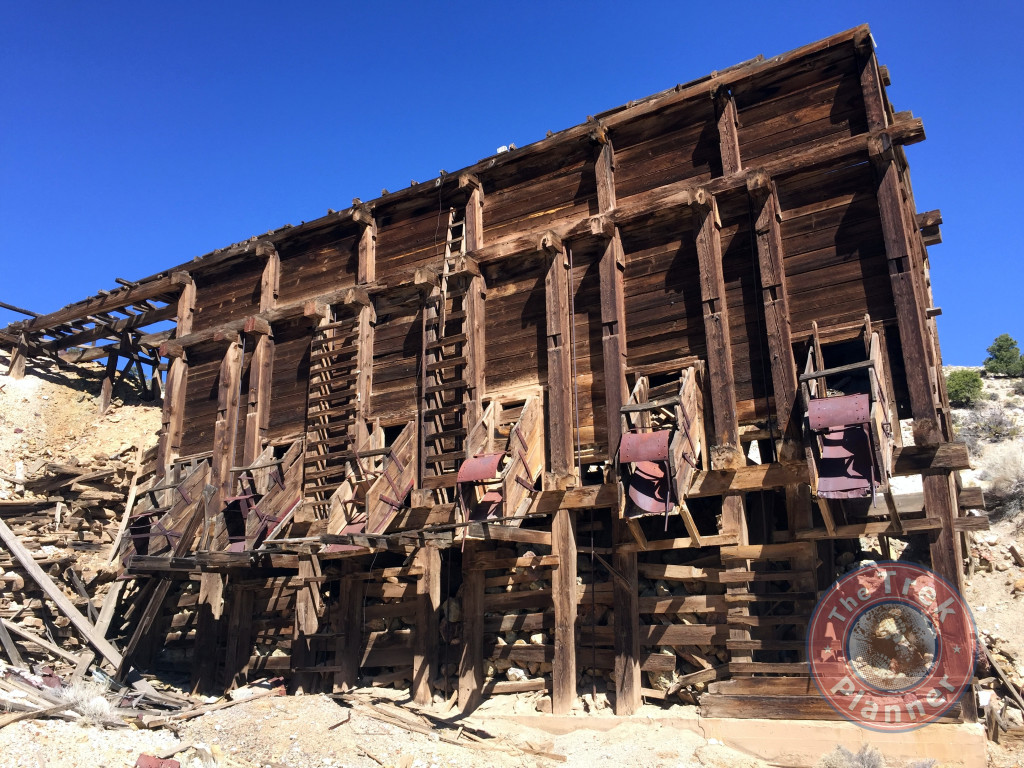
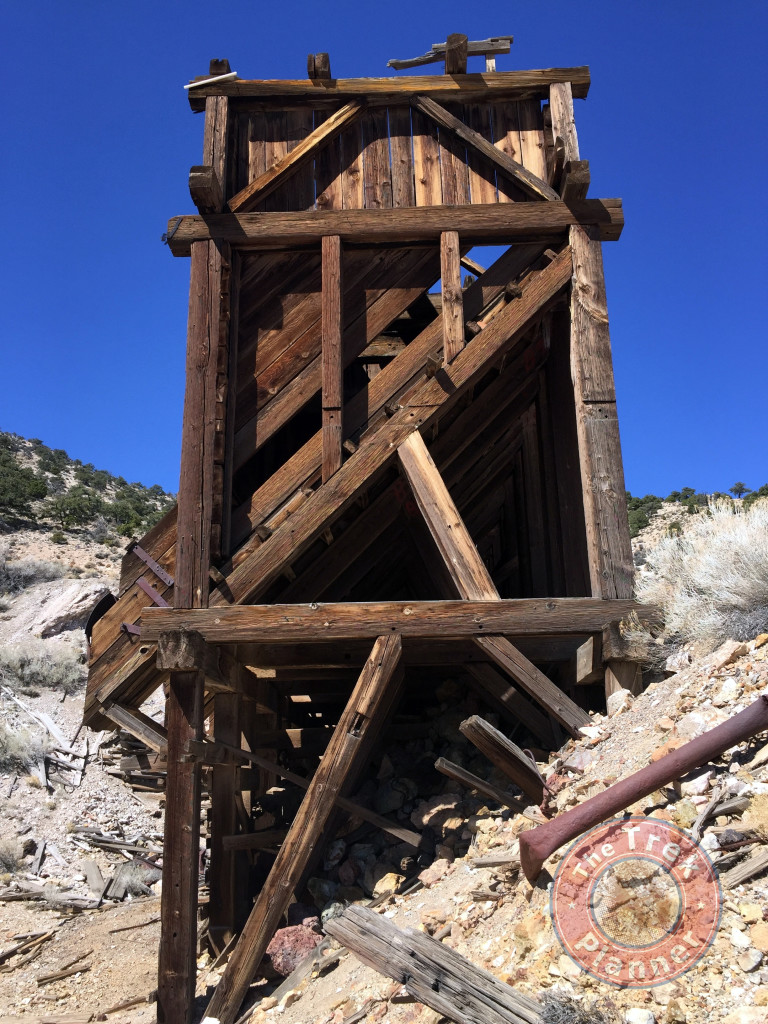
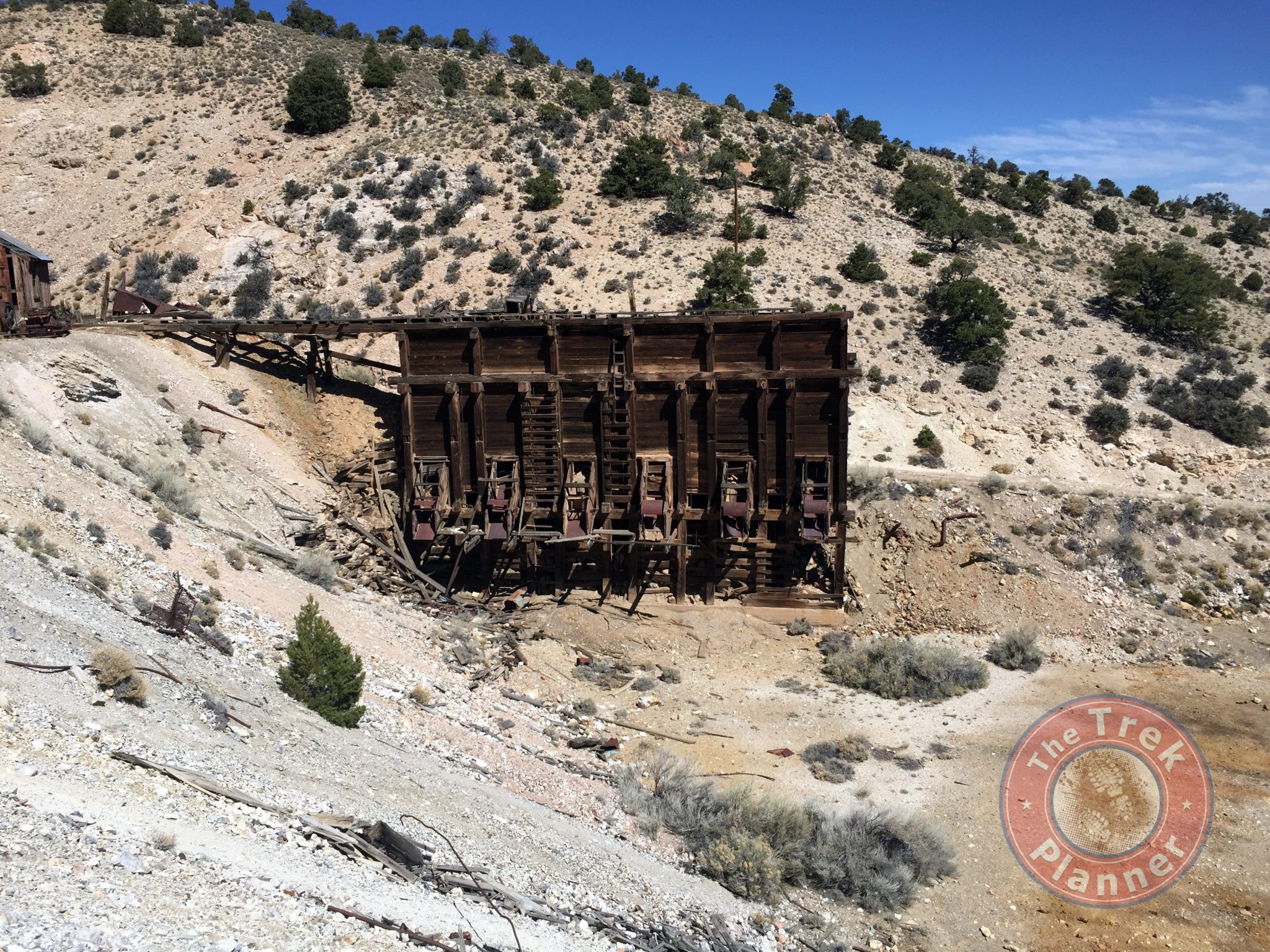
There was a road which I got on and went to the headframe to the Old King David mine entrance!
The headframe is probably over 50 feet tall and still structurally sound. The entrance is gated over with rebar and you can still see the ore bin which was used probably thousands of times bringing ore and miners to and from the surface.
!Caution – The Old King David mine shaft has poisonous gas coming out of it! Do NOT approach!
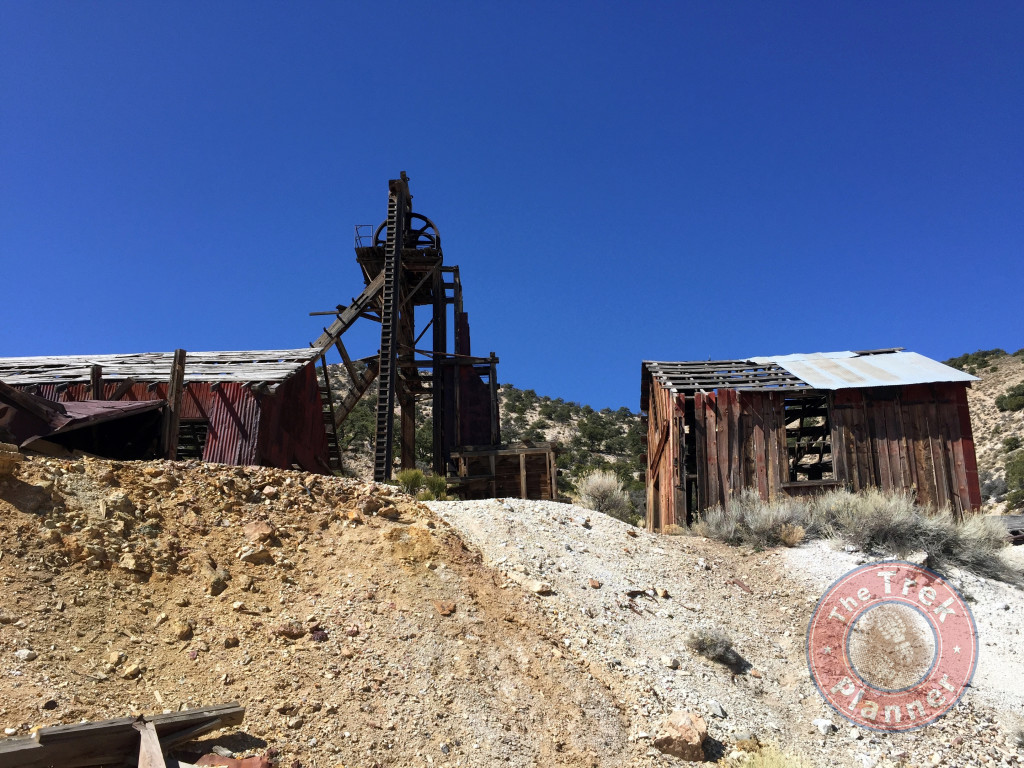
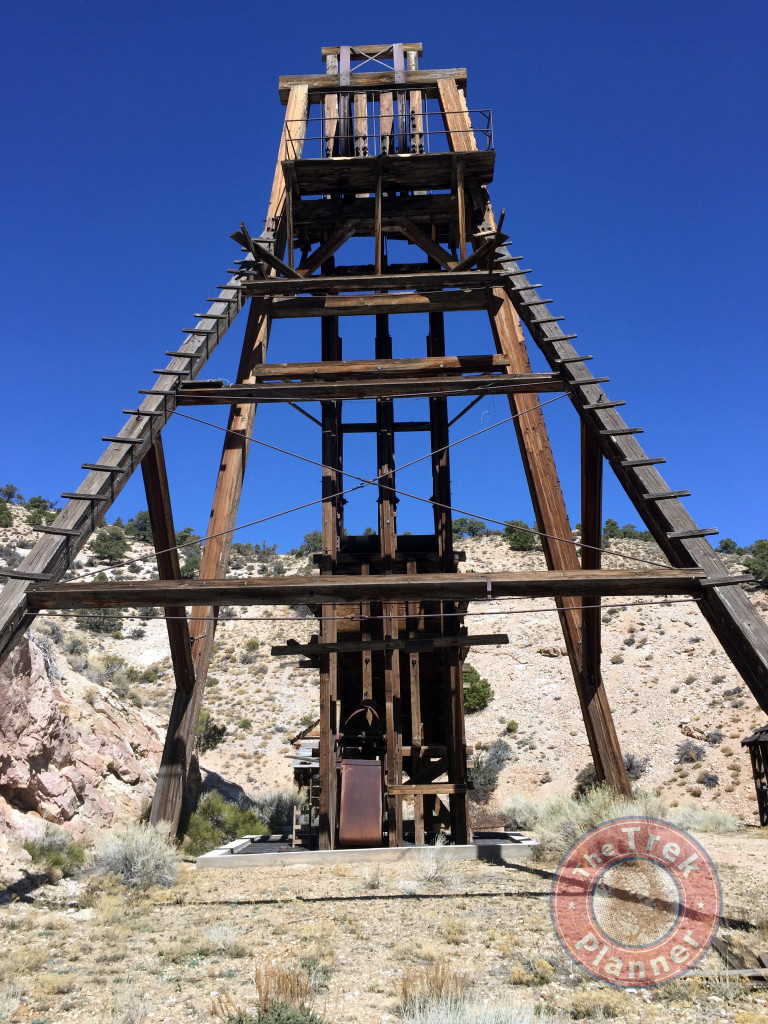
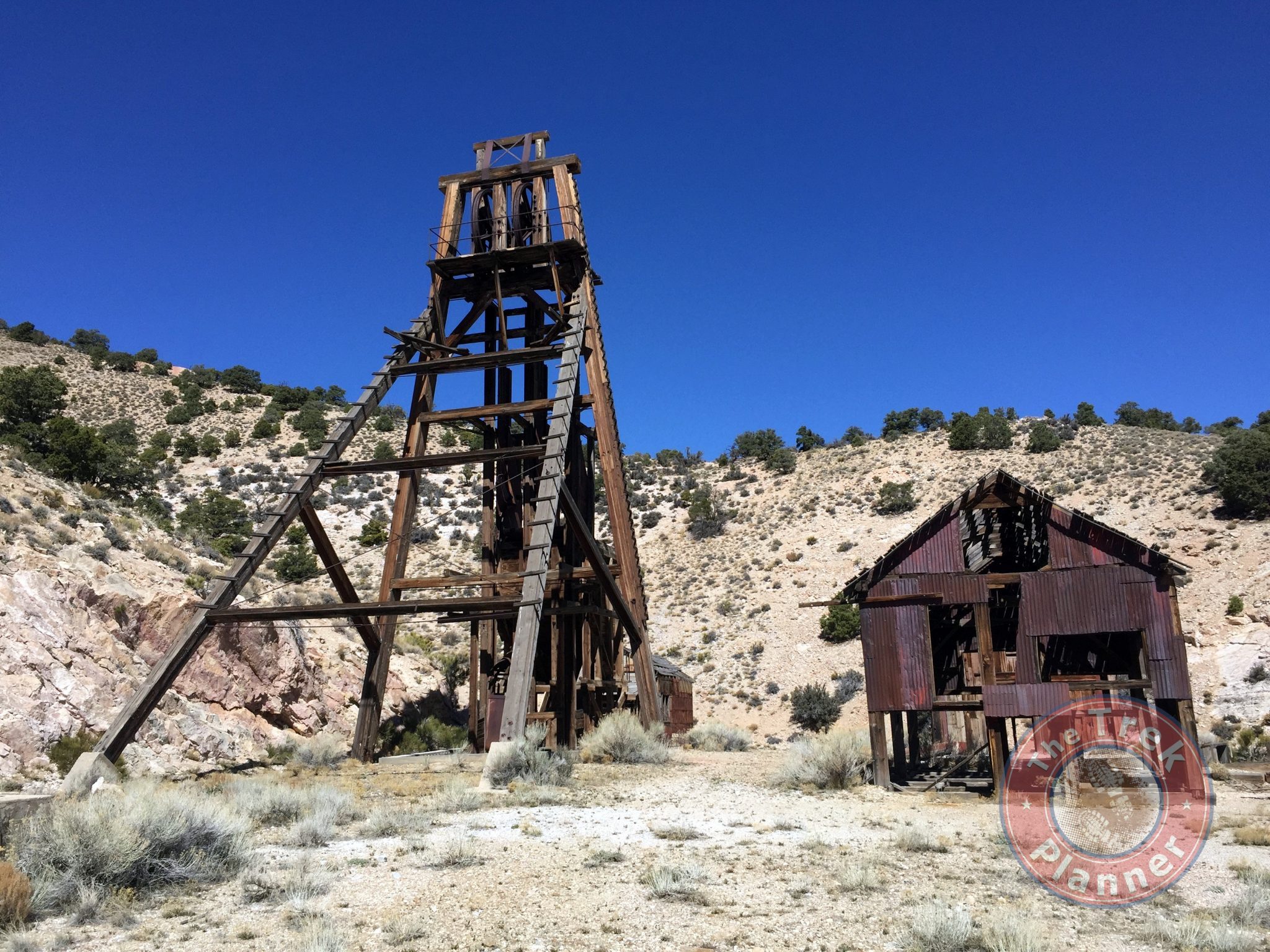
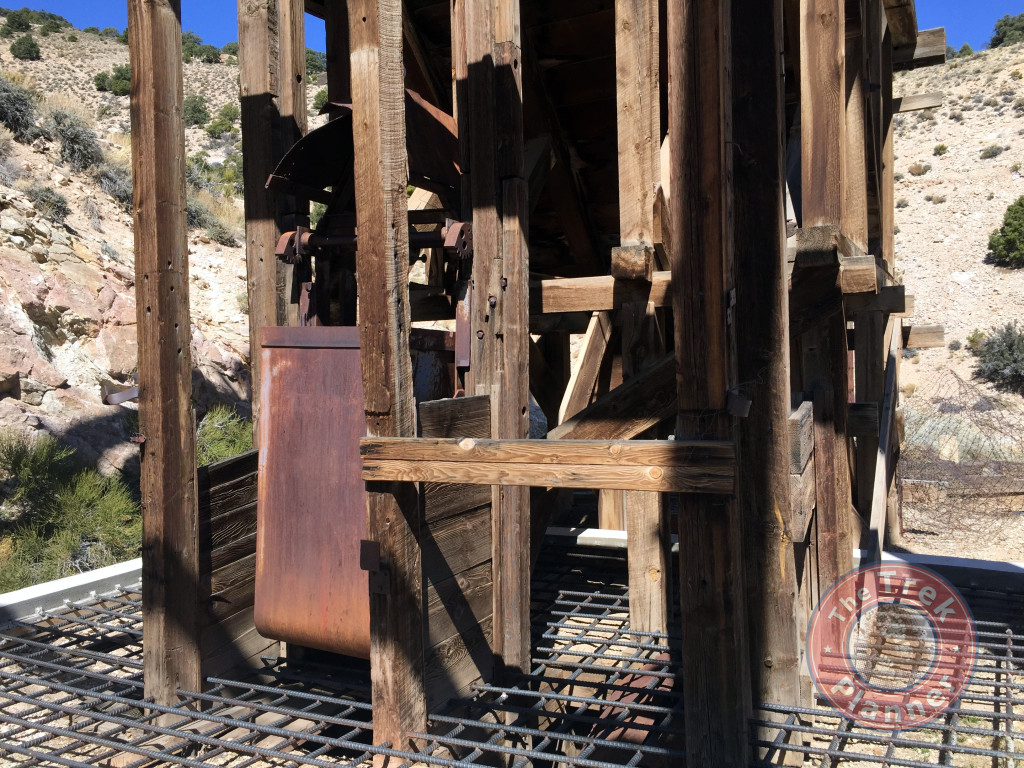
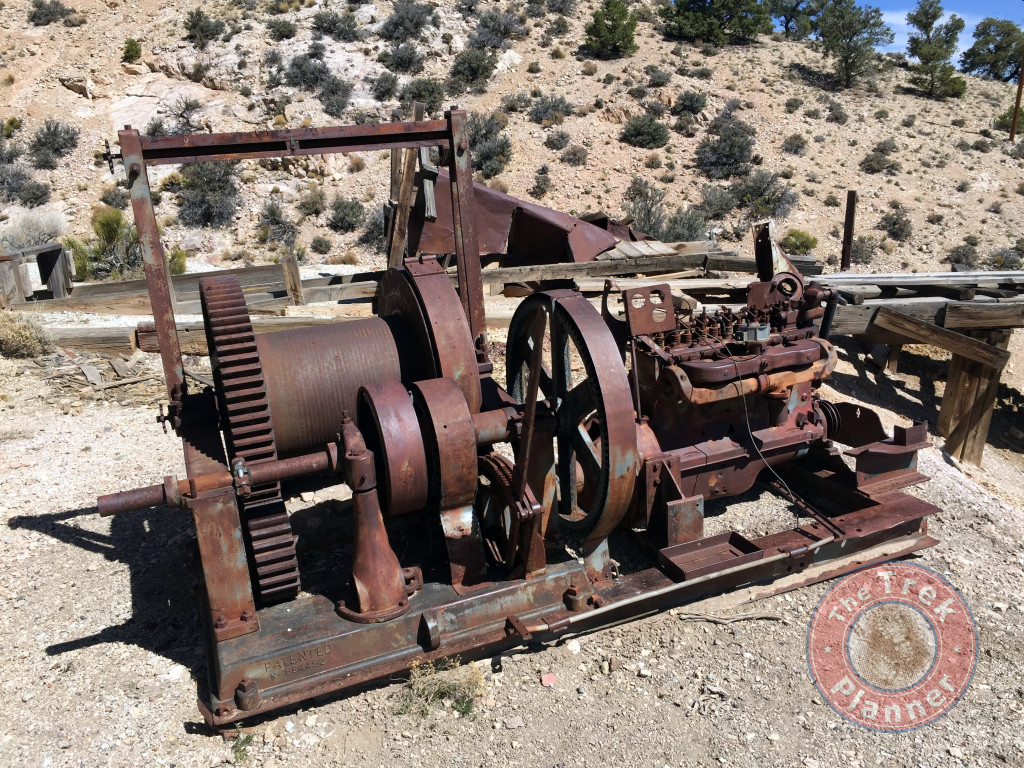
As I took a close picture of the opening I got a whiff of a propane type smell. It was off-putting and after being near the shaft for about 30 seconds I started to get a little light headed. Once I realized what was happening I quickly got away from the shaft and got to fresh air. I have read on some blogs that this is definitely poisonous gas. I would stay far way from this mine if I were you. But I’m curious as to what type of gas it was…but not curious enough to go back to find out!
Once I was again in fresh air, I started to feel better and continued on with my exploration.
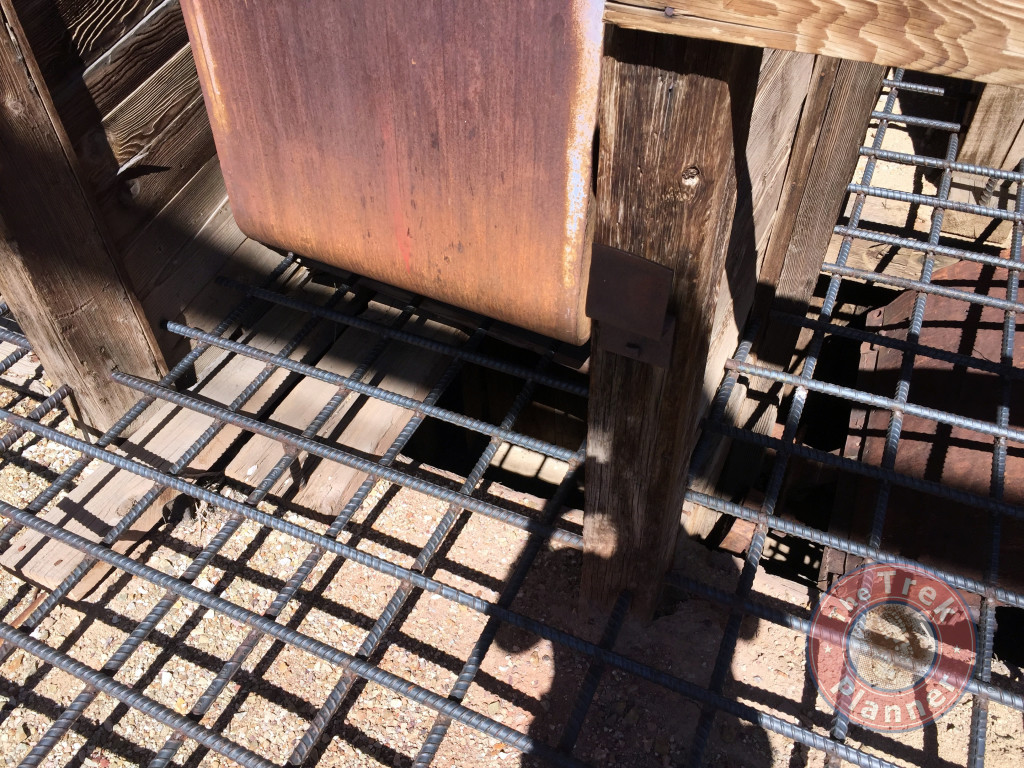
I hiked a game trail a little ways away to get this shot of the headframe and ore hopper.
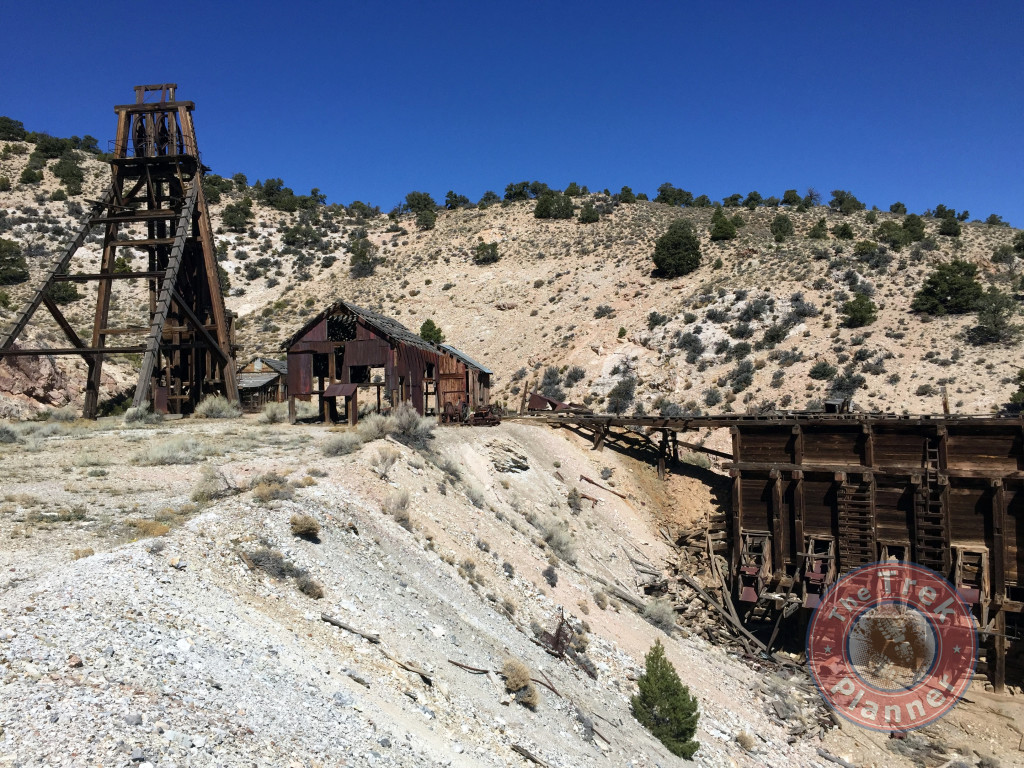
I found this old photo of the headframe from the Davis County Clipper of all places.
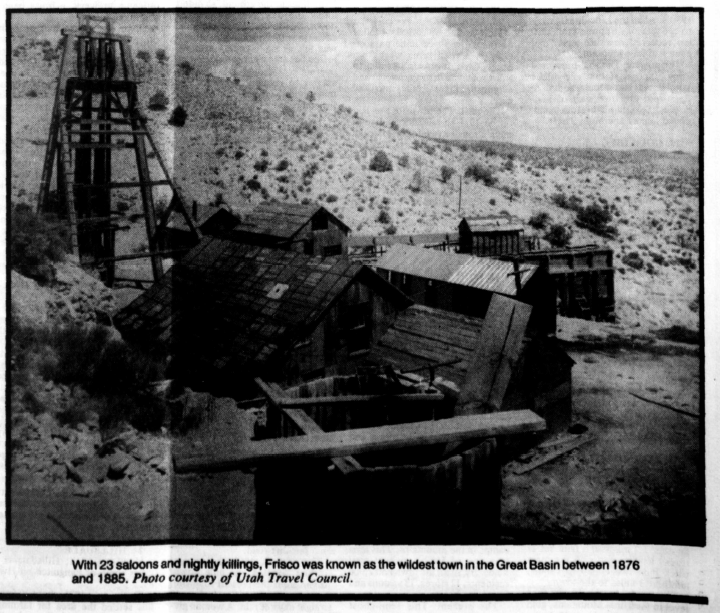
Aerial Photos
Here are some photographs from my drone.
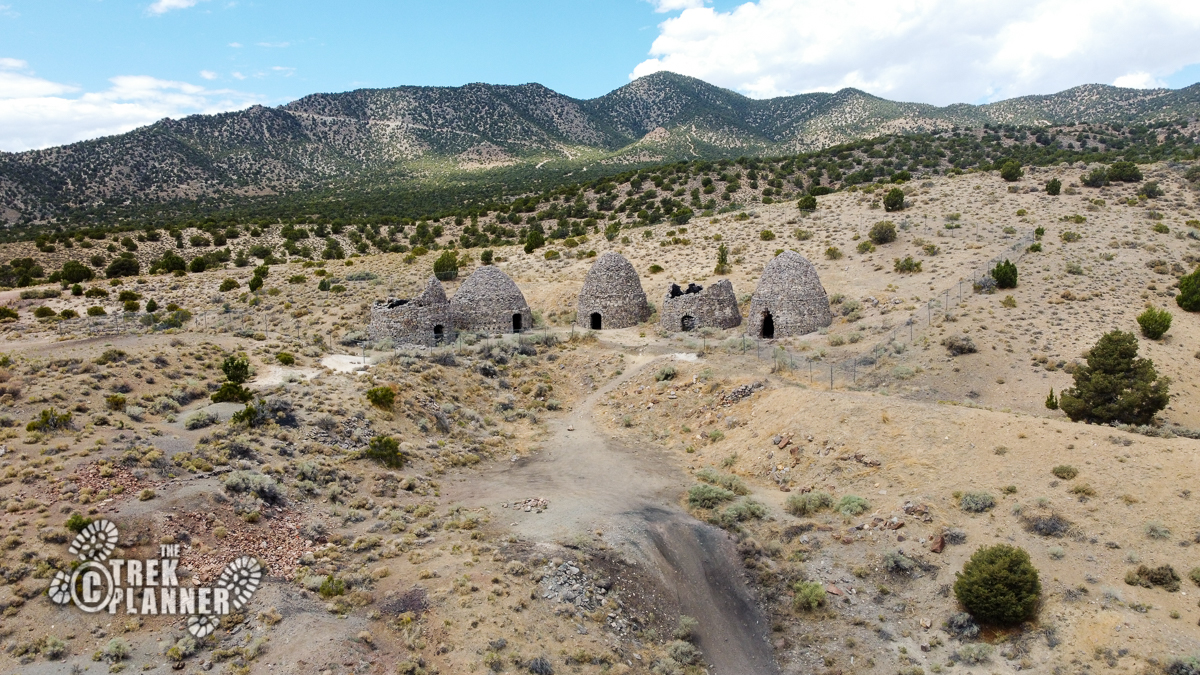
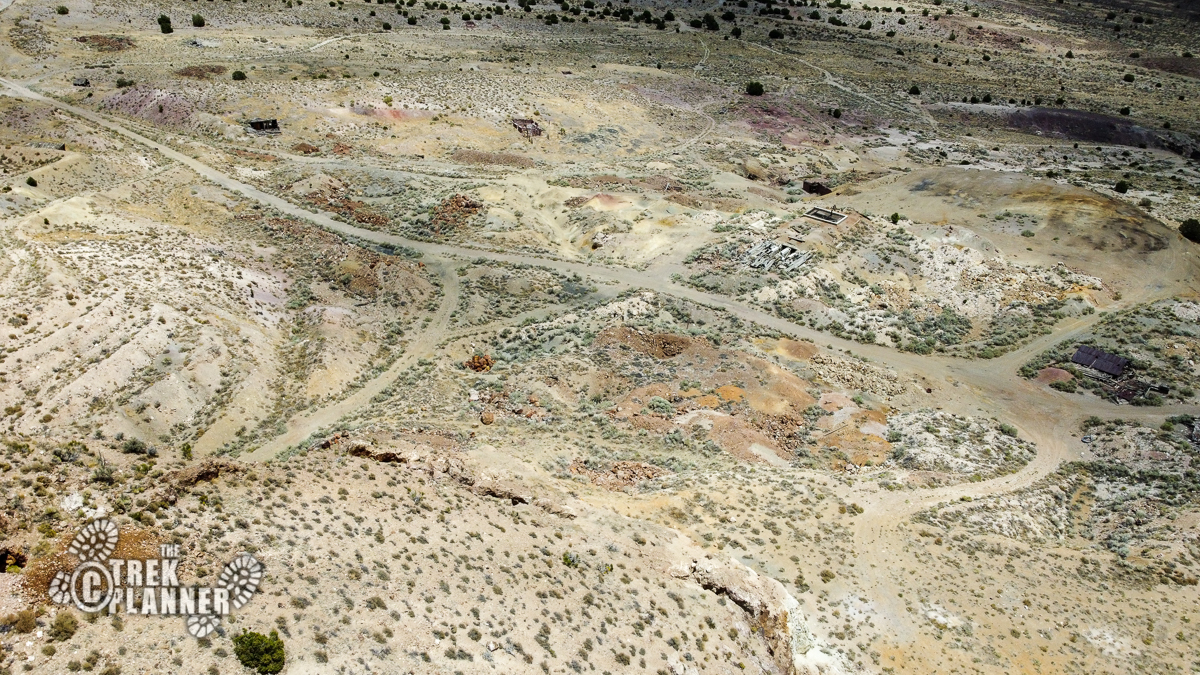
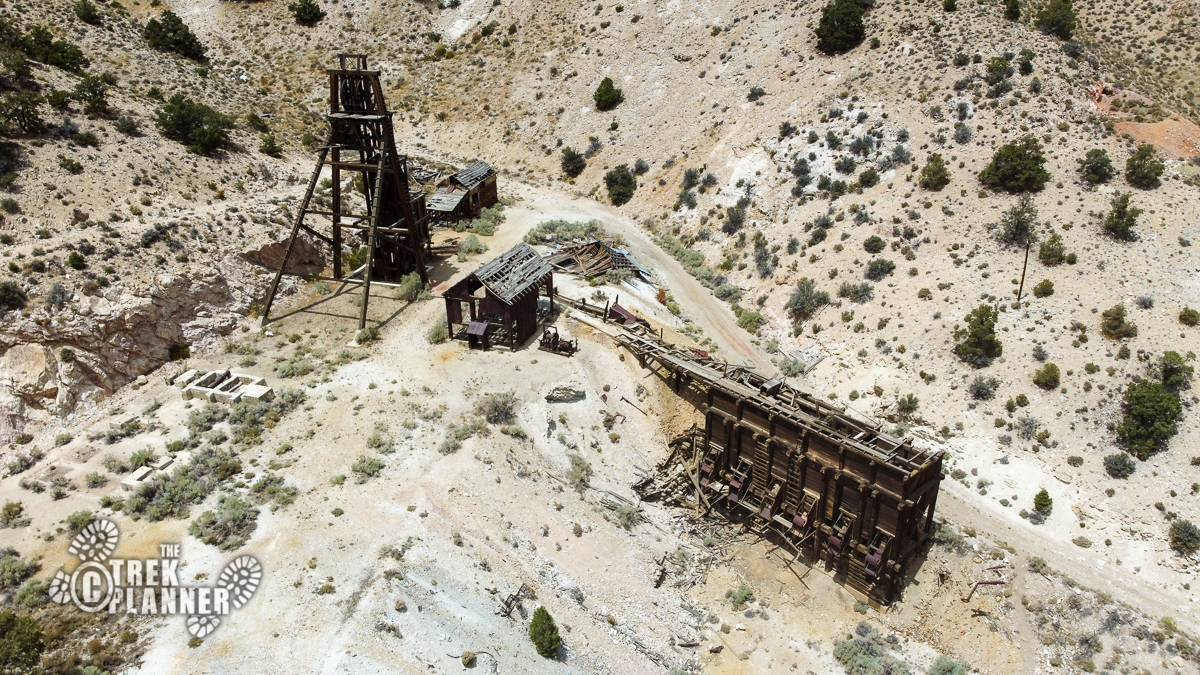
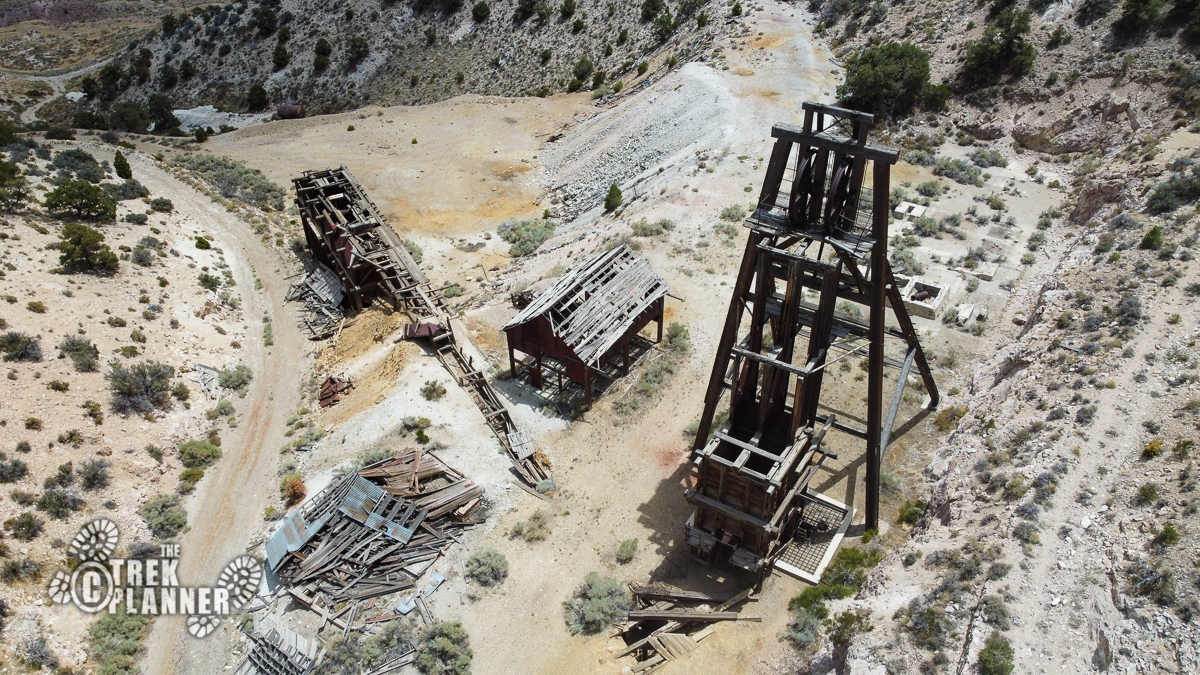

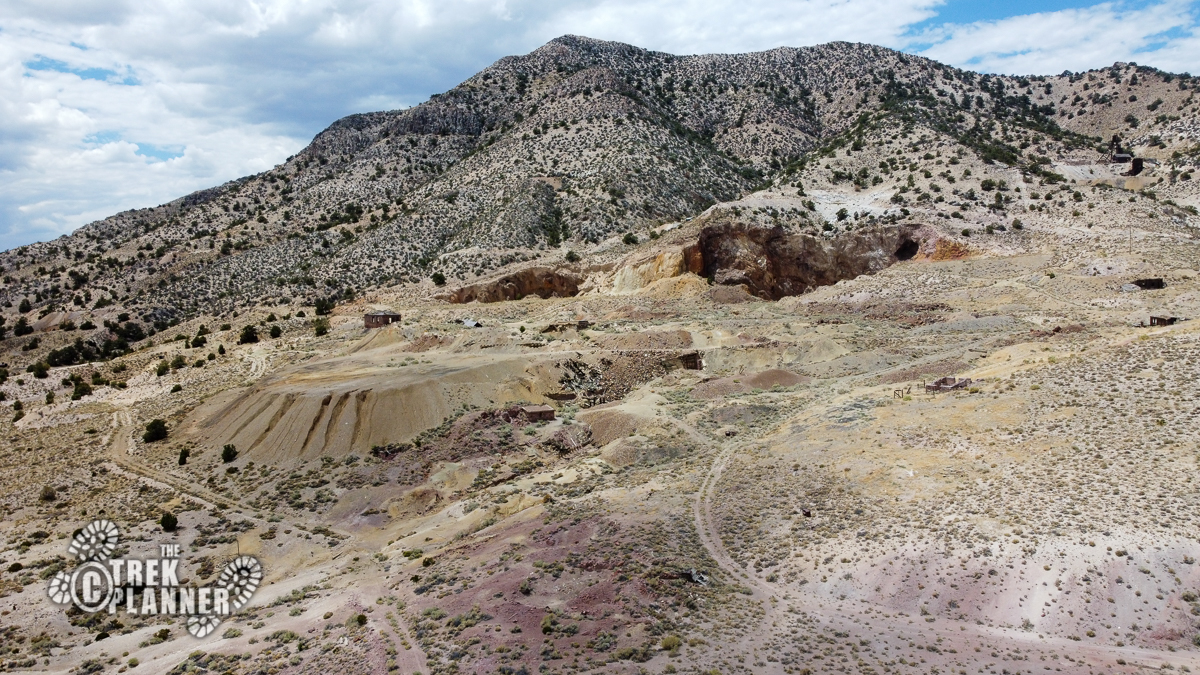
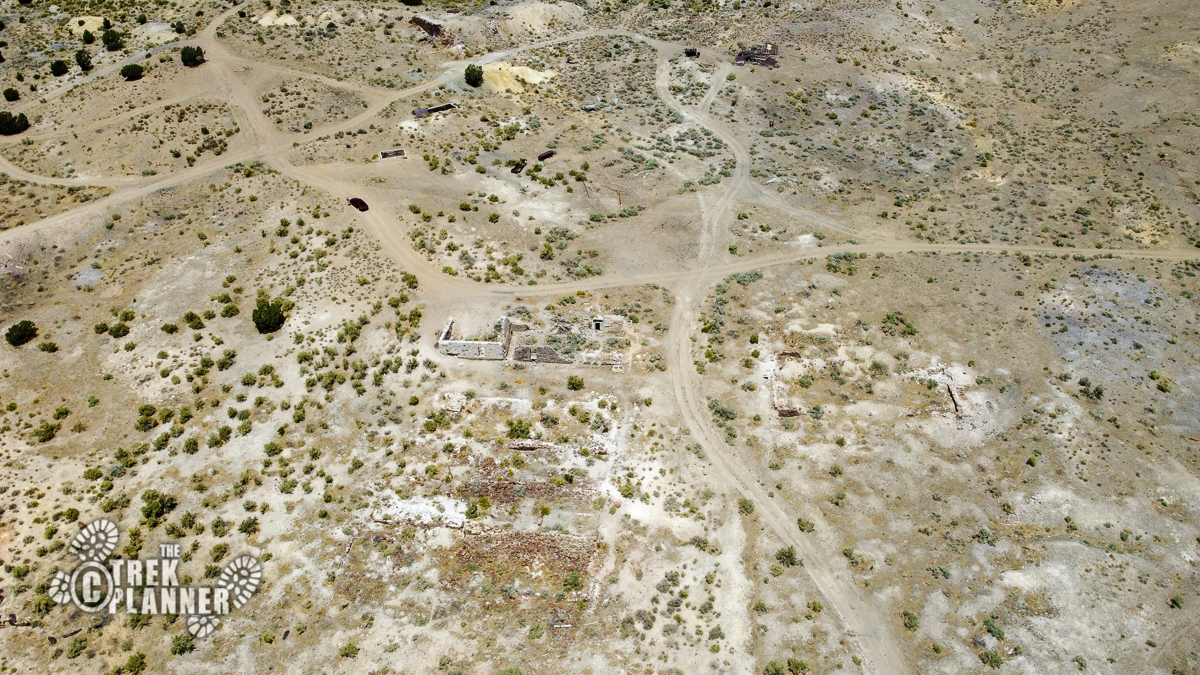
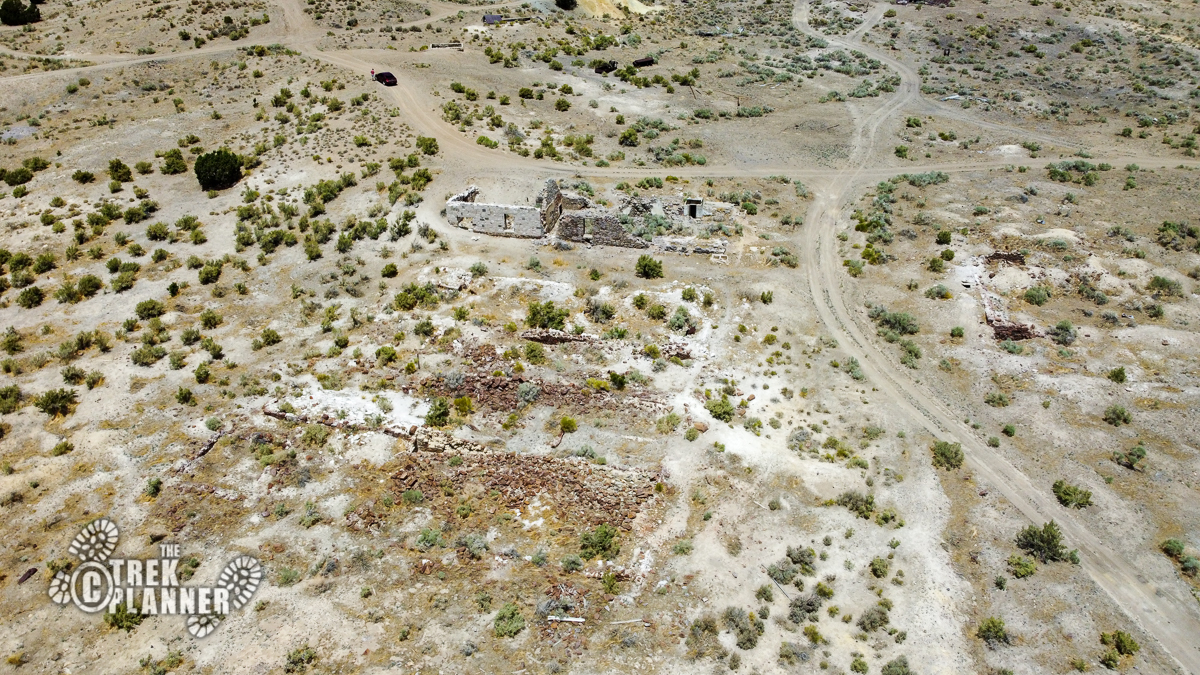

This massive section is only for Trek Planner Insiders only!
This content is locked
(memberships are currently unavailable)
The People of Frisco and Horn Silver mine
These are just some of the people I have found that were associated with the Horn Silver and Frisco. I believe it is important to make a record of as many people as I could find that were involved with this area.
Not listed in any particular order of date or name.
- Clyde Menlove was the assayer during the 1939s
- Tony Svalina leased out the south end of the Horn Silver
- Karl Hanney was superintendant of the mine for some time
- Sidney B. Harman was mine company manager for some time
- Lorin Morris is president of the mining company during the 1930s
- A. E. Kipps was manager of the Horn Silver for some time
- G.W. Seegmiller was principle of the school in Frisco
- Betty Compson and James Cruze were married in Frisco
- William A. Smith owned the Horn Silver mine during the early 1900’s
- R.H. Cameron was an owner of the Horn Silver mine for some time
- Melville Gillet twas an owner of the Horn Silver mine for some time
- G. henry Stetson was an owner of the Horn Silver mine for some time
- LaVera Sackett marries McMurrin Wulffenstein they were residents of Frisco
- Harry Roth was a resident of Frisco
- Ed Hall was foreman of the Horn Silver for some time
- J.A. Walker was a resident of Frisco
- Leslie Davis was a resident of Frisco
- Paul Jennison was a resident of Frisco
- Ed Lidville was a resident of Frisco and foreman of the Floatation mill
- O.J Nordberg is the nightwatchman at the Horn Silver mine
- Claude M. Thompson was a resident of Frisco and also master mechanic of the Horn Silver
- W.A. Buchanan and wife were residents of Frisco
- La Mond Blair and newly wed wife, Florence English, were residents of Frisco
- Frank Sackett was a resident of Frisco
- J.P. James was a resident of Frisco
- W.A. Buchanan was a resident of Frisco
- Essen Nordberg was a resident of Frisco
- Dave Jones was a resident of Frisco
- F.L. Osborn was a resident of Frisco
- A.D. McAulay was a resident of Frisco
- Anna Griffiths was a resident of Frisco
- Aileen Osborn was a resident of Frisco
- Mr. Tiel was a resident of Frisco
- I.R. Hilton was a resident of Frisco
- Sammy Hilton was a resident of Frisco
- James Ryan discovered the mine and vein in August 1875
- Sam Hawkes discovered the mine and vein in August 1875
- Henry Heldt was accidentally killed at the Horn Silver Mine by a boulder that fell on March 24 1896. From Two Rivers Wisconsin.
- Alan C. Wahsington was president of the Horn Silver mine for some time. From New York
- P.T Farnsworth or Philo T. Farnsworth was the Horn Silver Mine manager for some time. He was made manager of the mine in the year 1888.
- Allen G. Campbell bought the original mining claim to Horn Silver.
- Augustus Virum bought the original mining claim to Horn Silver.
- Dennis Ryan bought the original mining claim to Horn Silver.
- Matt Cullen bought the original mining claim to Horn Silver.
- Juan M. Ceballos was vice president of the Horn Silver mining company for some time
- Ambrose J. Harrison was secretary and treasurer of the Horn Silver mining company for some time
- Bache McEvers Whitlock – elected director to the Silver Horn Mining Company
- Juan M. Ceballos elected director to the Horn Silver Mining Company
- Theodore B. Moore elected director to the Horn Silver Mining Company
- John Sharp elected director to the Horn Silver Mining Company
- James Sharp elected director to the Horn Silver Mining Company
- Frank W. Jennings elected director to the Horn Silver Mining Company
- John Hilstead was the Assayor for the Horn Silver for some time
- Charles C. Thompson was a miner at the Horn Silver mine and owns the North Horn Silver and Copper company.
- D.P. Rohlfing provided maps and details of the Horn Silver mine to the Deseret Evening News
- J.G. Phelps Stokes of New York was a big shareholder in some Austin Nevada Mines and was checking out Frisco.
- Jay Cooke was a financier for the Horn Silver Mine
- J.P. Morgan was a financier for the Horn Silver Mine
- M.C. Morris was made mining manager at the Horn Silver Mine around March 1908
- T.P. Thorkildsen and Miss Agnes Roth both of Frisco were married.
- Evan Joseph is employed at the King David mine sharpening steel.
- William Barker is a miner at the King David mine and was struck by a cage but only suffered a dislocation of his shoulder.
- Mr and Mrs George L. Ellison residents of Frisco
- H.B. Sacket was from Frisco
- Jane Joseph resident of Frisco
- Mr and Mrs J.M. Goodwin residents of Frisco
- F. J. Osborne resident of Frisco
- Andrew Johnson popular miner of the Horn Silver
- E.R Smyth was a resident of Frisco
- Miss Violet Joseph was a resident of Frisco
- Eleanor and Anna Griffiths are residents of Frisco who attended Milford High School
- Wm. Mathews is working at the King David mine
Personal Thoughts
Frisco is the most extensive ghost town I have visited. I really enjoyed all of the old structures and mines scattered all over the place. But what really makes me enjoy Frisco and the mines is the history behind it. I could almost see it being made into some type of exciting documentary or drama. It has all the wild history, the exciting and romanticized mining exploration and it has many fascinating stories how the Horn Silver attracted the world's attention. I will definitely be back for a visit many times to come.


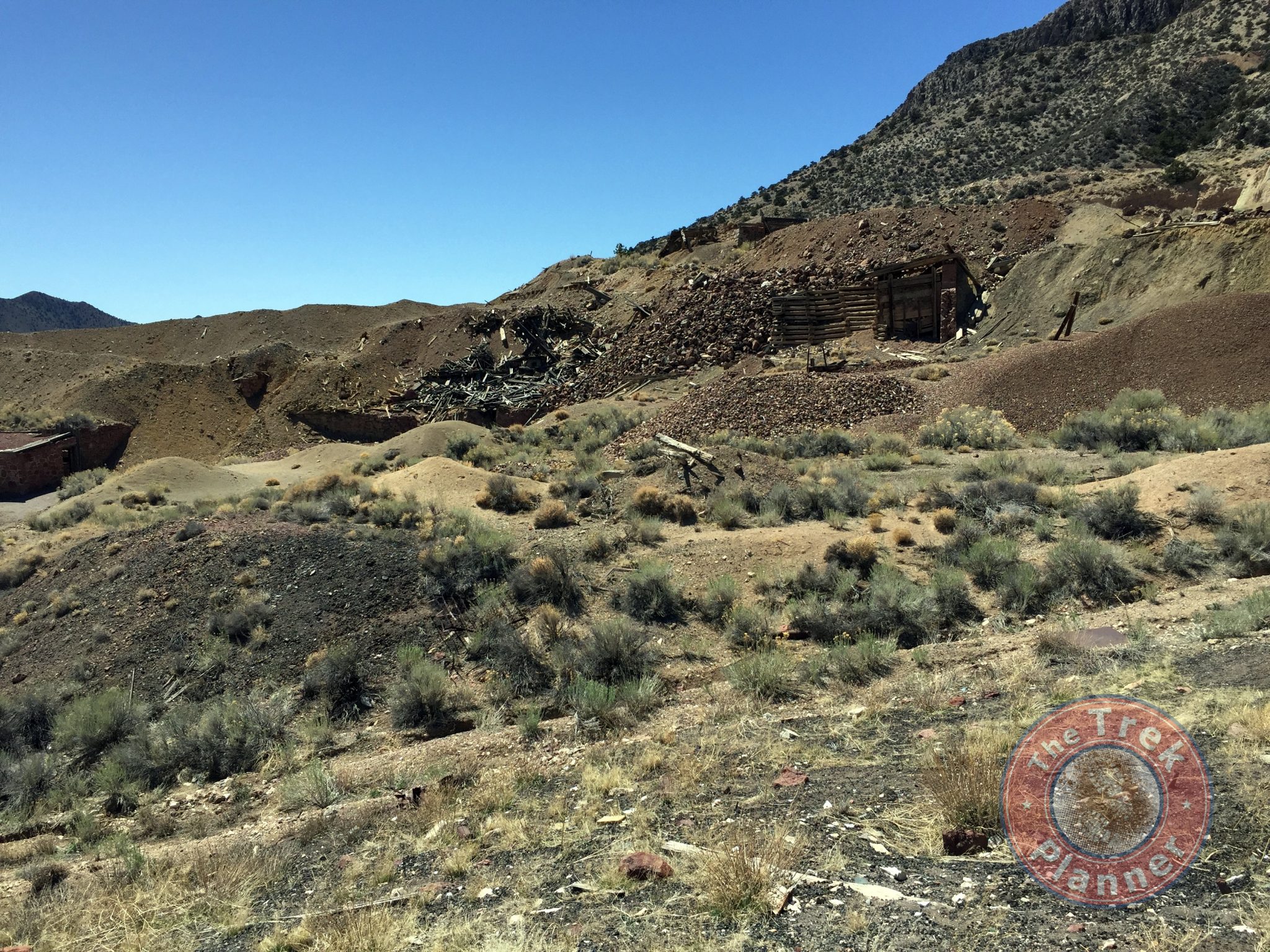
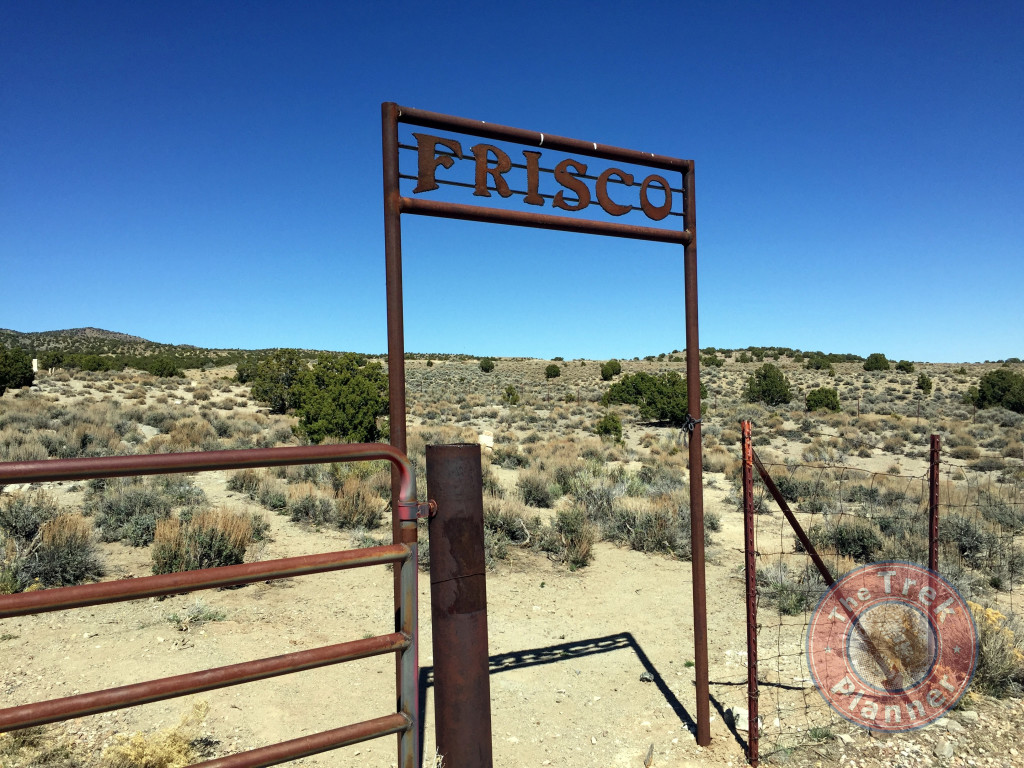
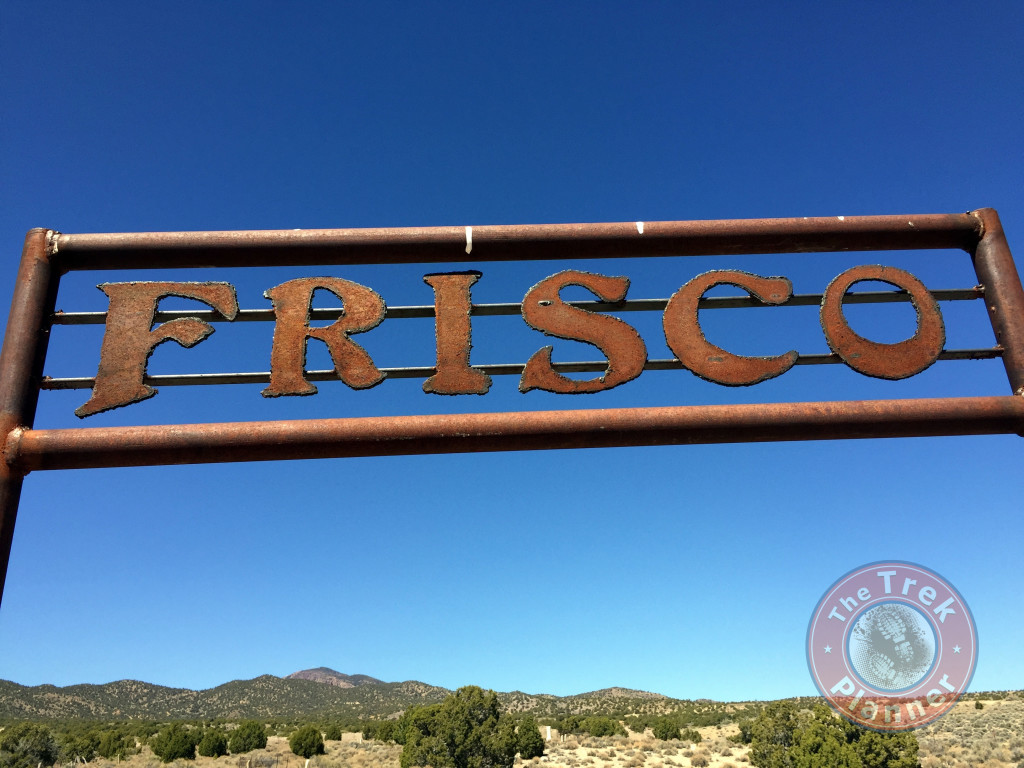
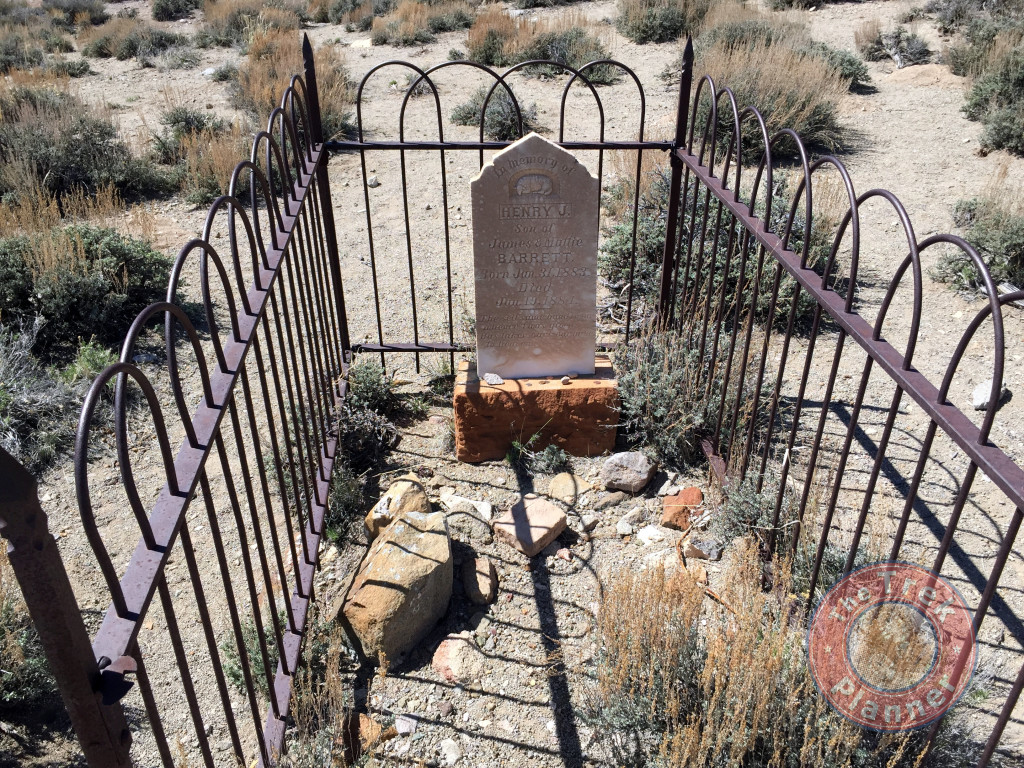
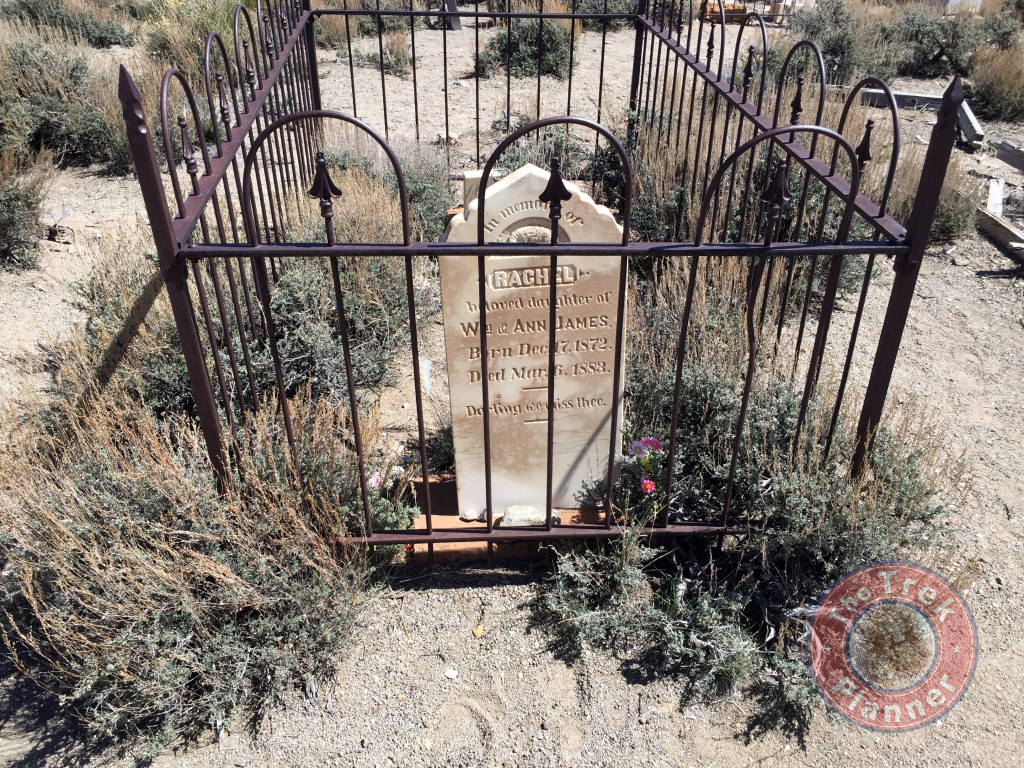
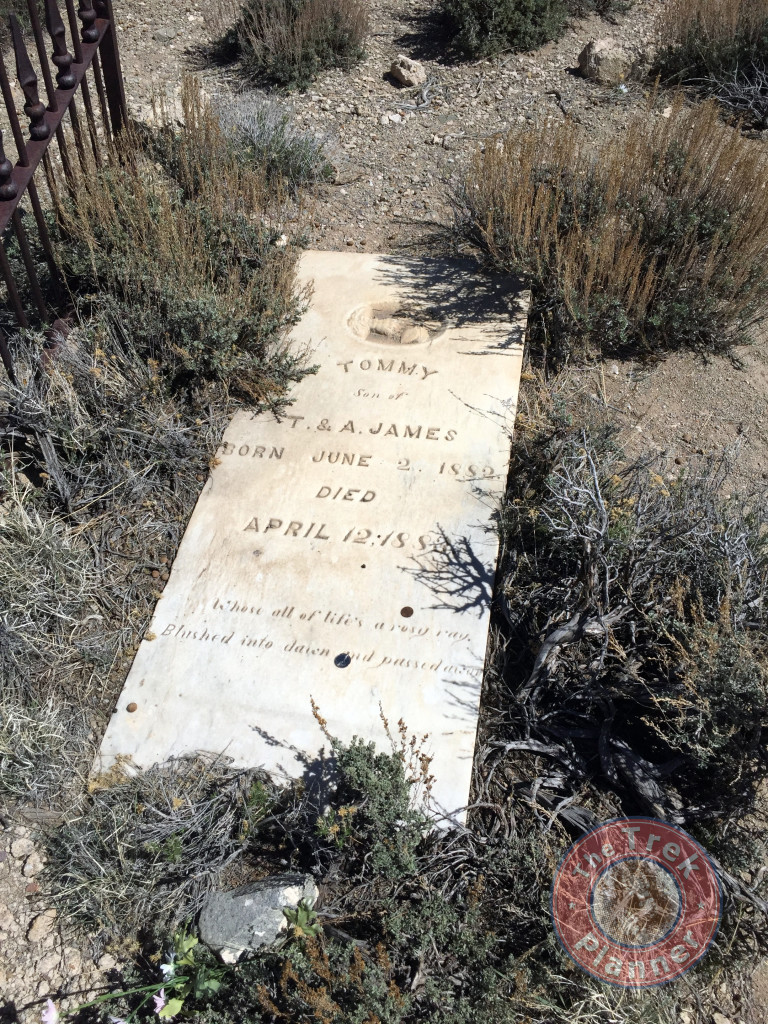
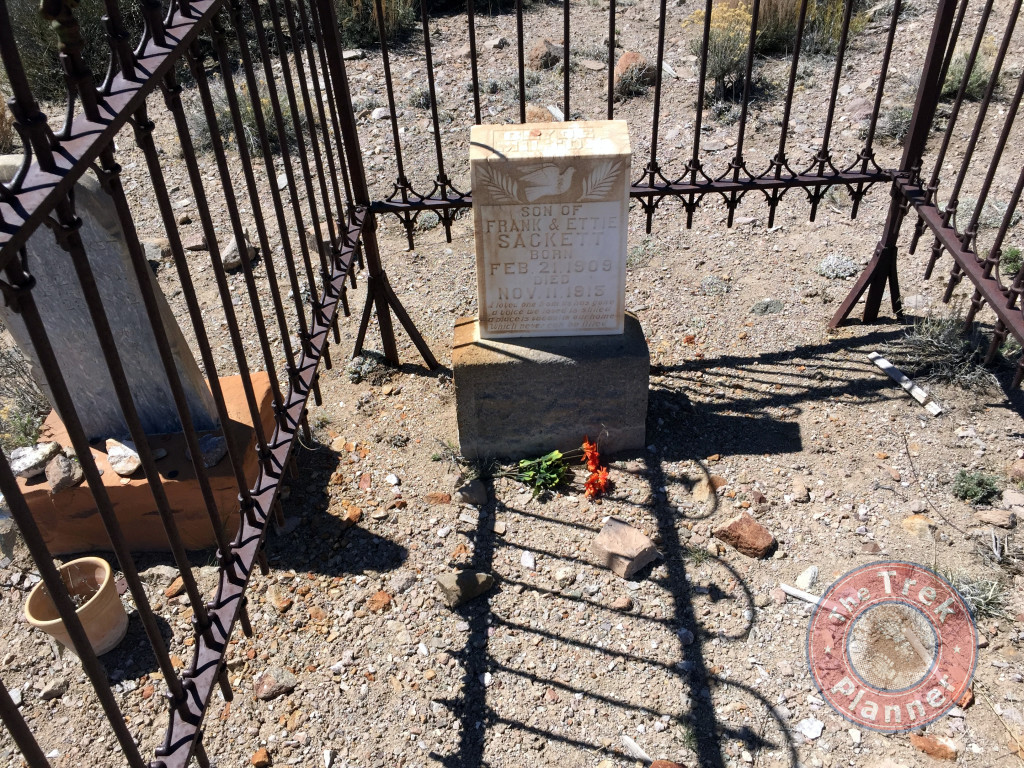
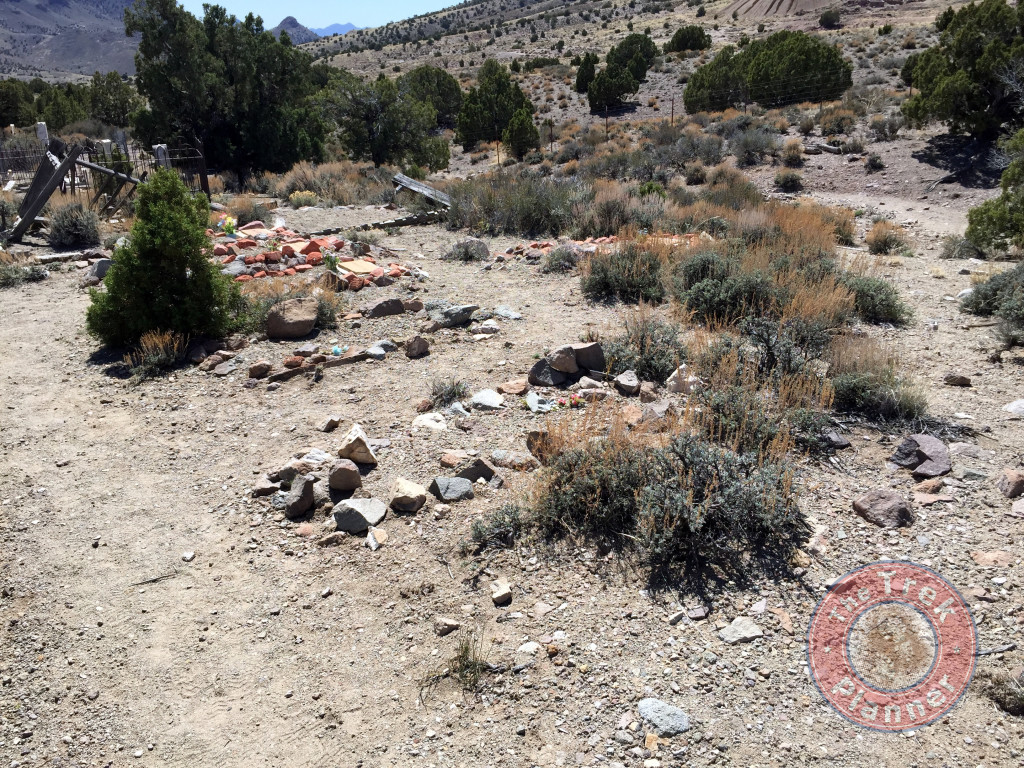
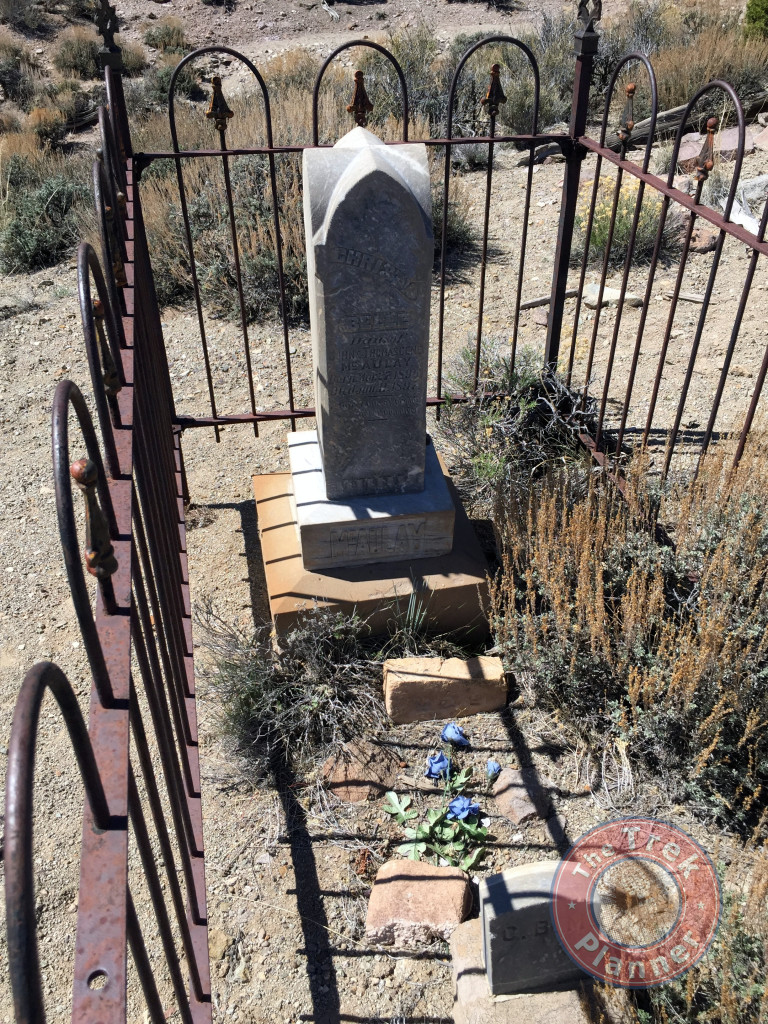
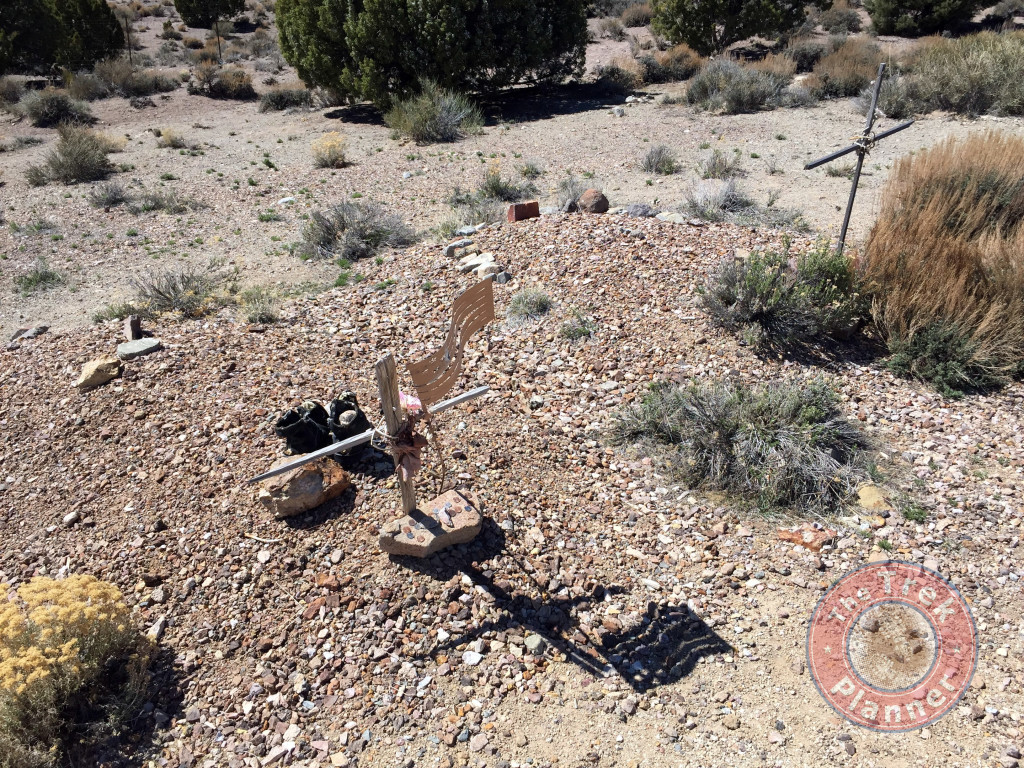
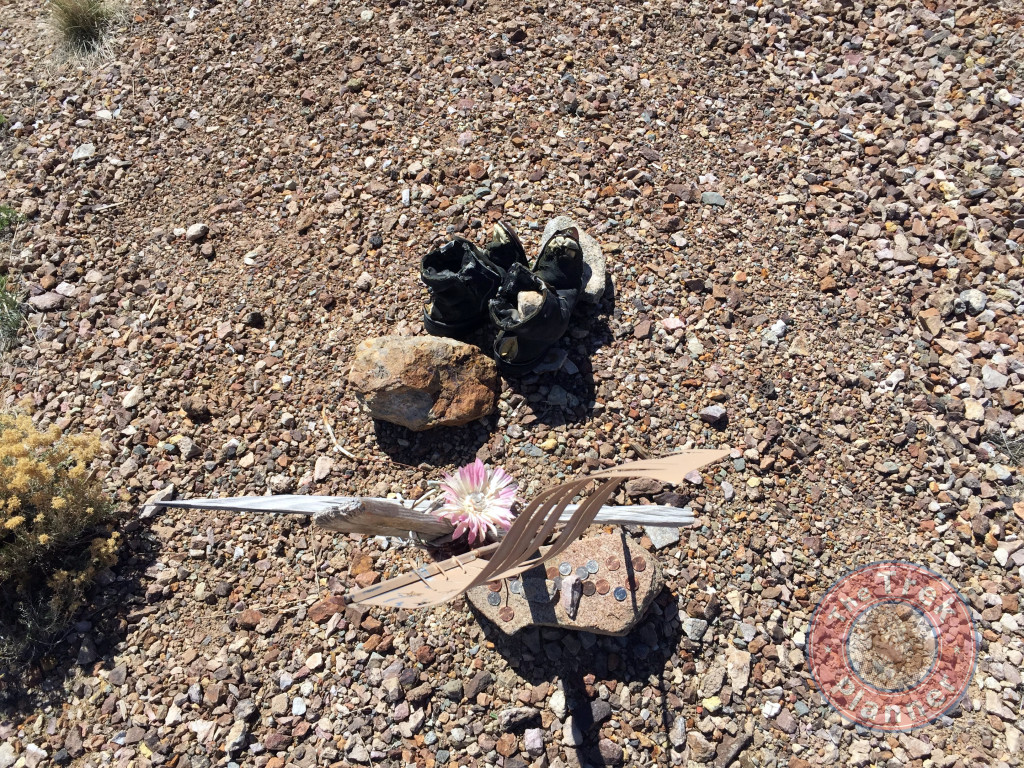
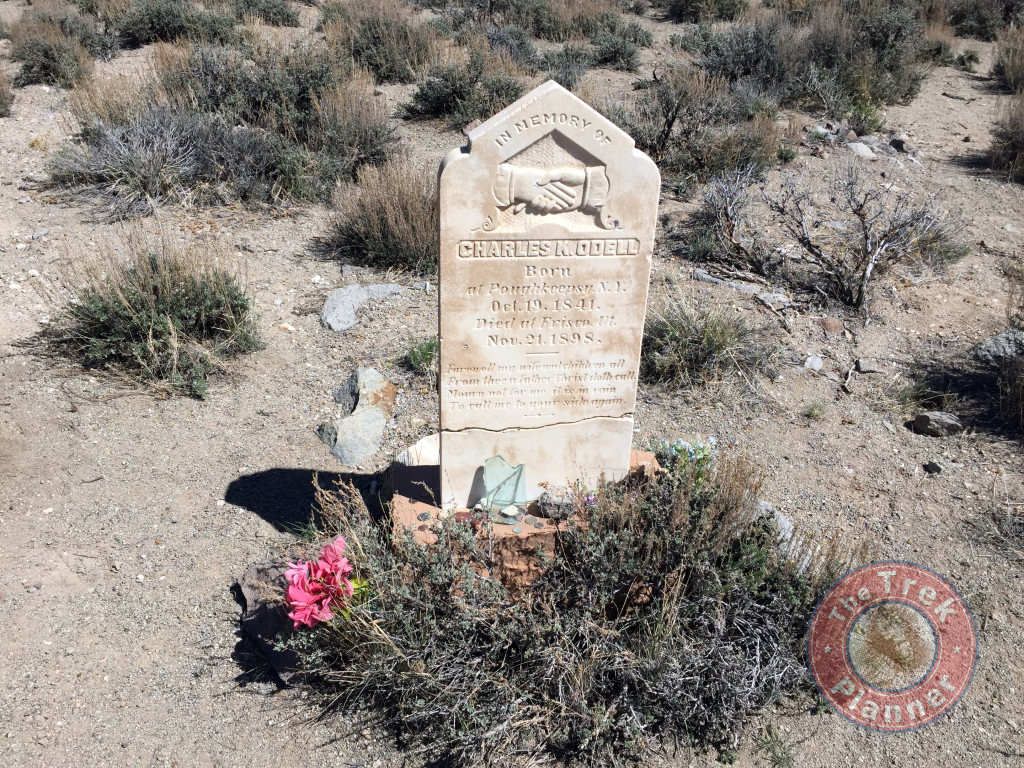
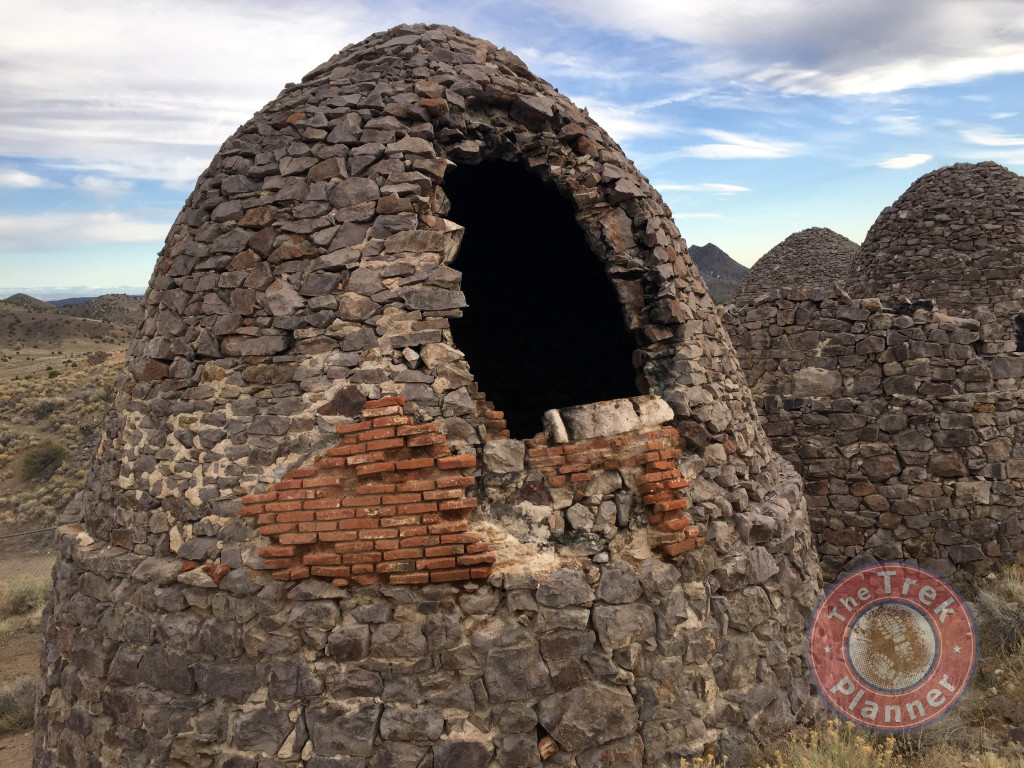
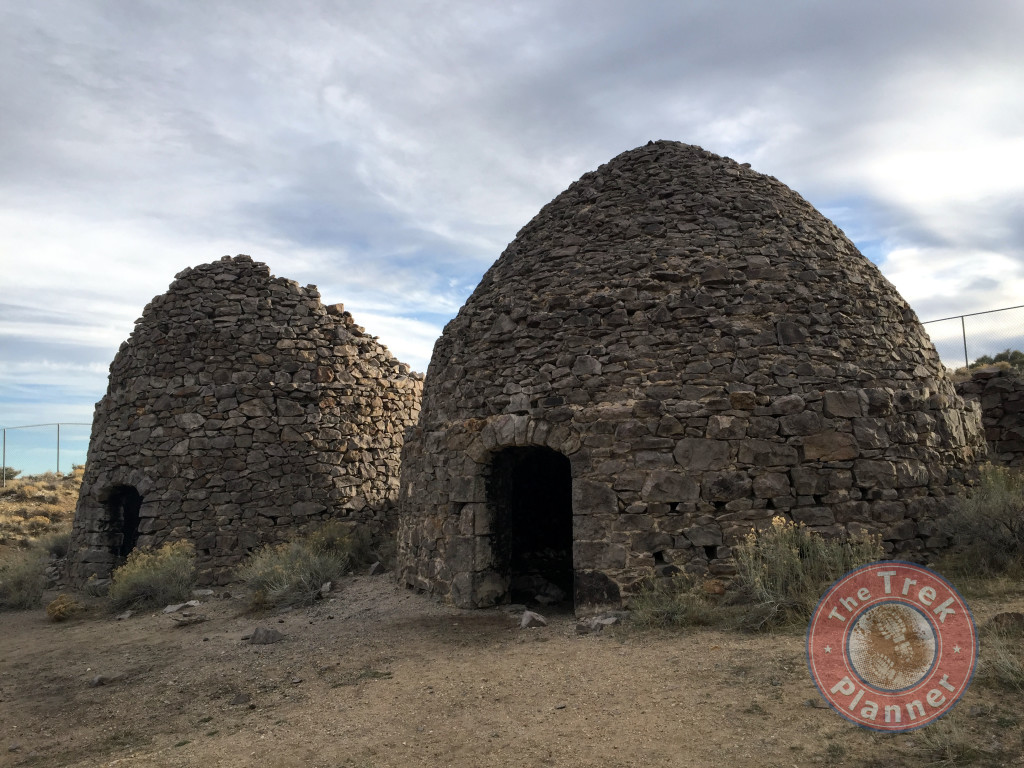
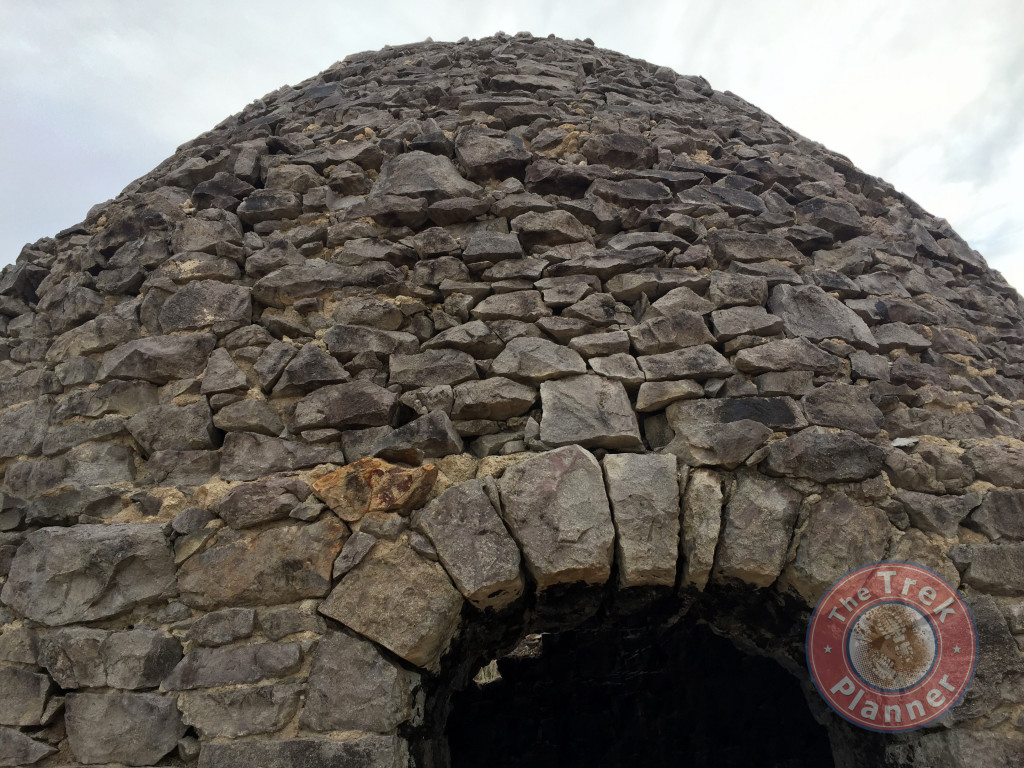
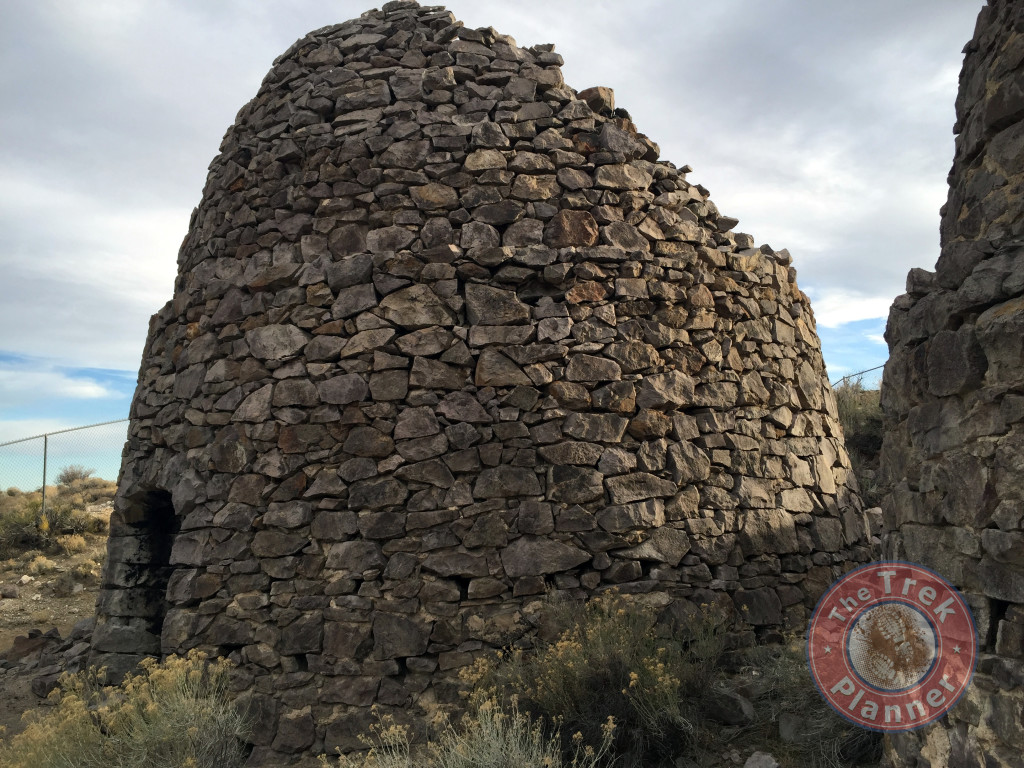
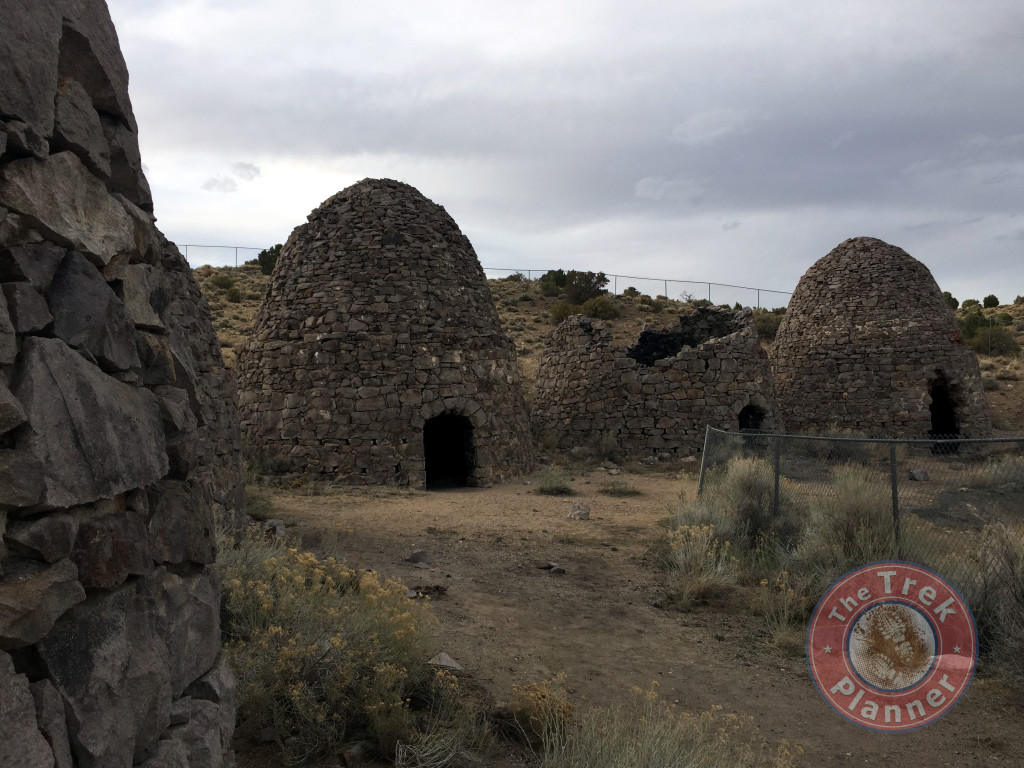
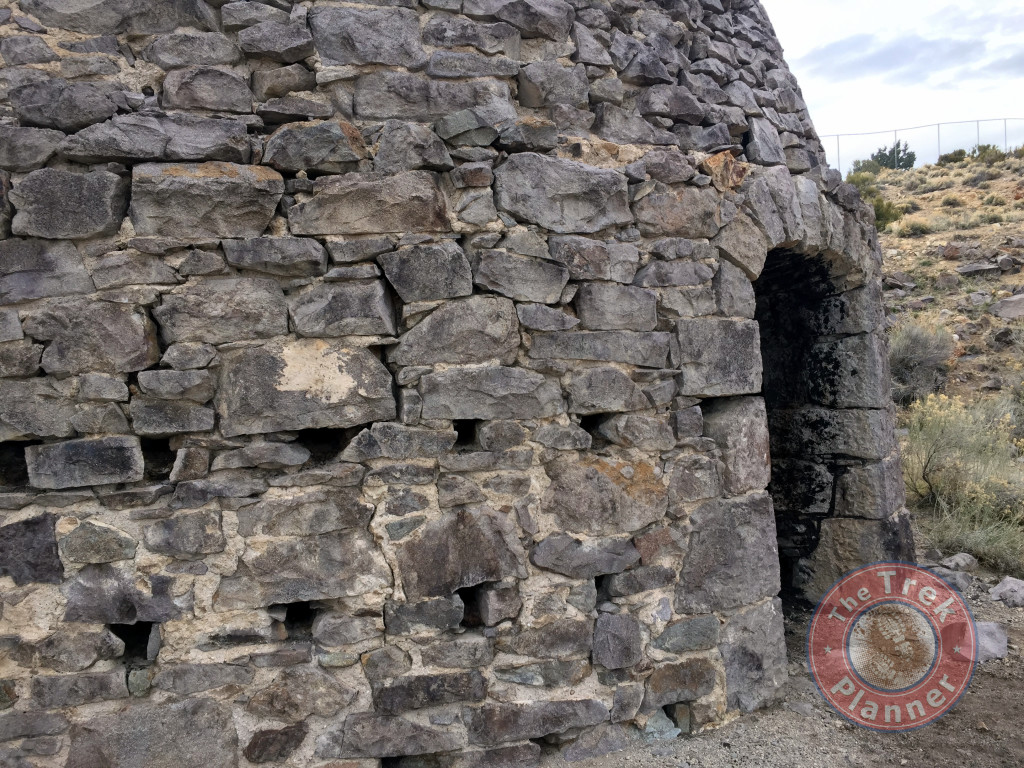
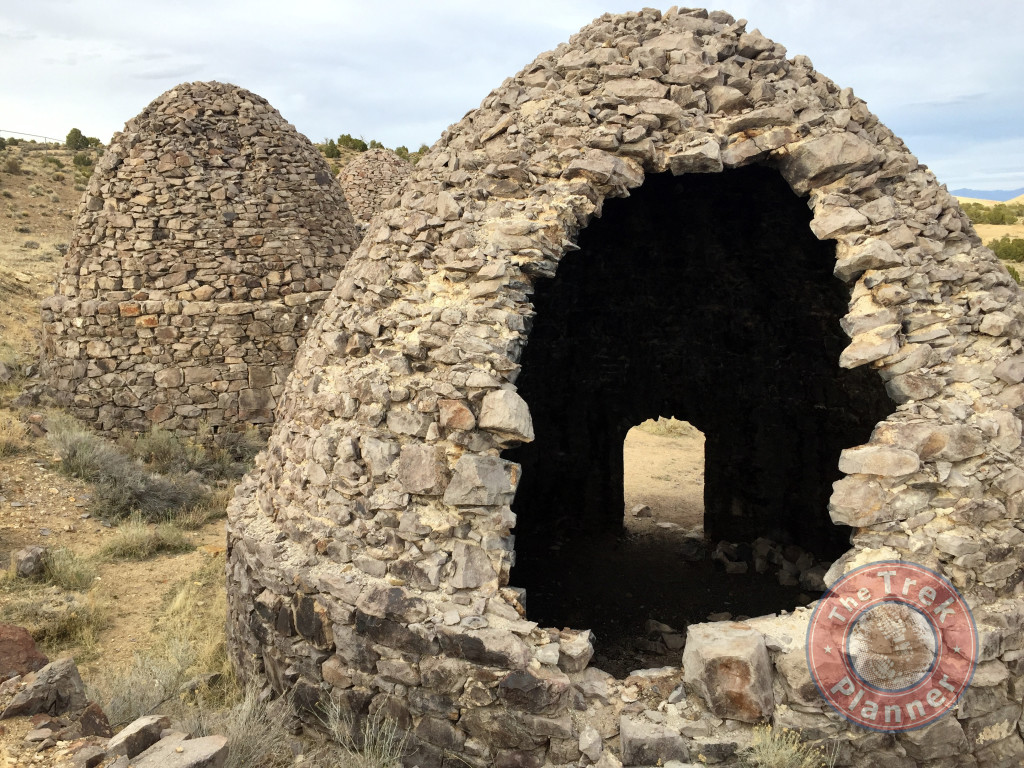
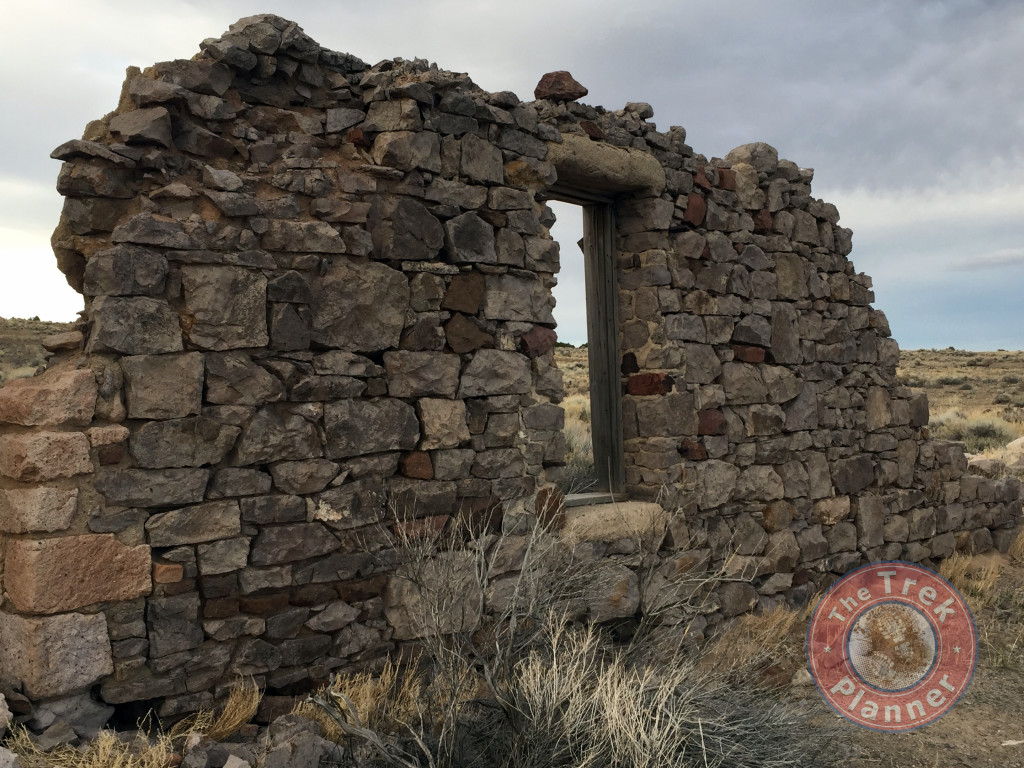
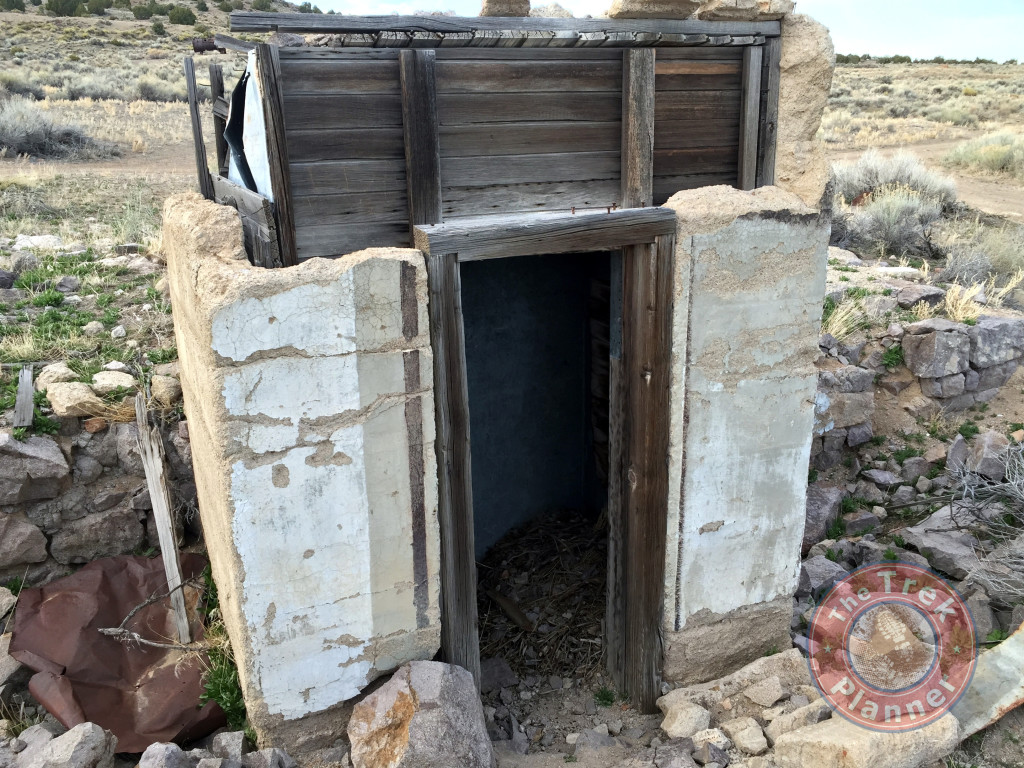
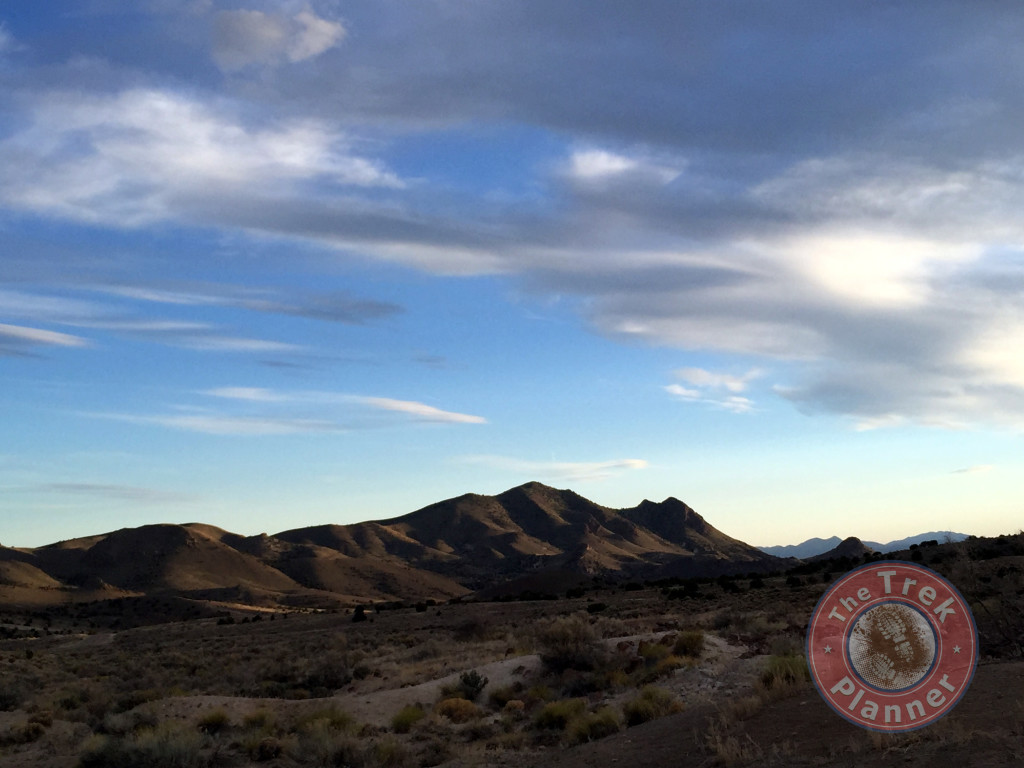
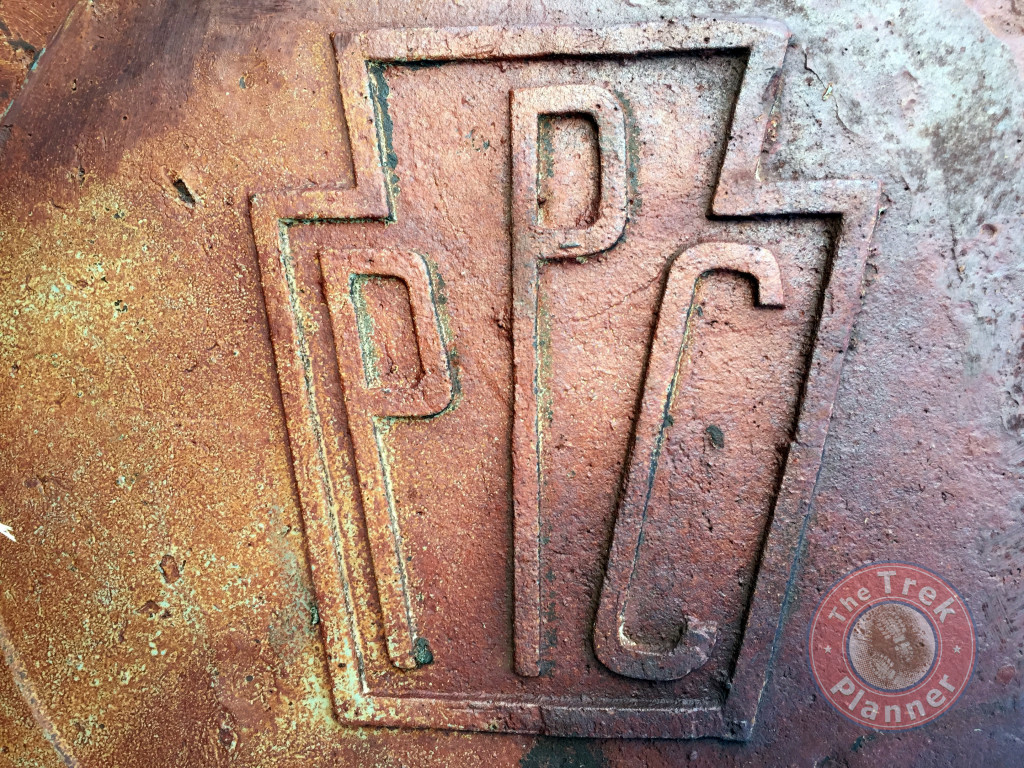
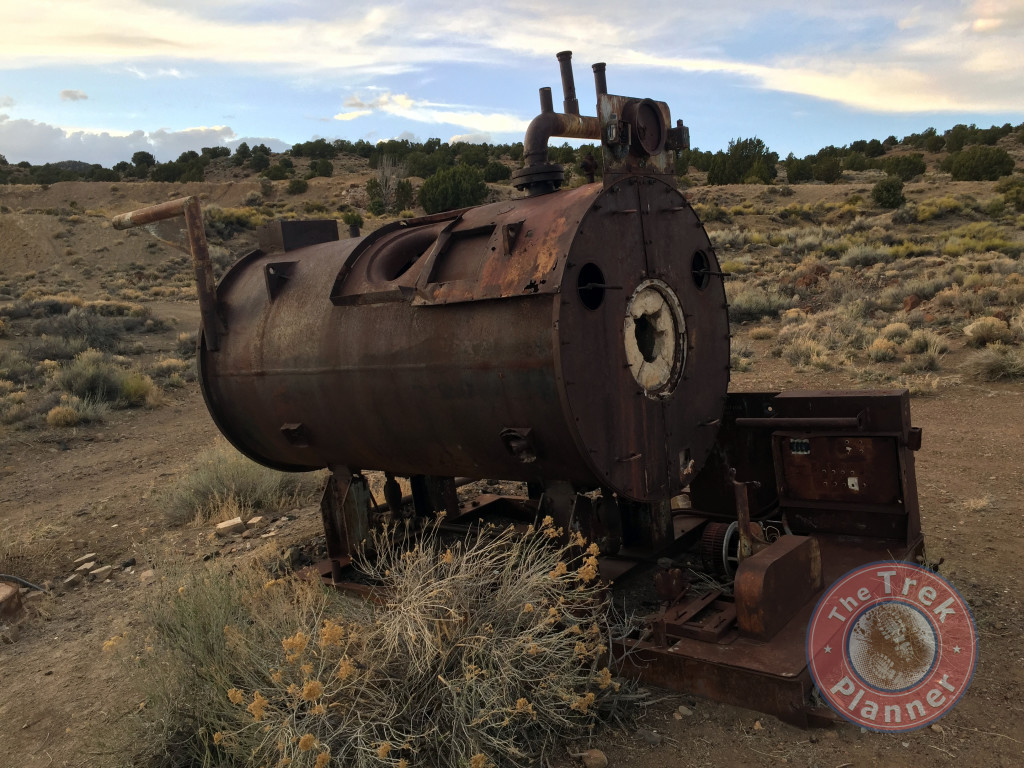
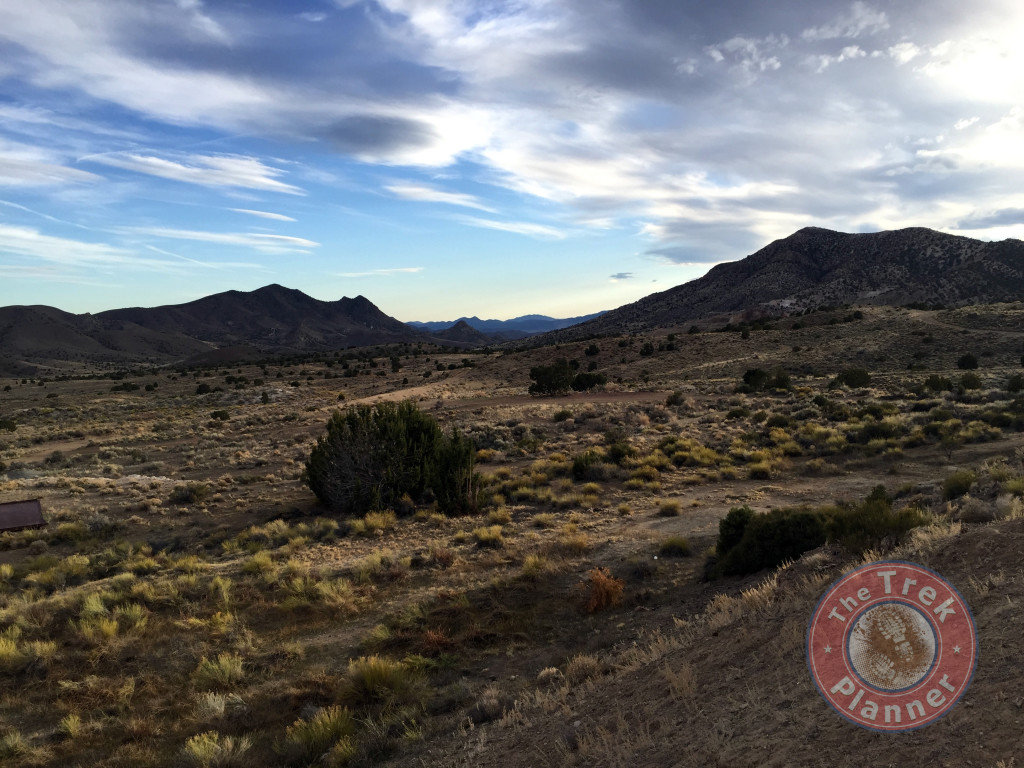
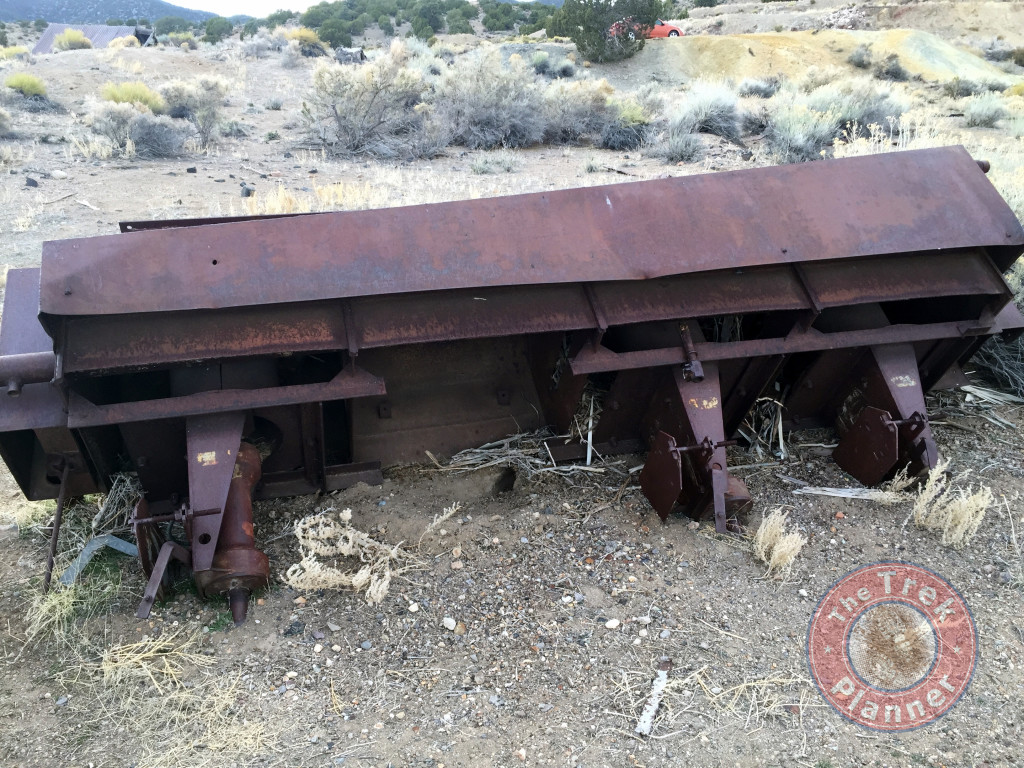
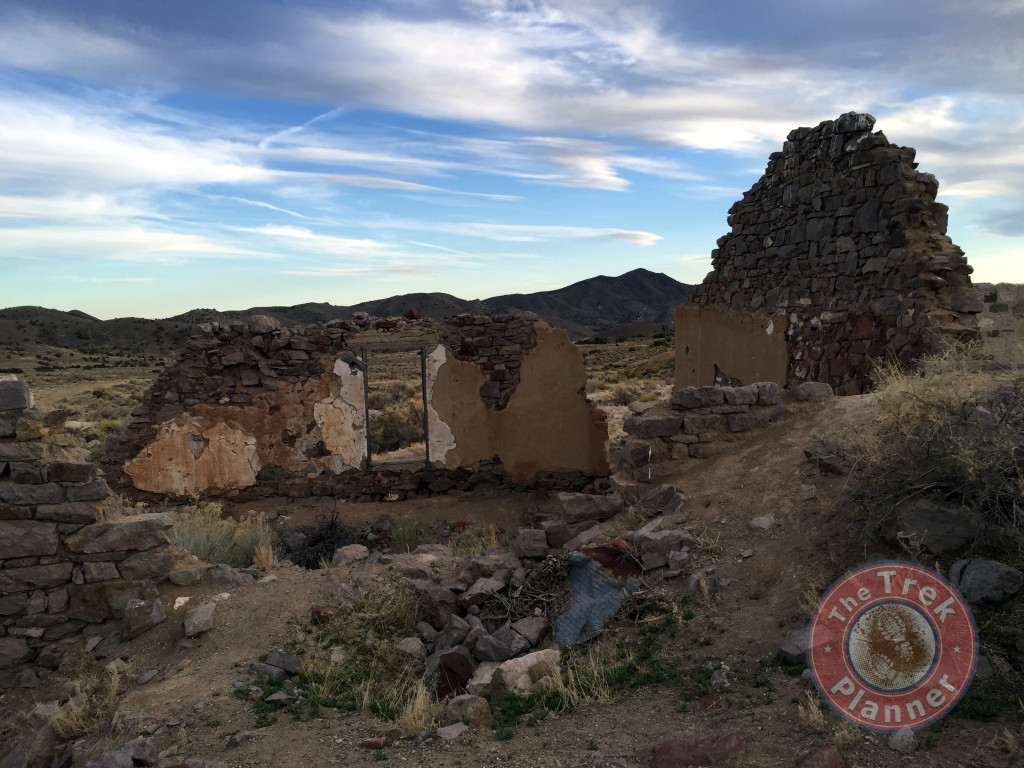
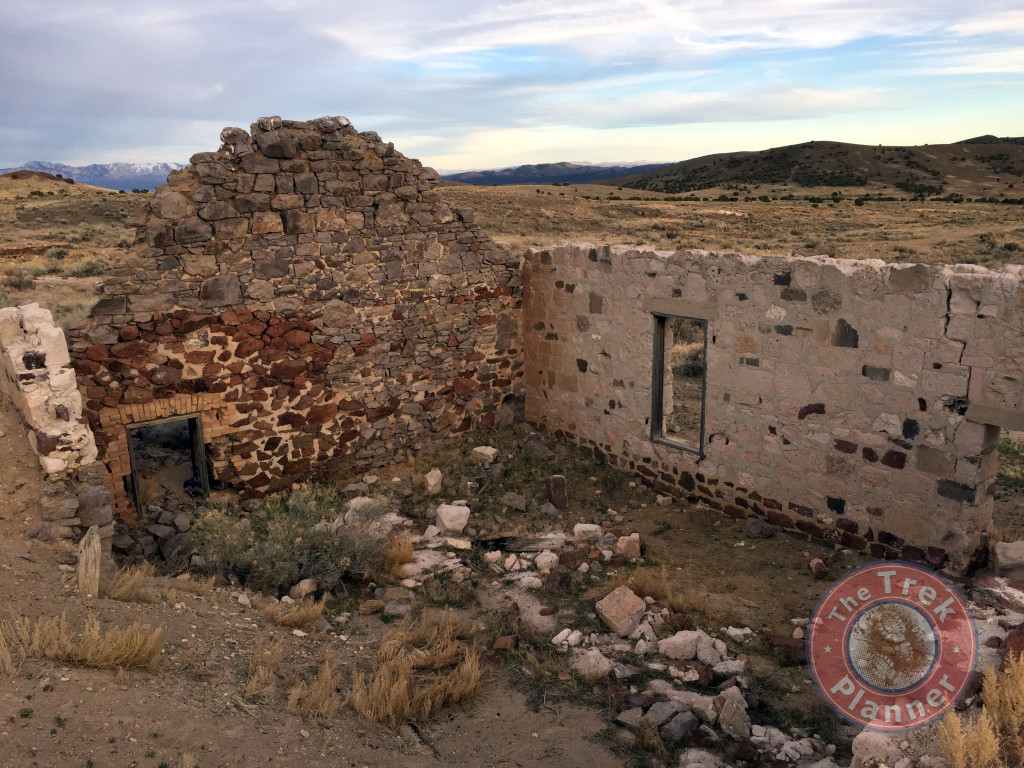
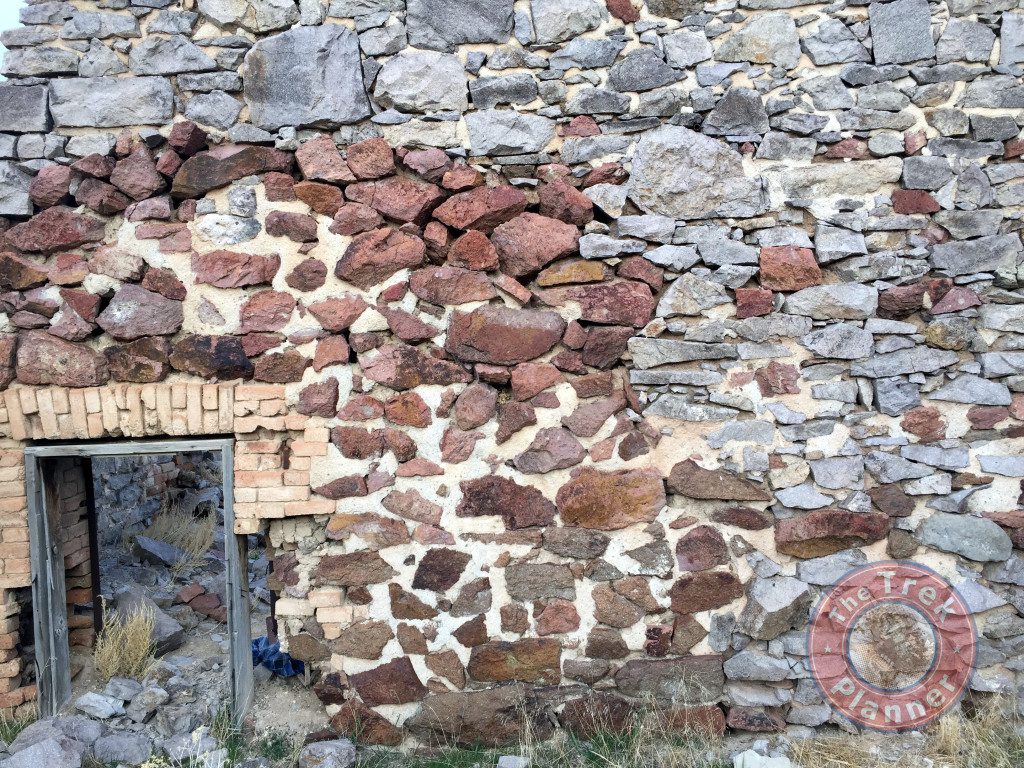
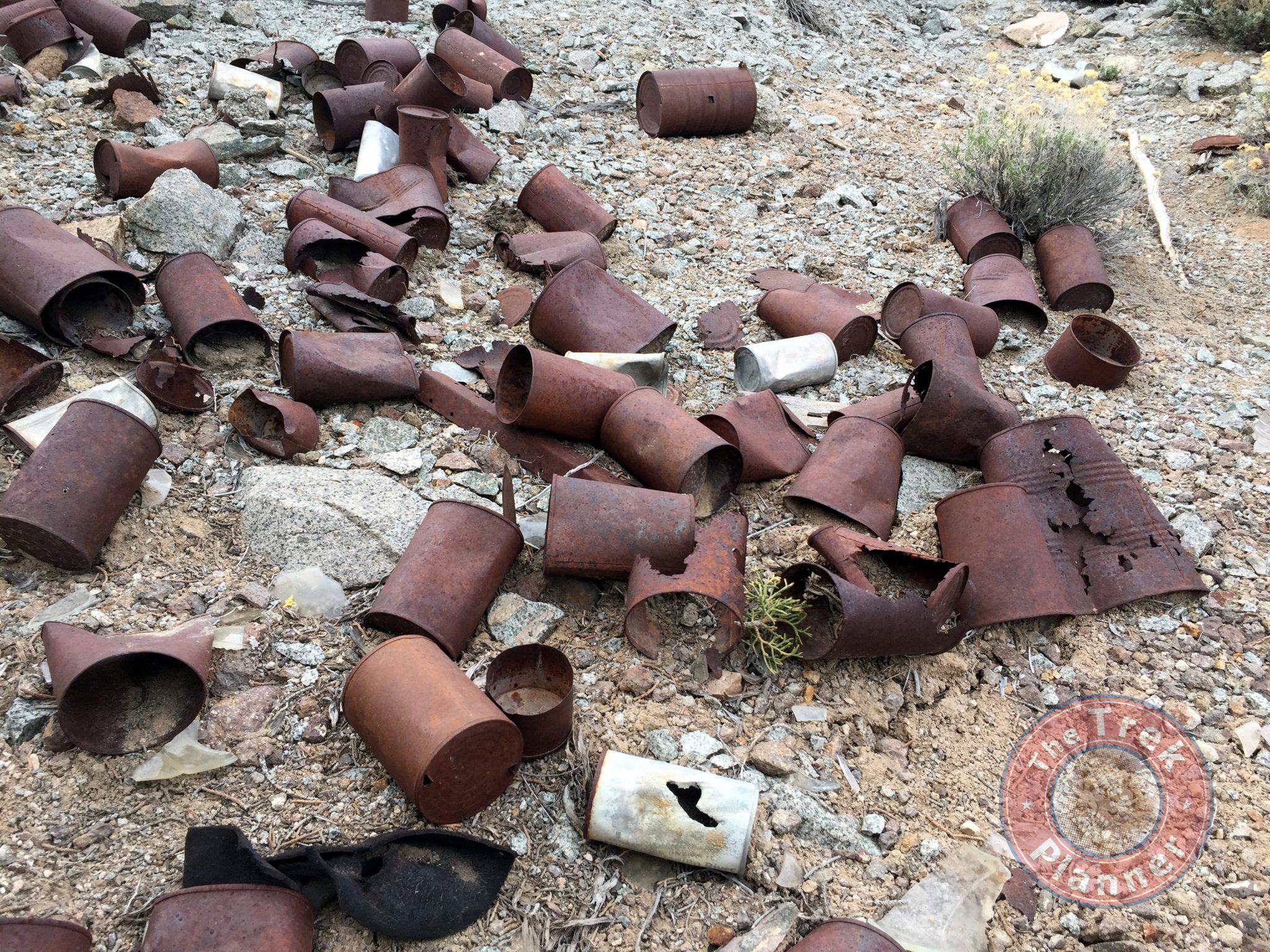
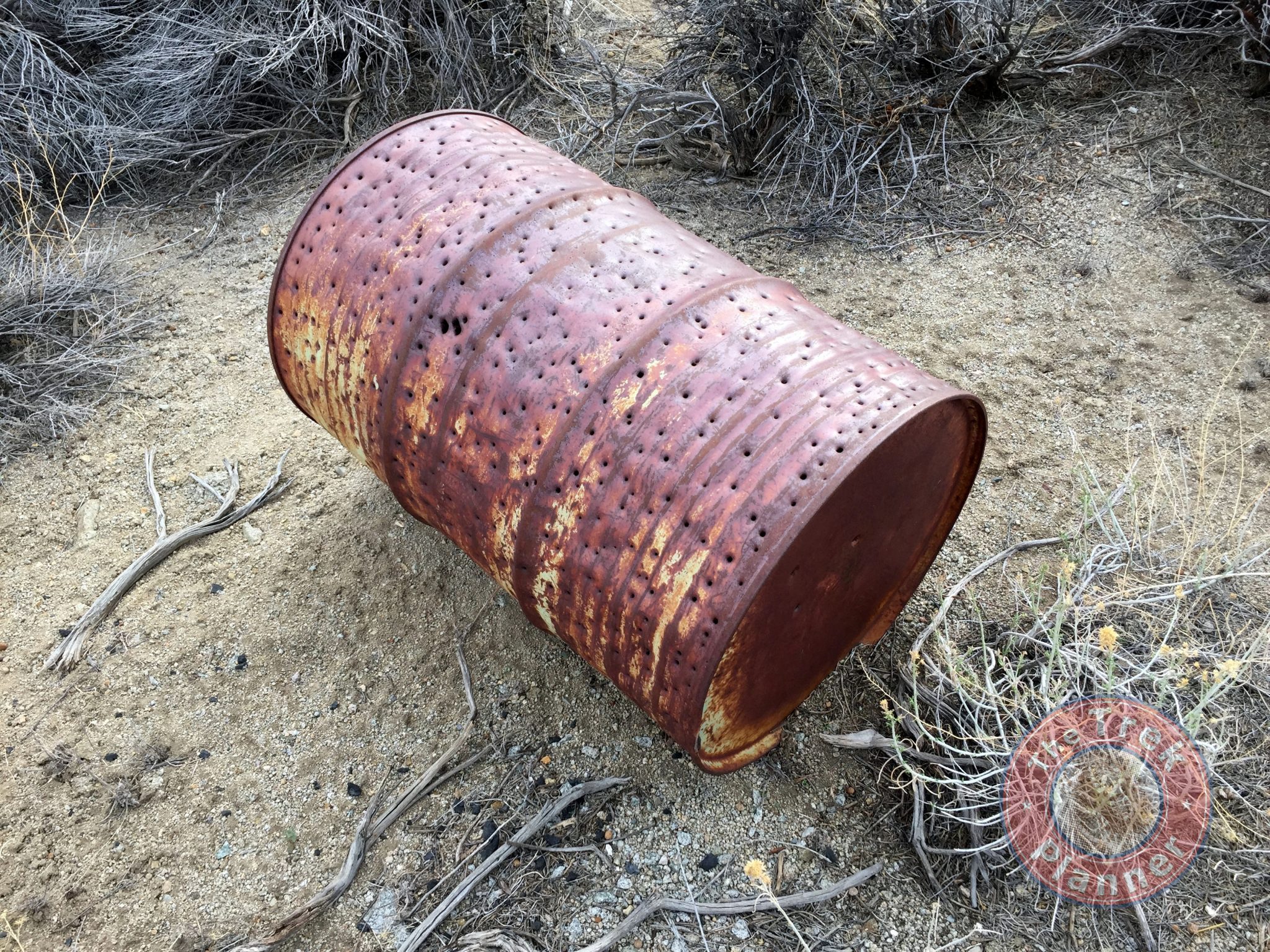
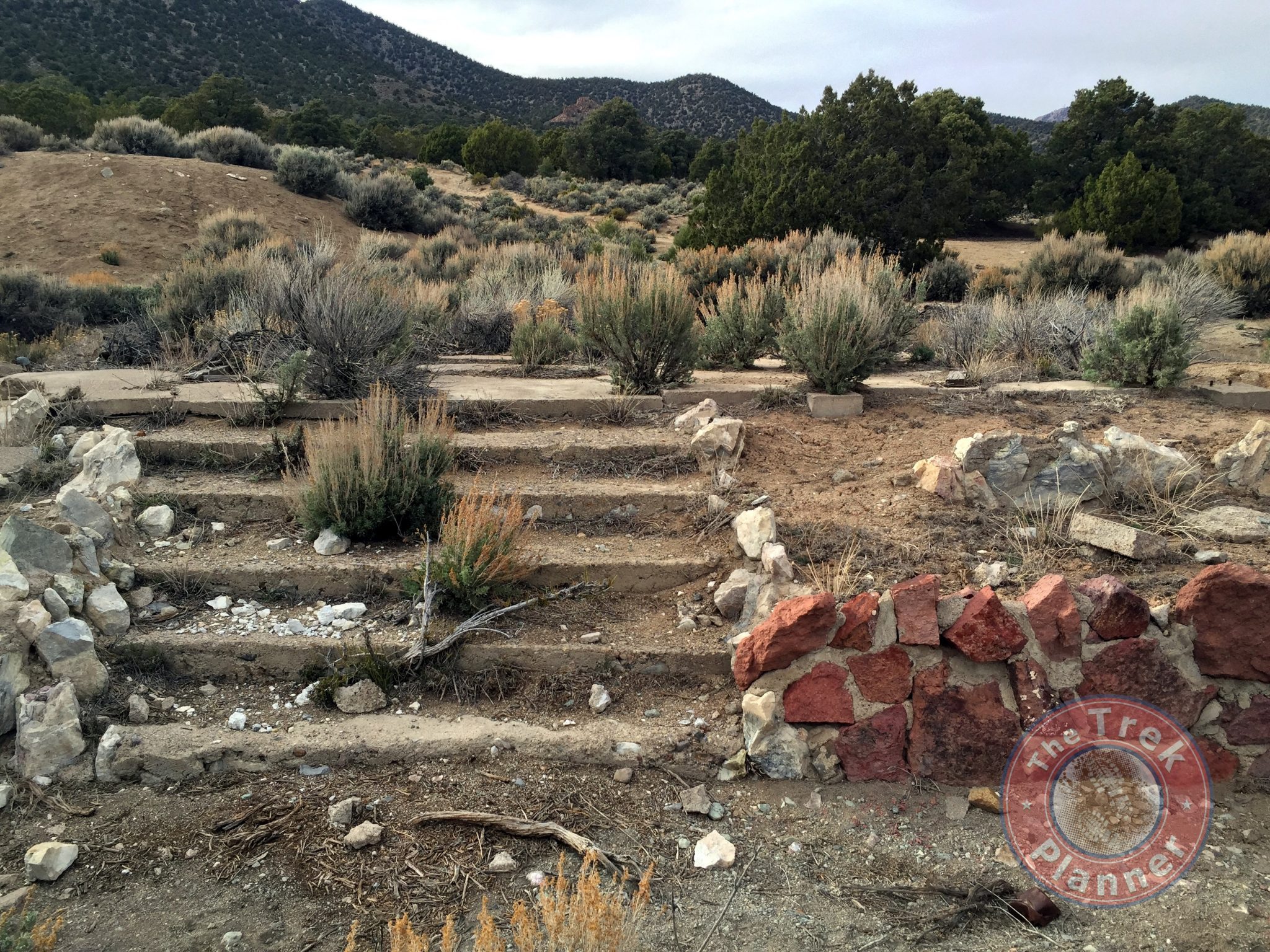
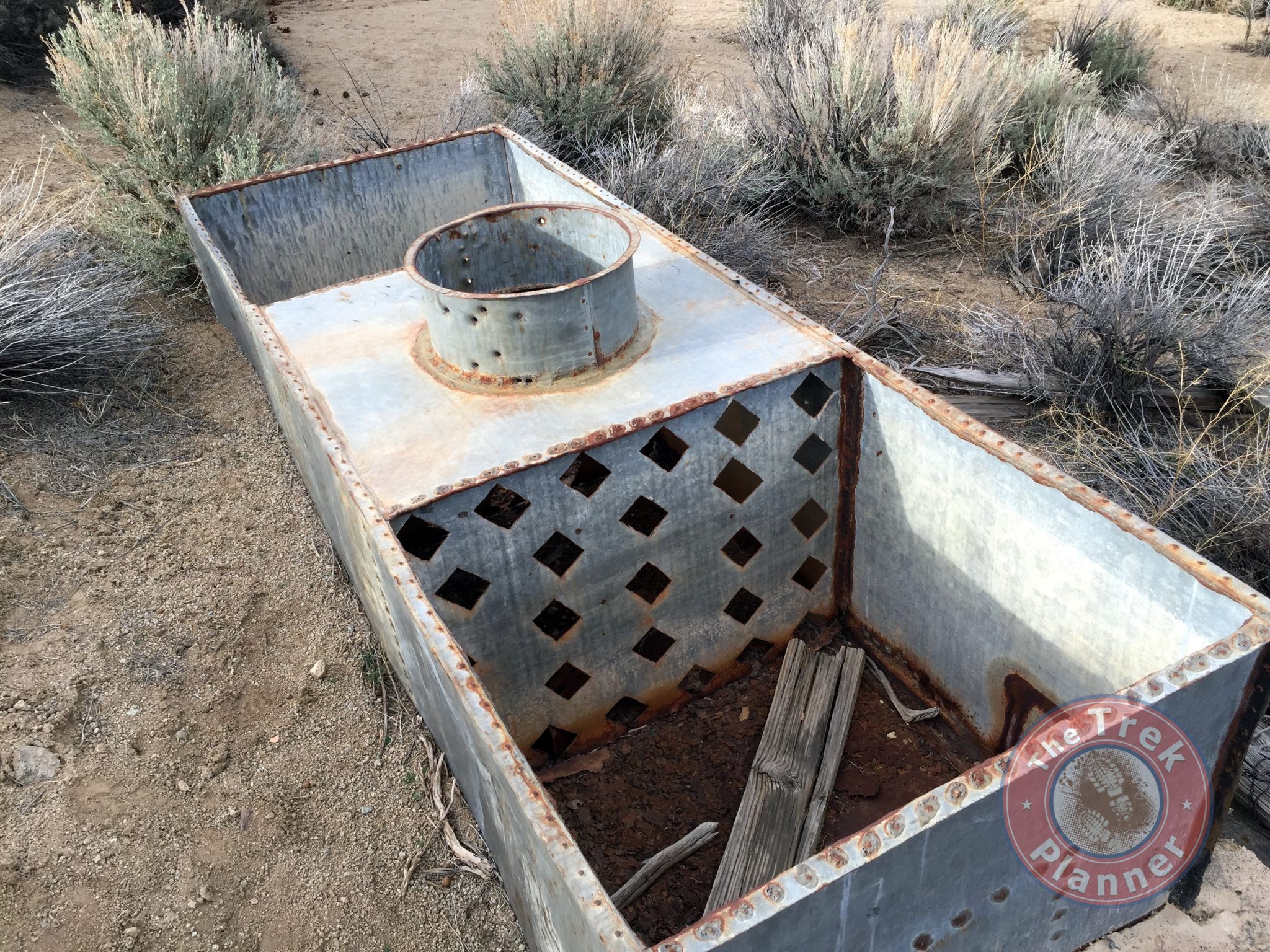
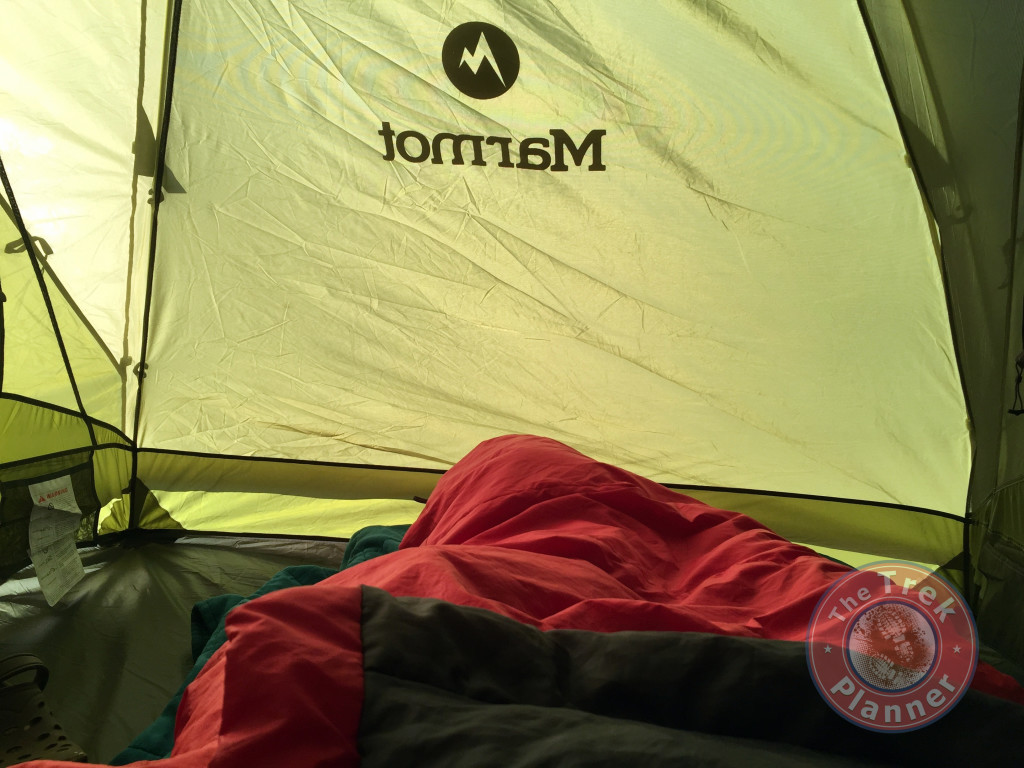
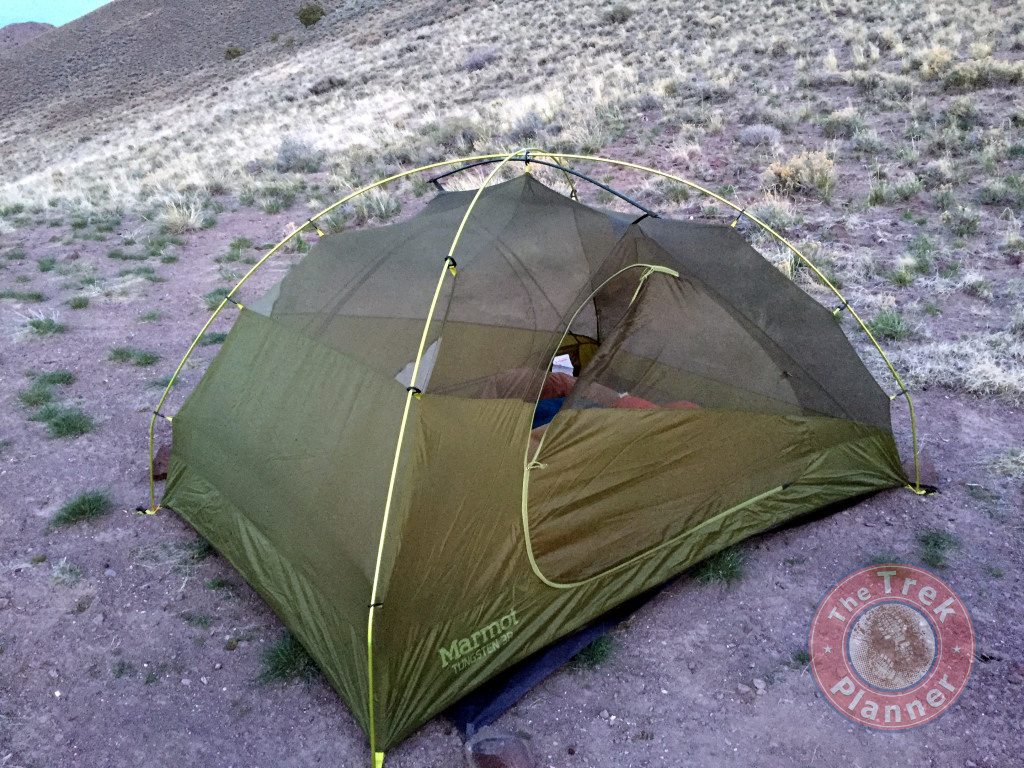
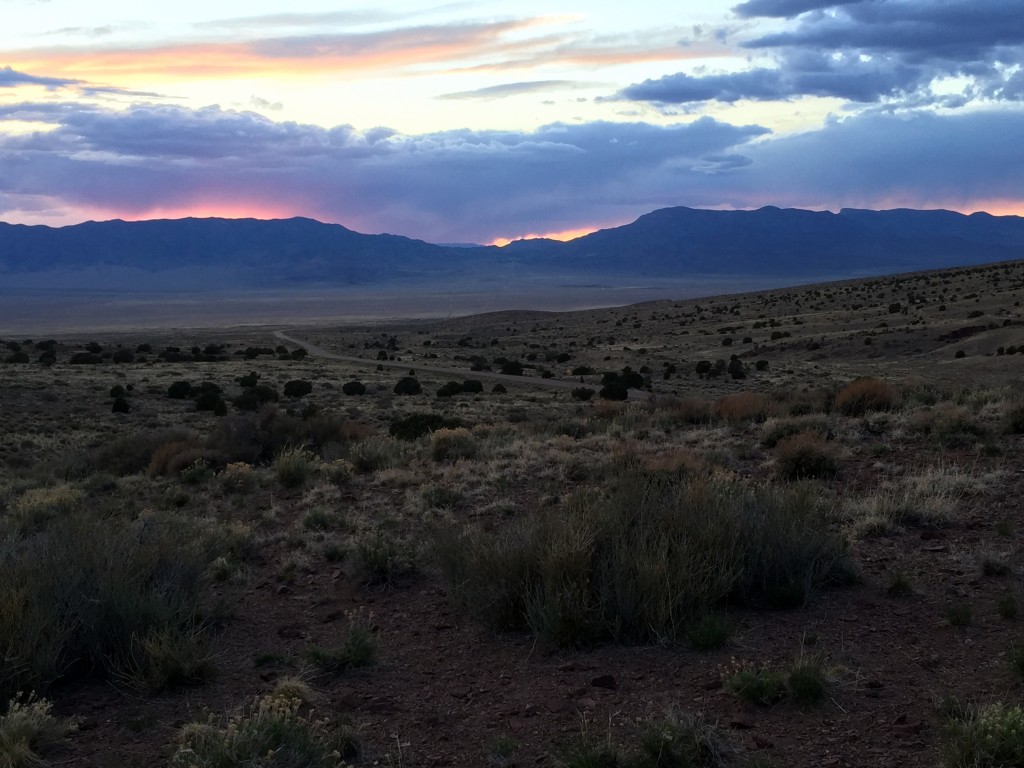
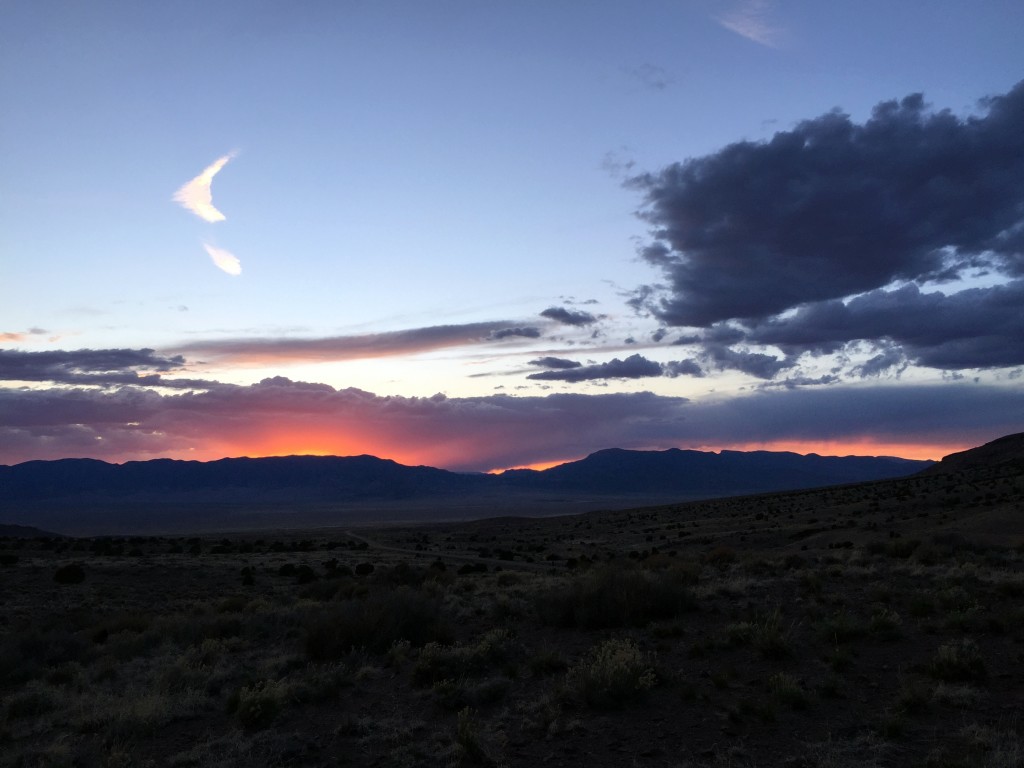
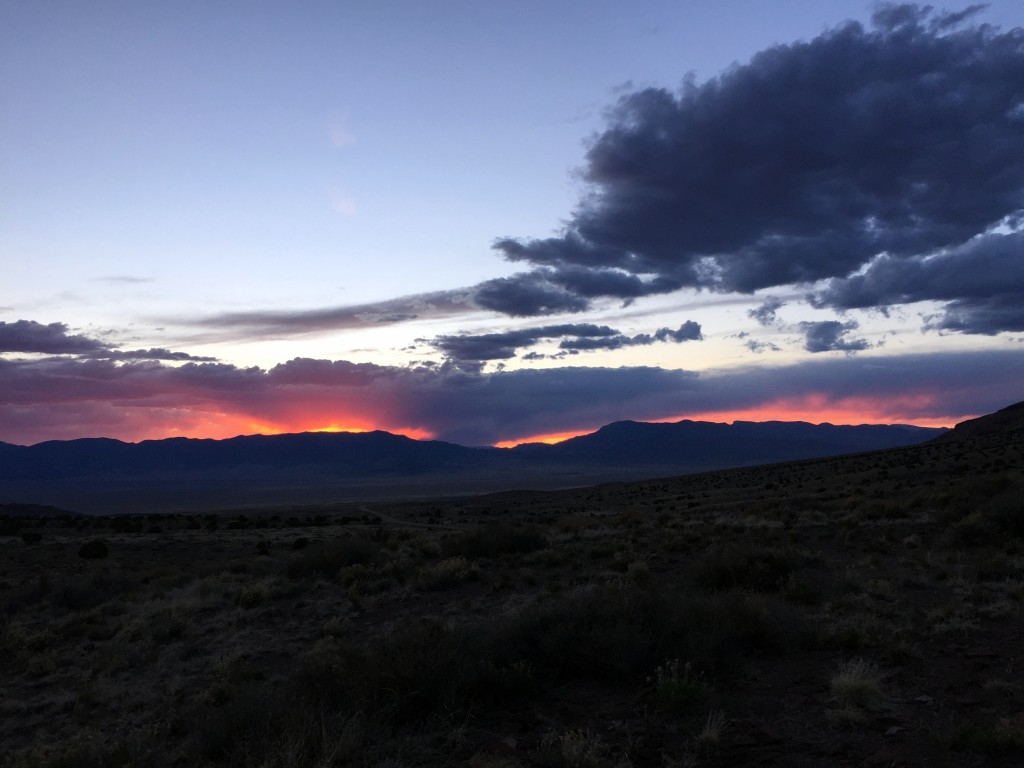
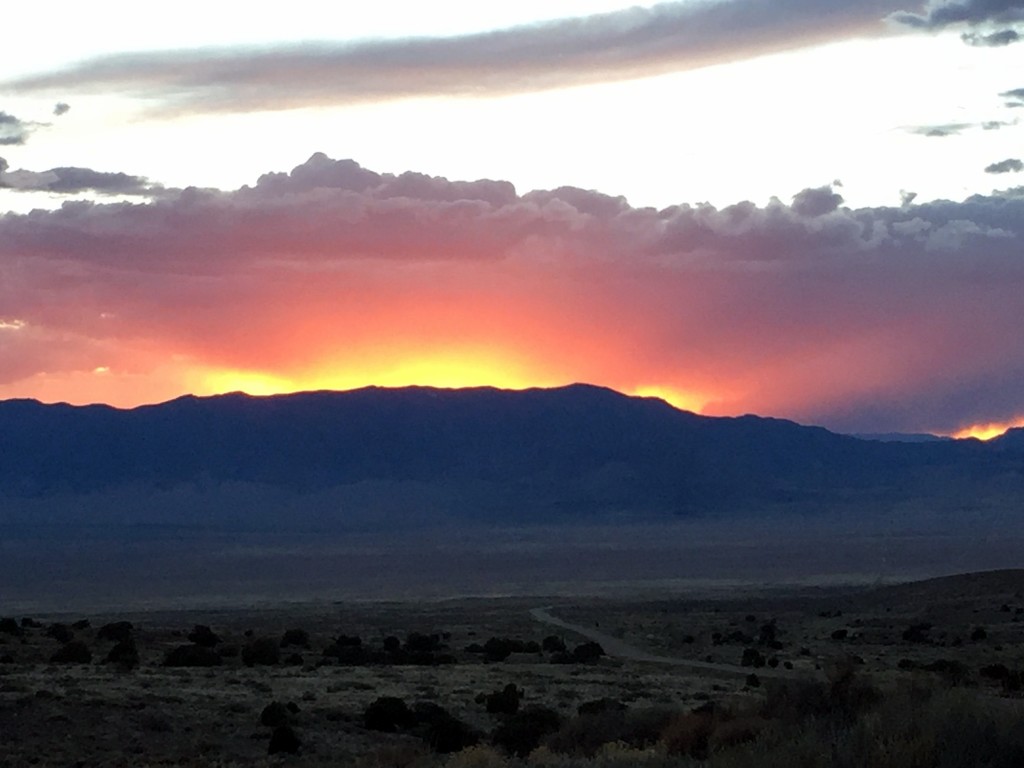
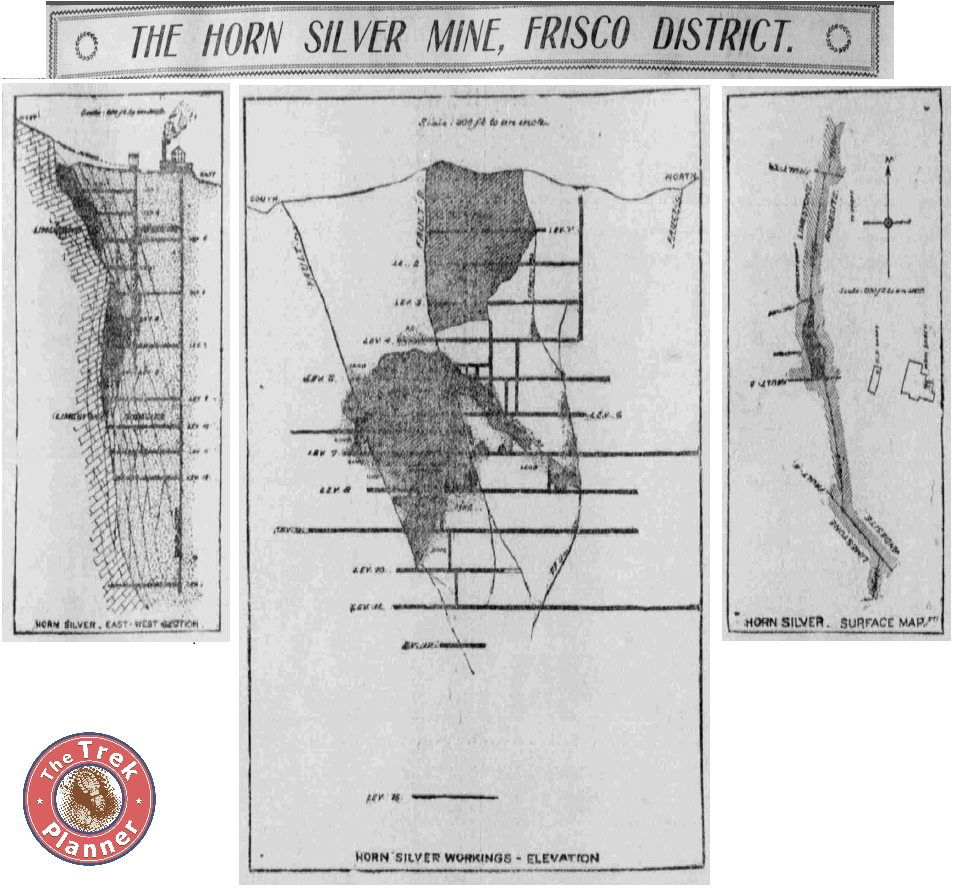
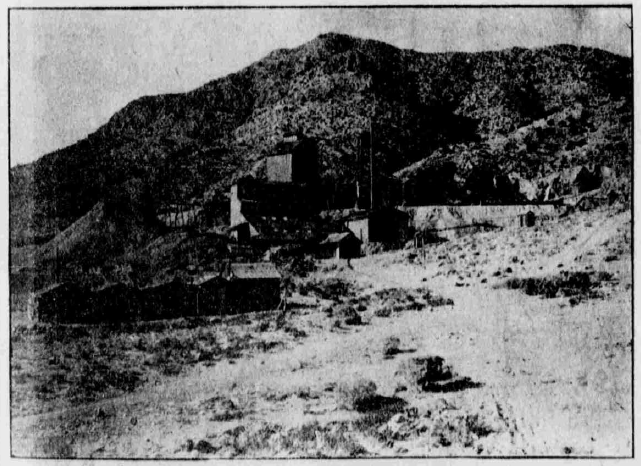
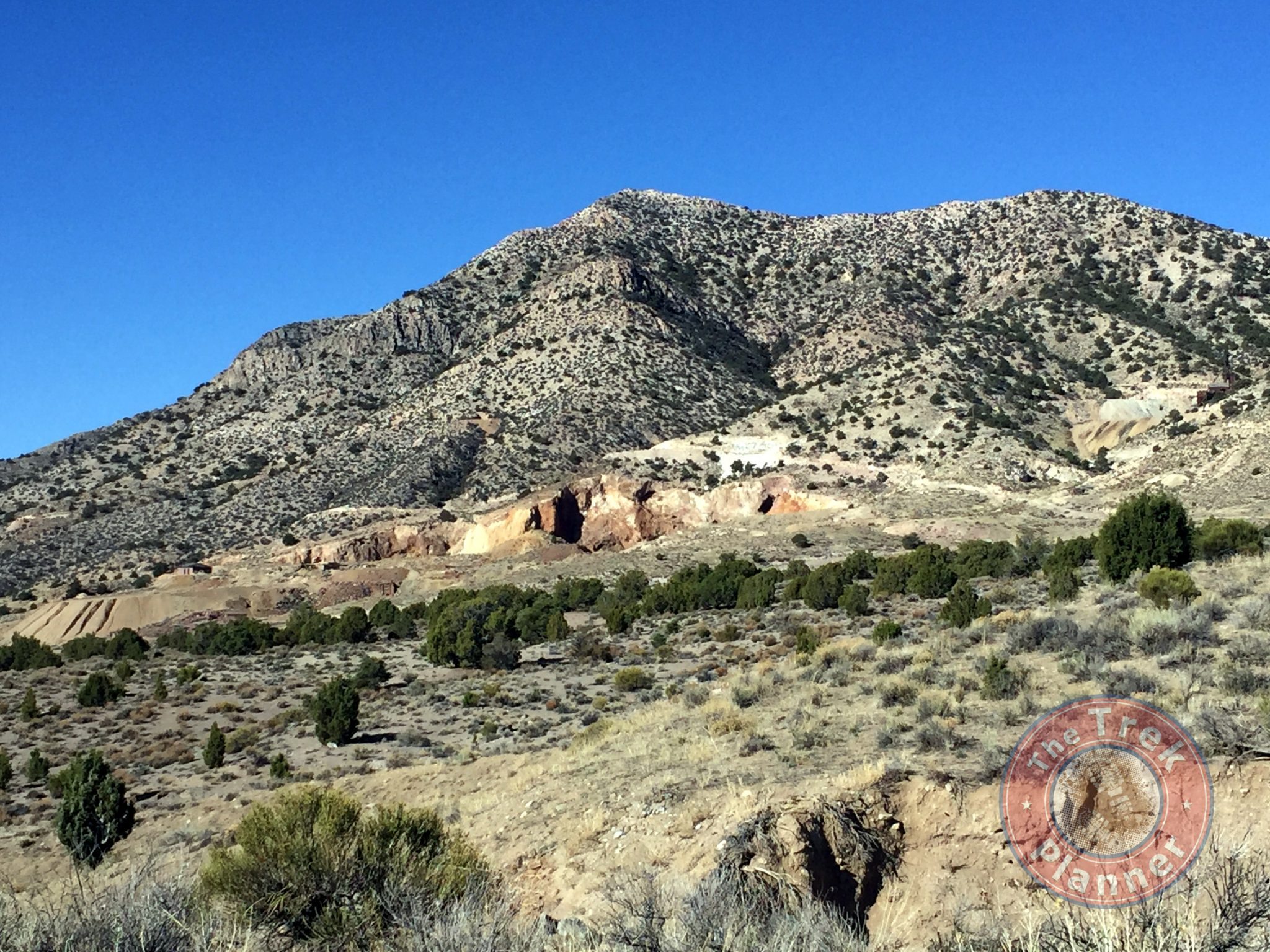
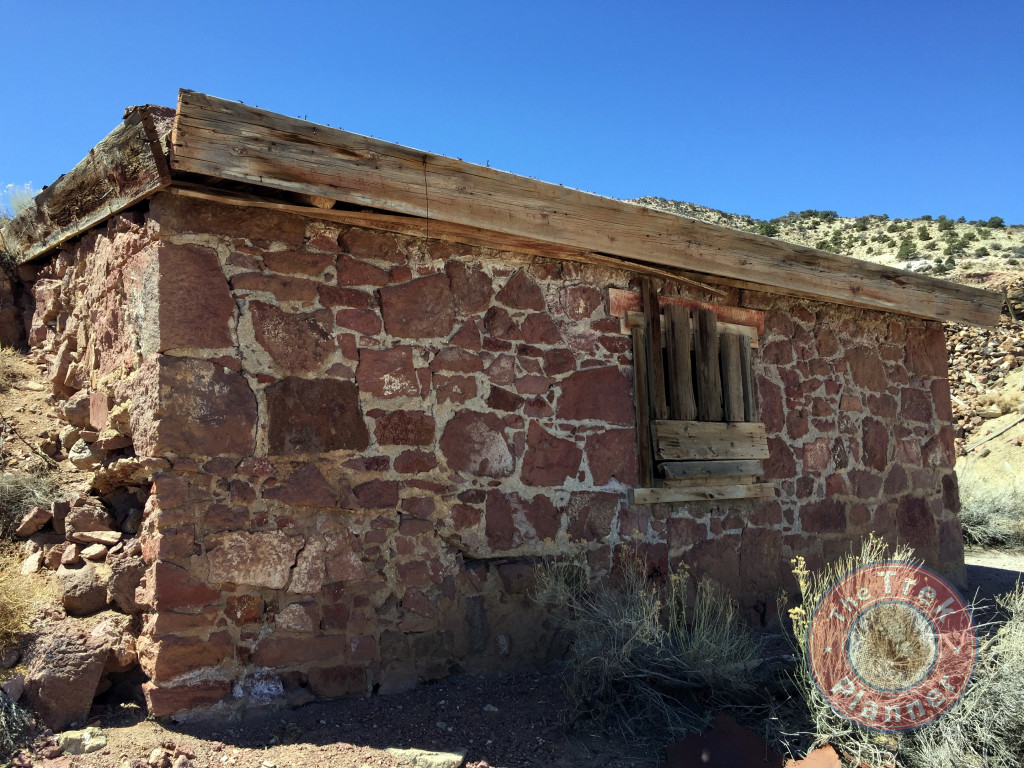
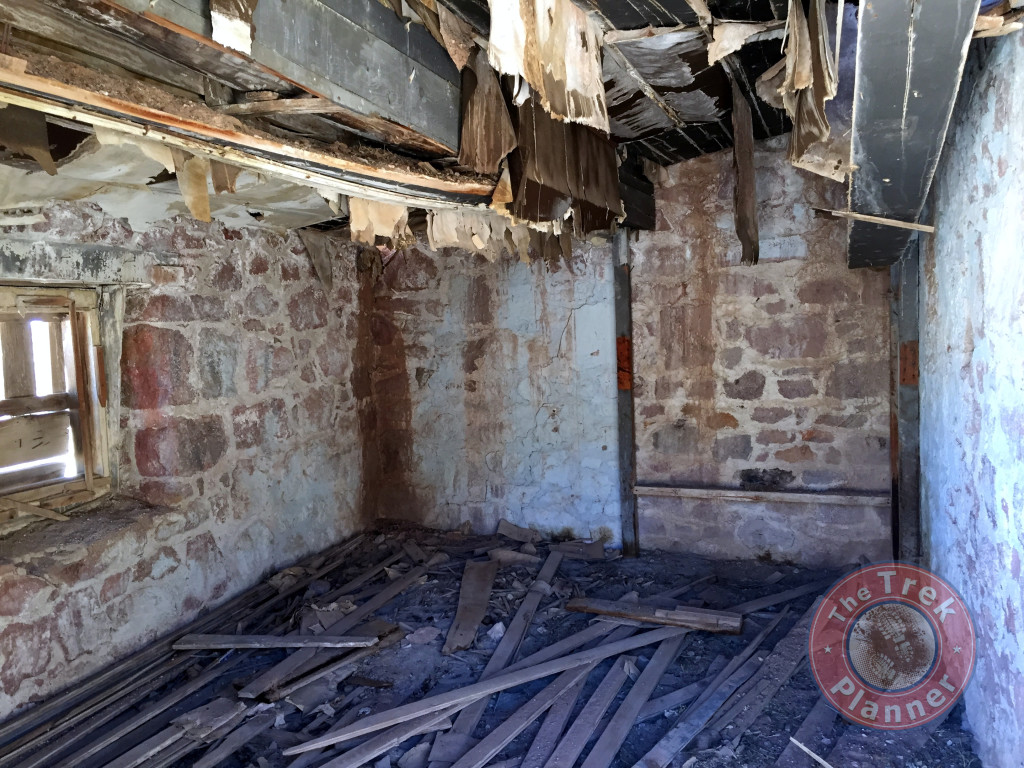
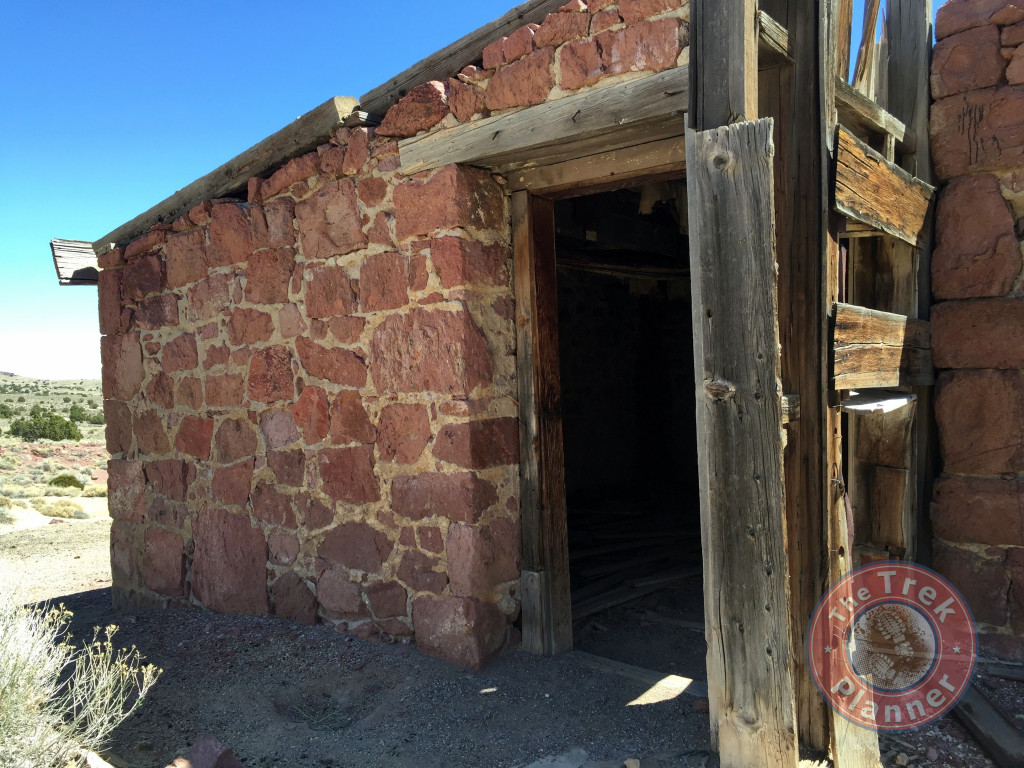
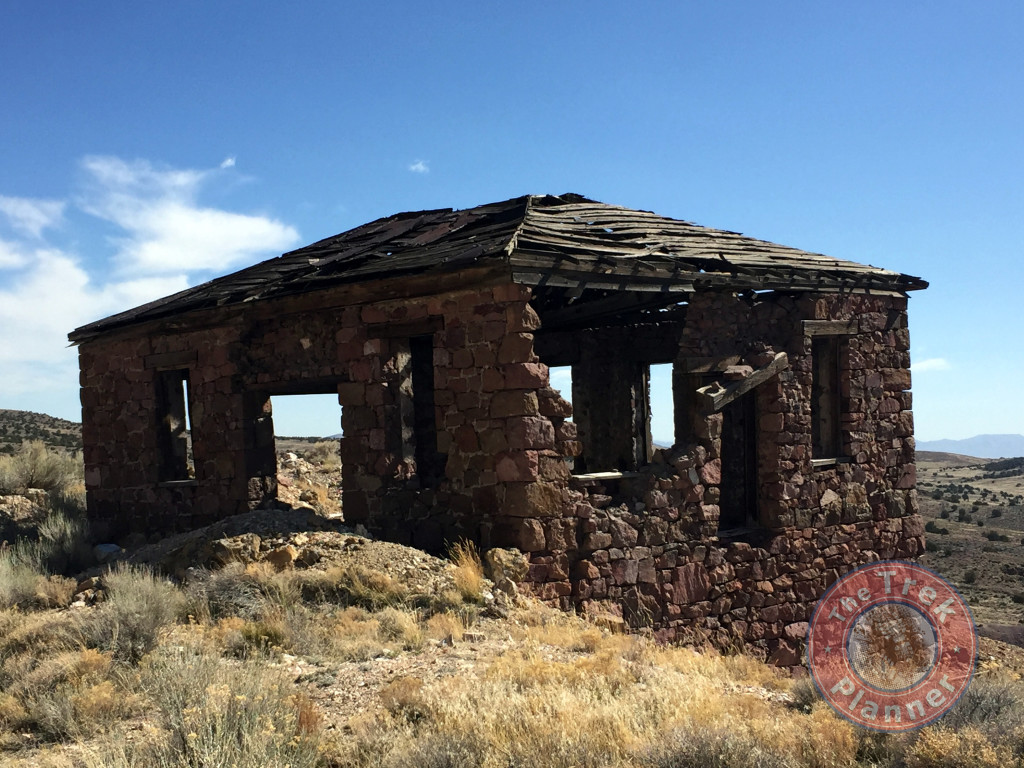
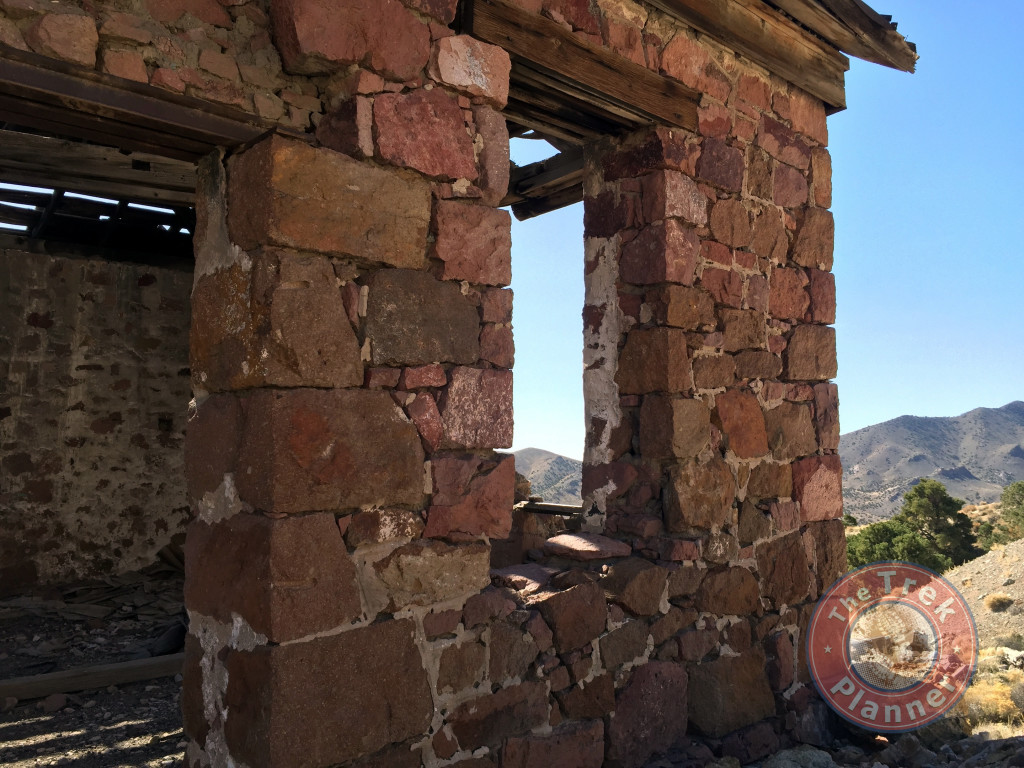
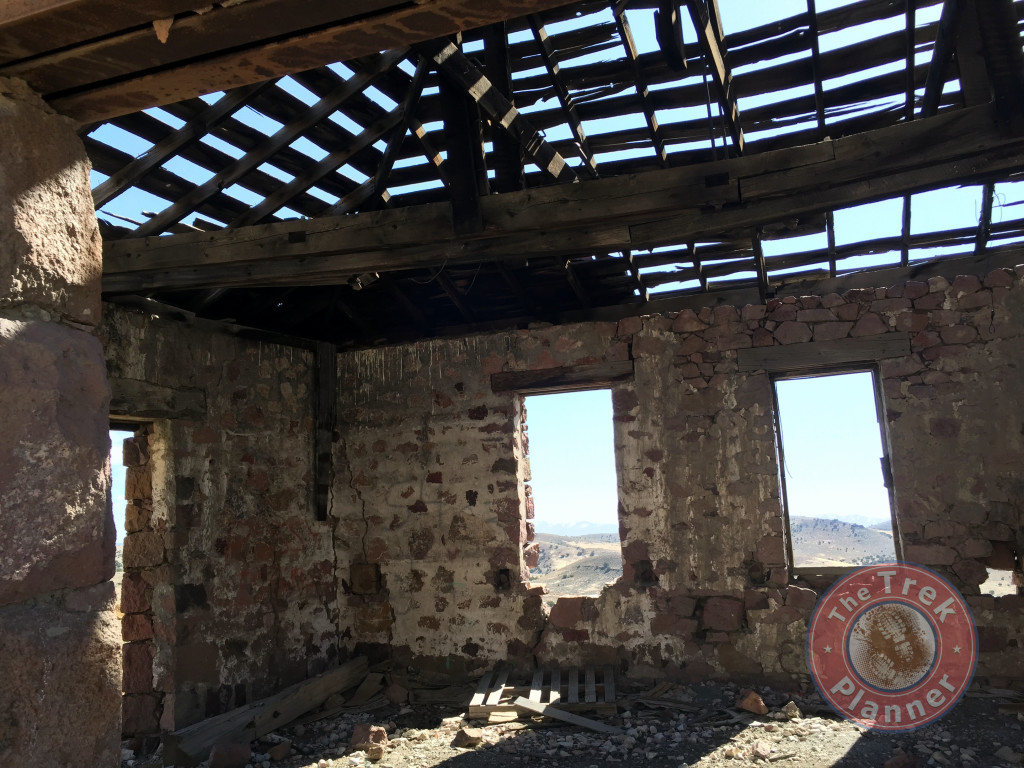
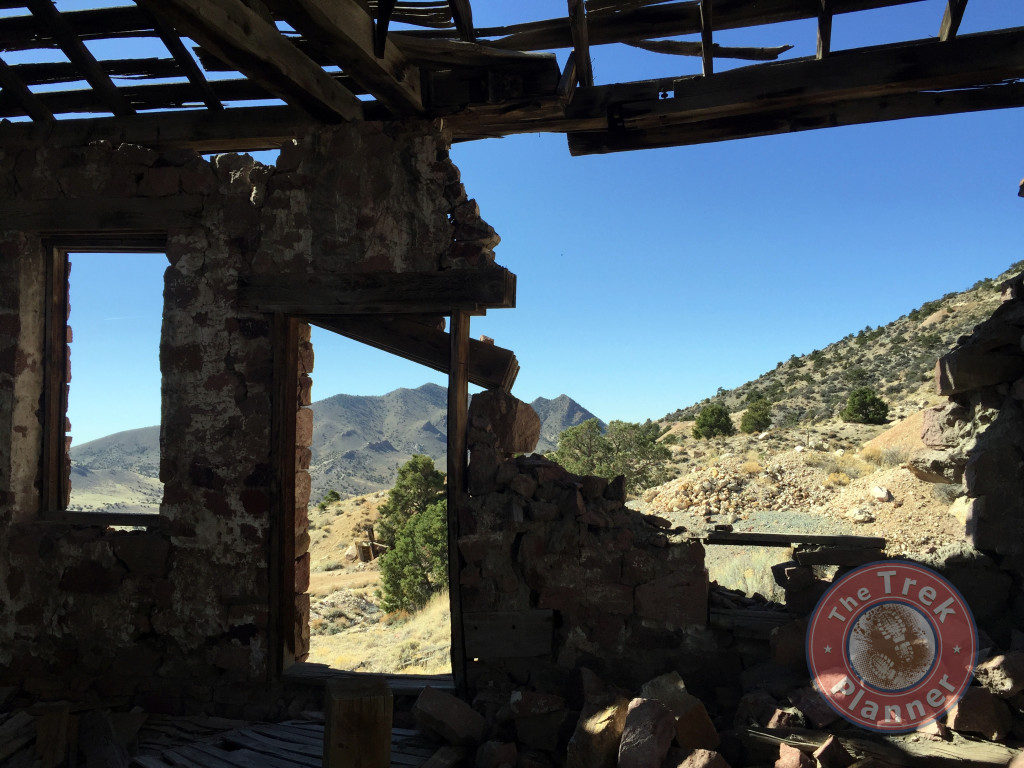
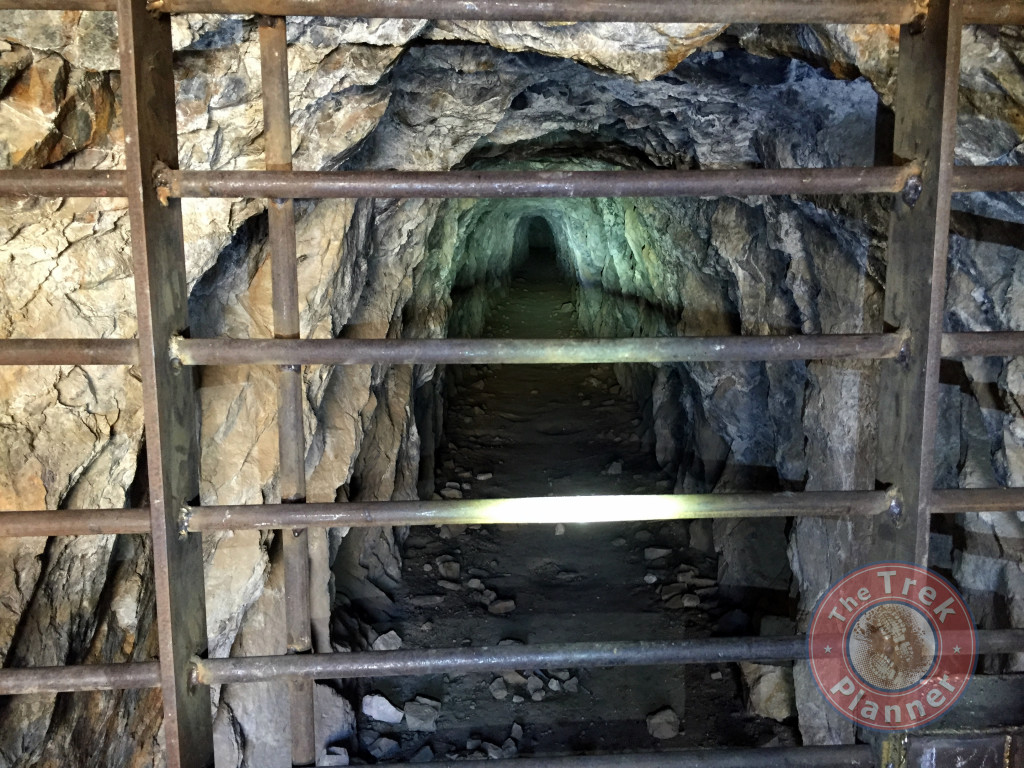
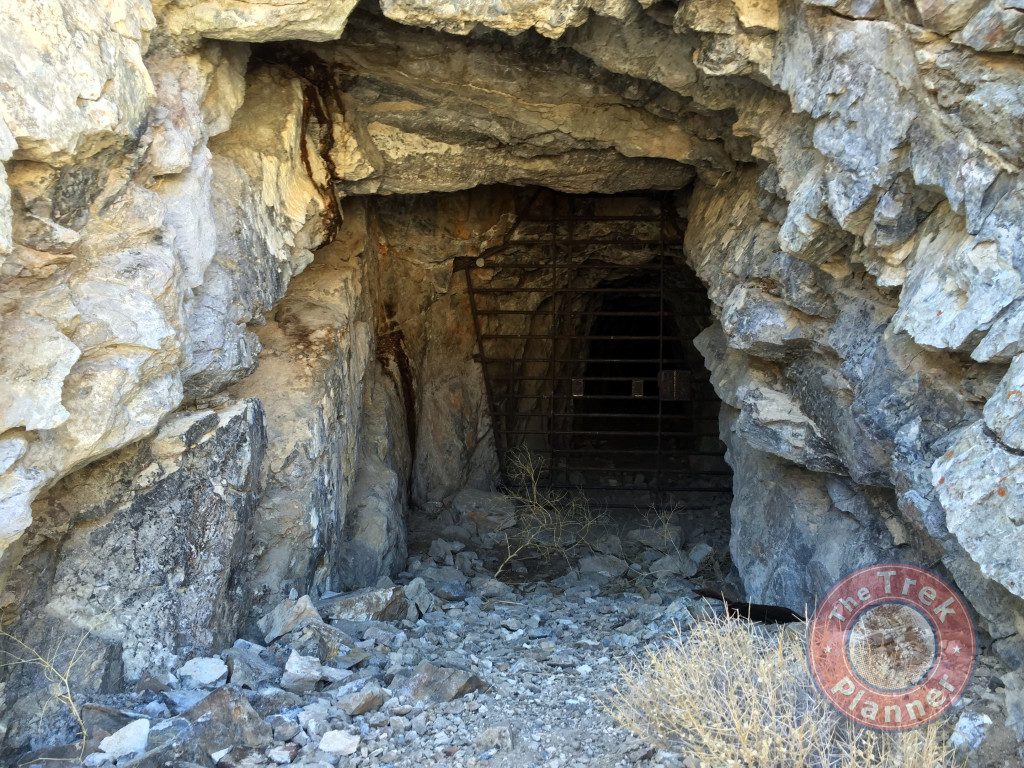
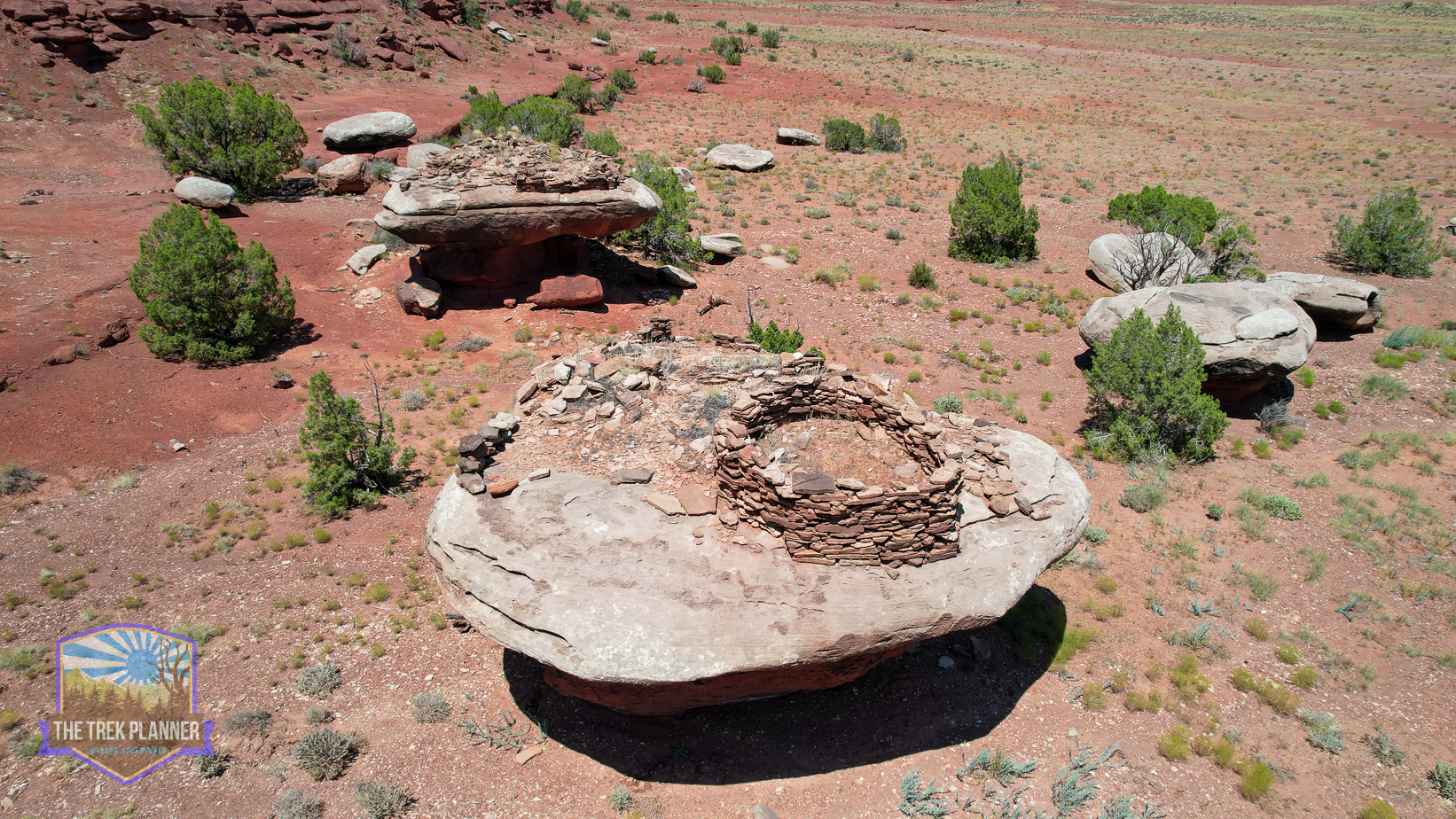
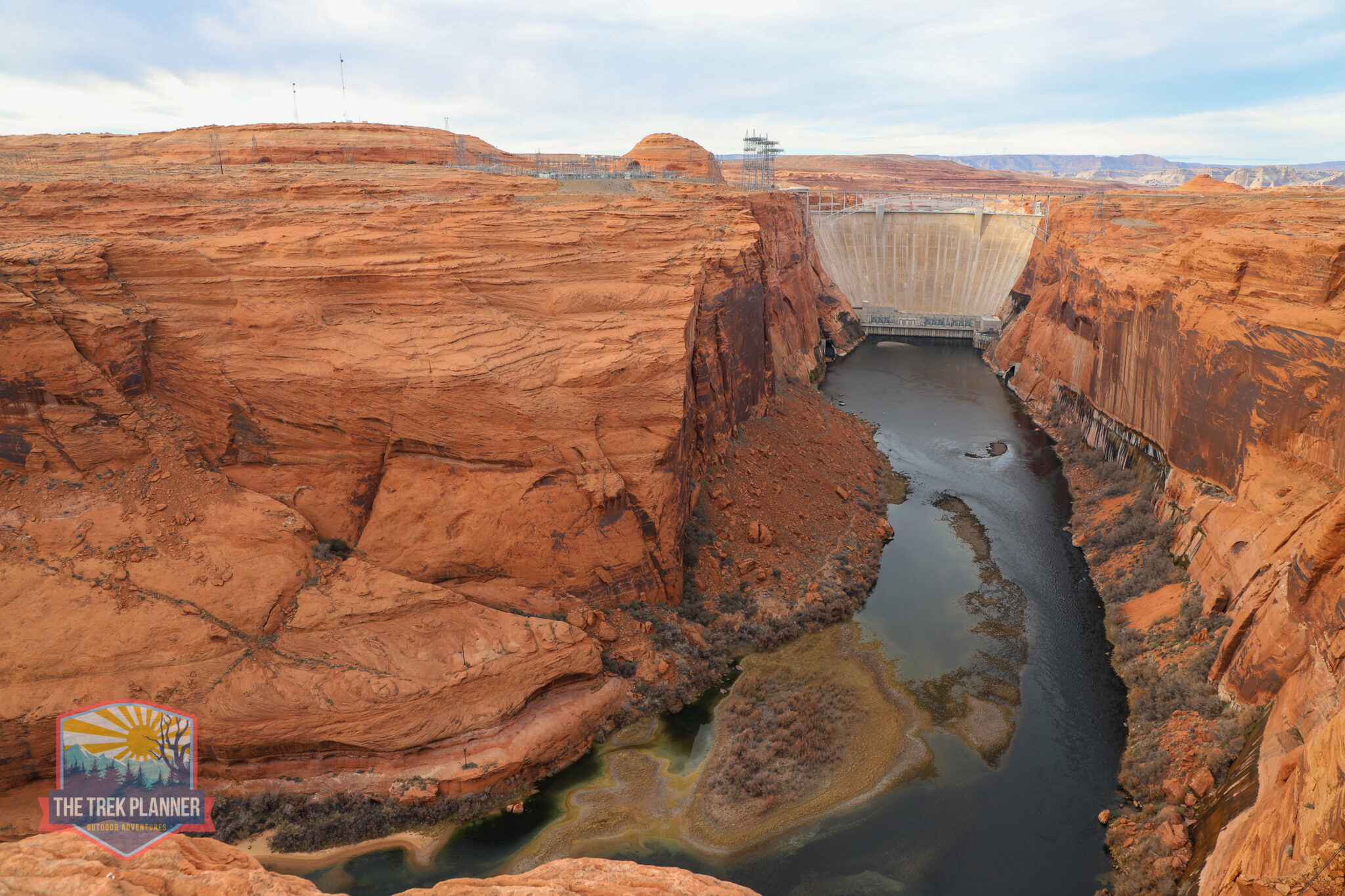

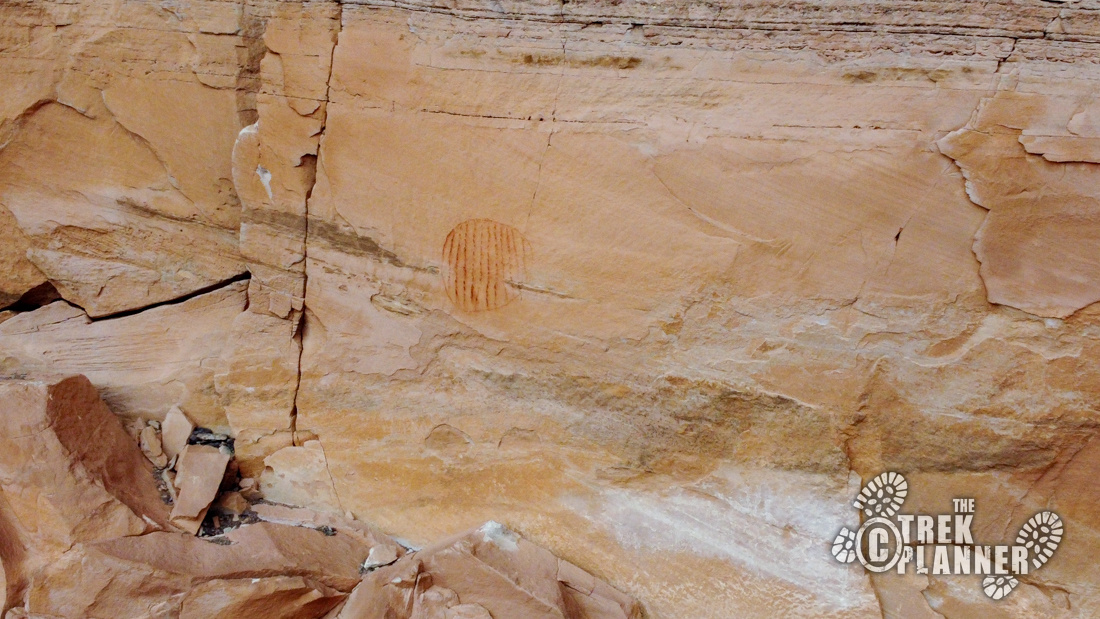
What you have done here on the Horn Silver Mine the best I have seen. It is truly remarkable. As a old retired underground coal miner (Deer Creek Mine Hunington Canyon Utah) I would like to leave here by saying do not ever go in a old coal mine there is just to meany things that will happen.
Thank you for your comment G.G. Young! it would be interesting to check out the operations of the Deer Creek Mine before it closed! But, I agree with you on the coal mine thing. As a rule, we do not go into “soft rock” mines such as coal mines.
2018 Feb. we stoned there and just up from the monument there is a closed gate with no trespassing signs. but we did drive up to the kilns. fence needs to be fixed to keep people from destroying history.
Hi H Carter! Thank you for your comment. I was wondering if signs were ever placed and it sounds like someone did come by and put them in. Thank you for telling us!
A lot of the children deaths was caused by the heavy metal contamination of the water in the area. Adults could tolerate the poisons better than the children.
[…] Nearby, is the far more interesting Horn Silver Mine in Frisco. We at The Trek Planner, compiled some of the most comprehensive history on the mines and town of Frisco. Take a look at that post if you want more interesting reading! […]
[…] the Frisco area which is west of Milford, Utah. Frisco is absolutely amazing and you should check out our Trek if you haven’t […]